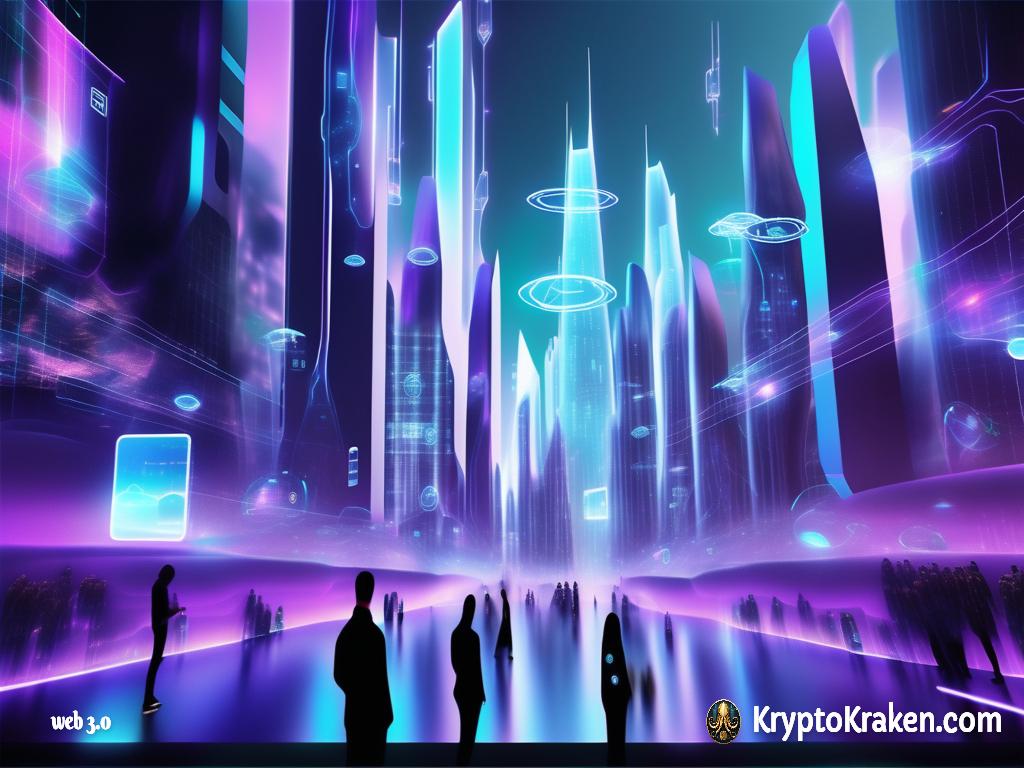
- August 24, 2023
- Dennis Frank
- 3
Table of Contents
10 Things You Need to Know About Web 3.0
Web 3.0 is a term that has been gaining traction in recent years. With advancements in technology, it is important to understand the concept of Web 3.0 and its implications for our digital landscape. In this article, we will explore the key features of Web 3.0, its impact on user experience, the role of blockchain, and the future possibilities it holds. So, let’s dive in and discover the ten things you need to know about Web 3.0.
Understanding the Concept of Web 3.0
Web 3.0, also known as the Semantic Web, is the next generation of the internet. It is an evolution from Web 2.0, which focused on user-generated content and social interaction. Web 3.0 aims to provide a more intelligent, connected, and personalized online experience.
Web 3.0 is not just a simple upgrade from Web 2.0; it represents a fundamental shift in the way we interact with the internet. While Web 2.0 introduced features like social media platforms, video sharing, and collaborative editing, Web 3.0 takes it a step further by incorporating advanced technologies such as artificial intelligence, machine learning, and the Internet of Things (IoT).
One of the key aspects of Web 3.0 is the concept of the Semantic Web. This refers to the ability of computers to understand and interpret the meaning of information on the internet. In Web 3.0, data is not just presented in a static manner; it is structured in a way that allows machines to process and make sense of it. This enables more intelligent and personalized interactions with online content.
The Evolution from Web 2.0 to Web 3.0
The transition from Web 2.0 to Web 3.0 represents a shift in the way we interact with the internet. Instead of static websites and isolated platforms, Web 3.0 promotes dynamic and interconnected systems. It emphasizes the integration of data, artificial intelligence, and ubiquitous connectivity.
In the Web 2.0 era, the internet was primarily a platform for sharing and consuming content. Users could create and publish their own content, but the interaction was limited to comments and likes. With Web 3.0, the focus is on creating an immersive and interactive experience for users.
One of the key advancements in Web 3.0 is the use of artificial intelligence and machine learning algorithms. These technologies enable websites and applications to learn from user behavior, personalize content, and provide intelligent recommendations. For example, a Web 3.0 e-commerce platform can analyze a user’s browsing history, preferences, and purchase patterns to offer personalized product recommendations.
Another important aspect of Web 3.0 is the integration of data from various sources. In Web 2.0, data was often siloed within individual platforms, making it difficult to access and utilize. Web 3.0 aims to break down these barriers and create a more interconnected web of data. This allows for seamless integration and sharing of information between different websites and applications.
Furthermore, Web 3.0 emphasizes ubiquitous connectivity, meaning that users can access the internet from anywhere and on any device. This is made possible by advancements in wireless technology and the proliferation of smart devices. With Web 3.0, users can seamlessly transition between different devices and continue their online activities without interruption.
In conclusion, Web 3.0 represents a significant evolution in the way we interact with the internet. It brings together advanced technologies such as artificial intelligence, machine learning, and the Internet of Things to create a more intelligent, connected, and personalized online experience. With Web 3.0, the internet becomes a dynamic and interconnected ecosystem, offering users a more immersive and interactive digital world.
The Key Features of Web 3.0
Semantic Web and Data Connectivity
One of the core elements of Web 3.0 is the idea of the Semantic Web. This means that data on the internet is not only readable by humans but also by machines. It enables computers to understand and interpret information, leading to more meaningful search results and advanced applications.
Artificial Intelligence and Machine Learning in Web 3.0
In Web 3.0, artificial intelligence (AI) and machine learning (ML) play a crucial role. AI algorithms can analyze vast amounts of data, extract patterns, and provide personalized recommendations. This technology empowers businesses to deliver more relevant content and enhance user experiences.
Ubiquitous Connectivity
Web 3.0 seeks to provide seamless connectivity across various devices and platforms. With the emergence of the Internet of Things (IoT), our everyday objects are becoming connected. This connectivity enables real-time data exchange, creating a more integrated and efficient digital ecosystem.
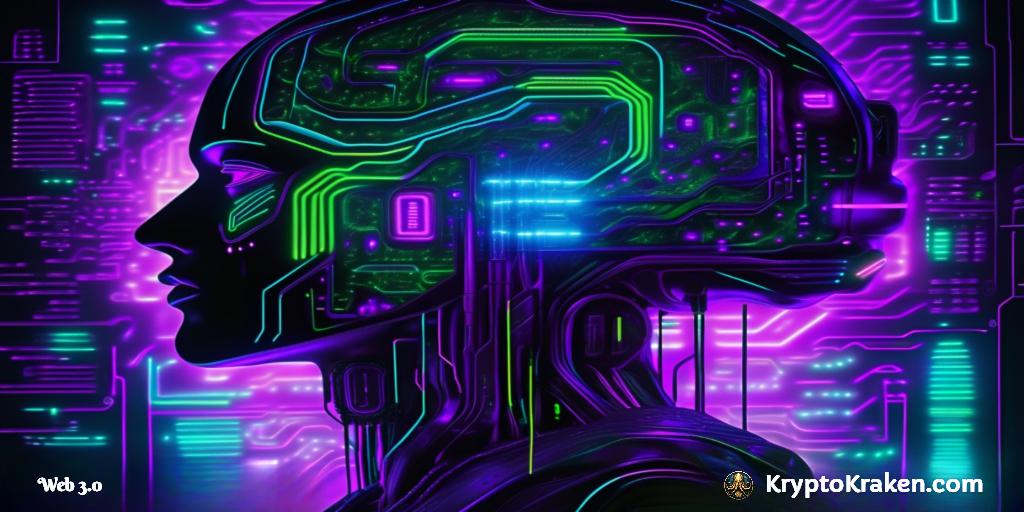
The Impact of Web 3.0 on User Experience
Personalized User Experience
Web 3.0 aims to tailor the online experience based on individuals’ preferences and behavior. By leveraging user data, websites and applications can deliver customized content, recommendations, and services. This personalization enhances user satisfaction and engagement.
Enhanced Security and Privacy
Privacy and data security are top concerns in today’s digital landscape. Web 3.0 incorporates decentralized technologies and cryptography to address these issues. With increased transparency and control over personal data, users can gain trust and confidence in their online interactions.
The Role of Virtual and Augmented Reality
Virtual reality (VR) and augmented reality (AR) have the potential to revolutionize user experiences in Web 3.0. VR immerses users in virtual environments, while AR enhances real-world experiences with digital overlays. These technologies open up new possibilities for entertainment, education, and business applications.
The Role of Blockchain in Web 3.0
Decentralization and Web 3.0
Blockchain technology is a fundamental component of Web 3.0. It enables decentralized systems, where information is not controlled by a central authority but distributed across a network of computers. This decentralized approach enhances security, data integrity, and eliminates single points of failure.
Smart Contracts and DApps
Smart contracts, powered by blockchain technology, facilitate automated and trustless transactions. They enable the execution of agreements without the need for intermediaries, reducing costs and increasing efficiency. Decentralized applications (DApps) leverage smart contracts for various use cases, including finance, gaming, and supply chain management.
The Future of Web 3.0
Predictions and Possibilities
Looking ahead, Web 3.0 holds immense potential for innovation and growth. The integration of AI, IoT, blockchain, and other emerging technologies will revolutionize industries such as healthcare, finance, and transportation. We can expect more intelligent, connected, and immersive online experiences.
Challenges and Concerns
While Web 3.0 brings forth exciting possibilities, it also presents challenges. Privacy concerns, data sovereignty, and the need for robust cybersecurity measures become even more critical. As with any technological advancement, the responsible and ethical development of Web 3.0 should be a priority.
Conclusion
Web 3.0 represents a significant shift in the online landscape, embracing the power of data, connectivity, and decentralization. Its impact on user experience, the role of blockchain, and the future possibilities are vast. By understanding the key features and implications of Web 3.0, we can adapt and harness its potential for a smarter and more connected digital future.



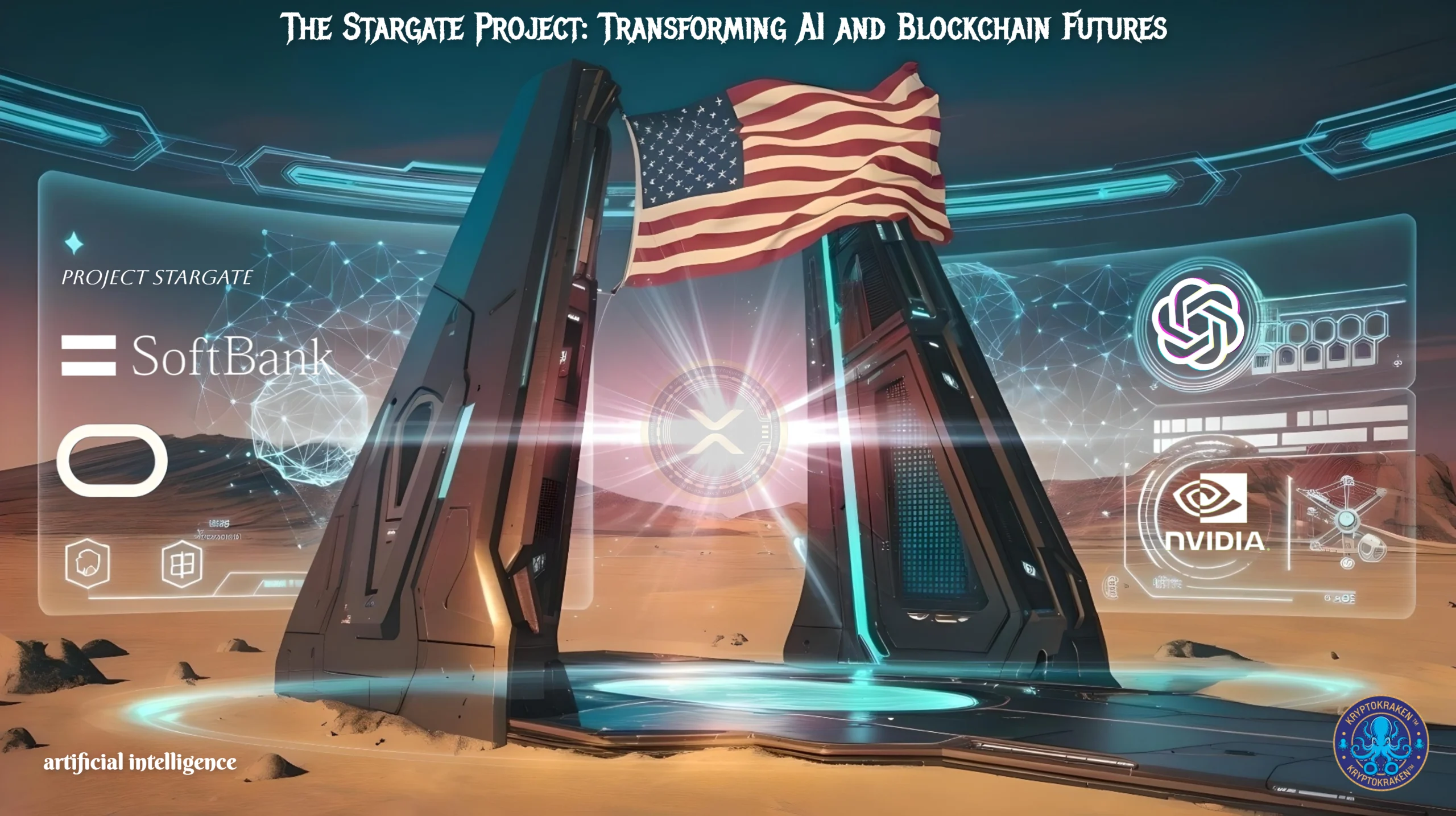
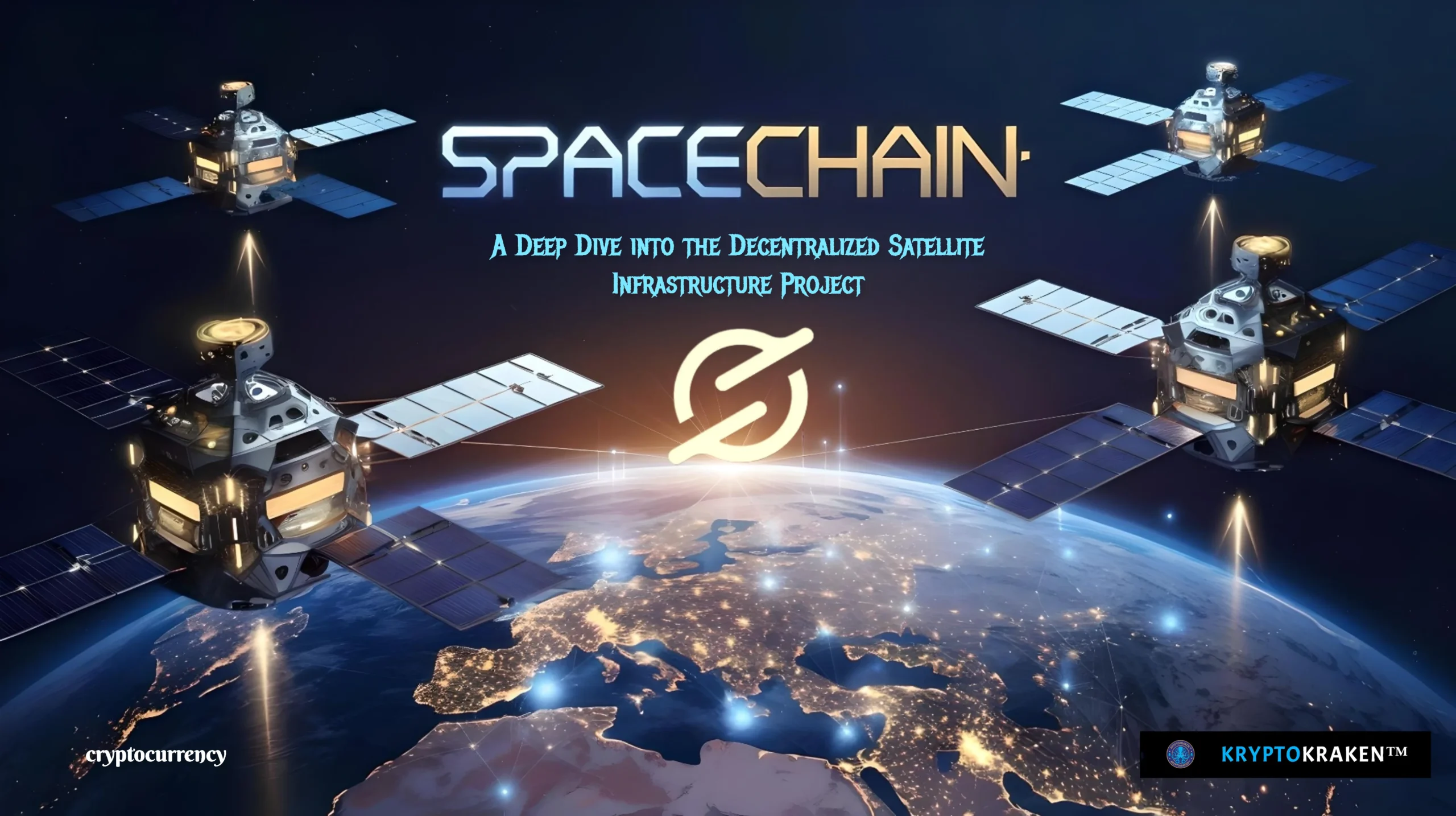
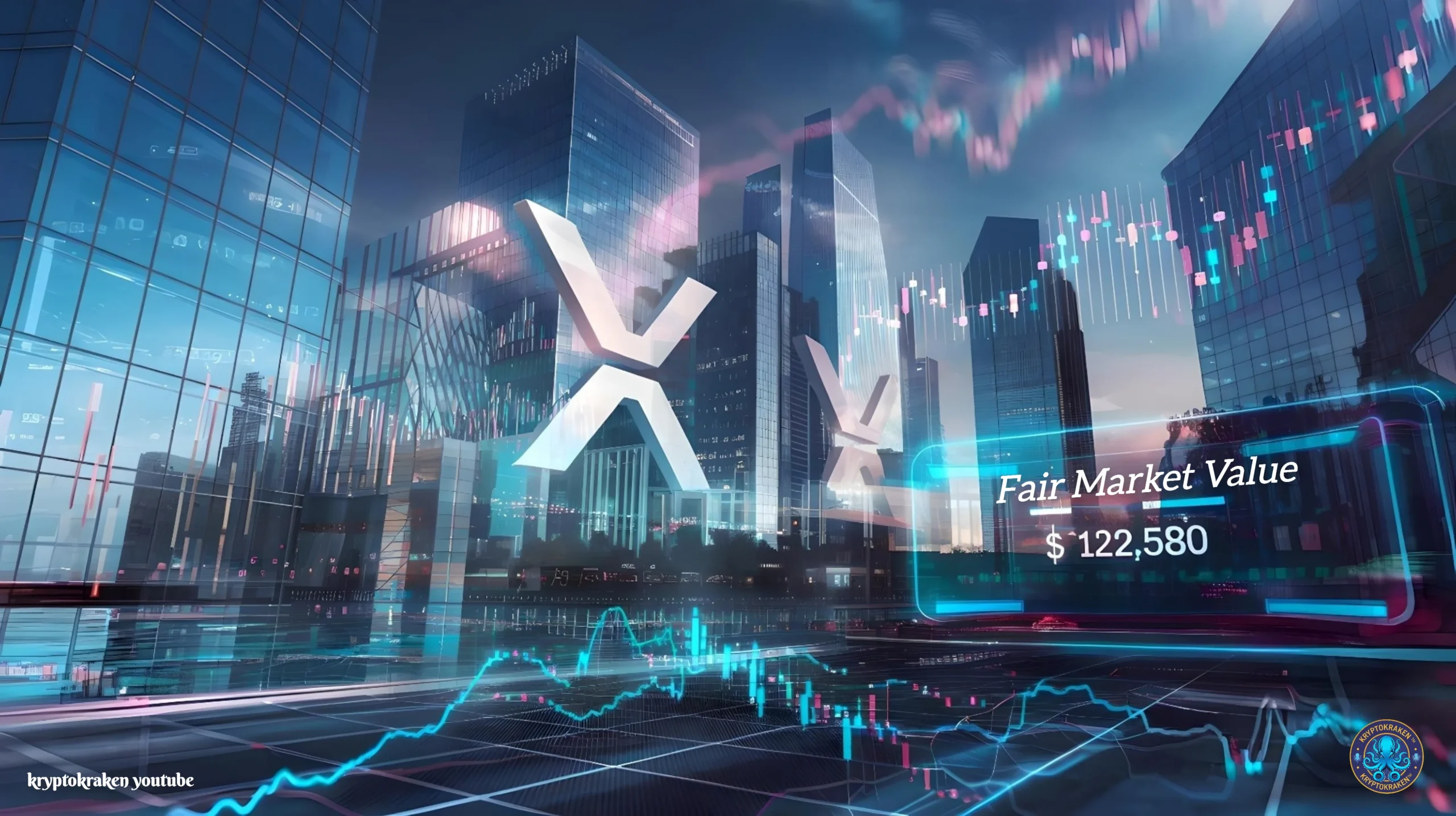


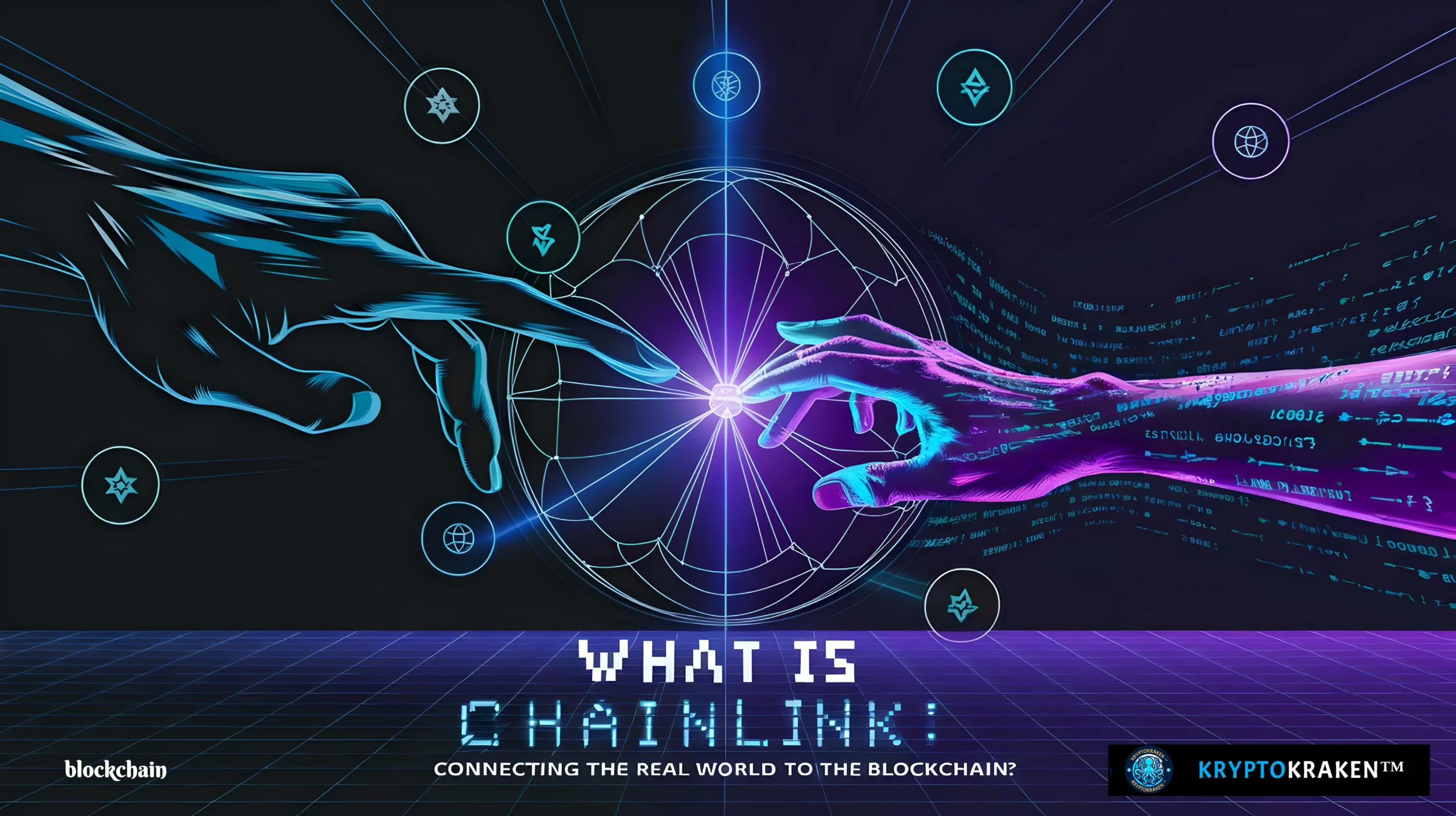
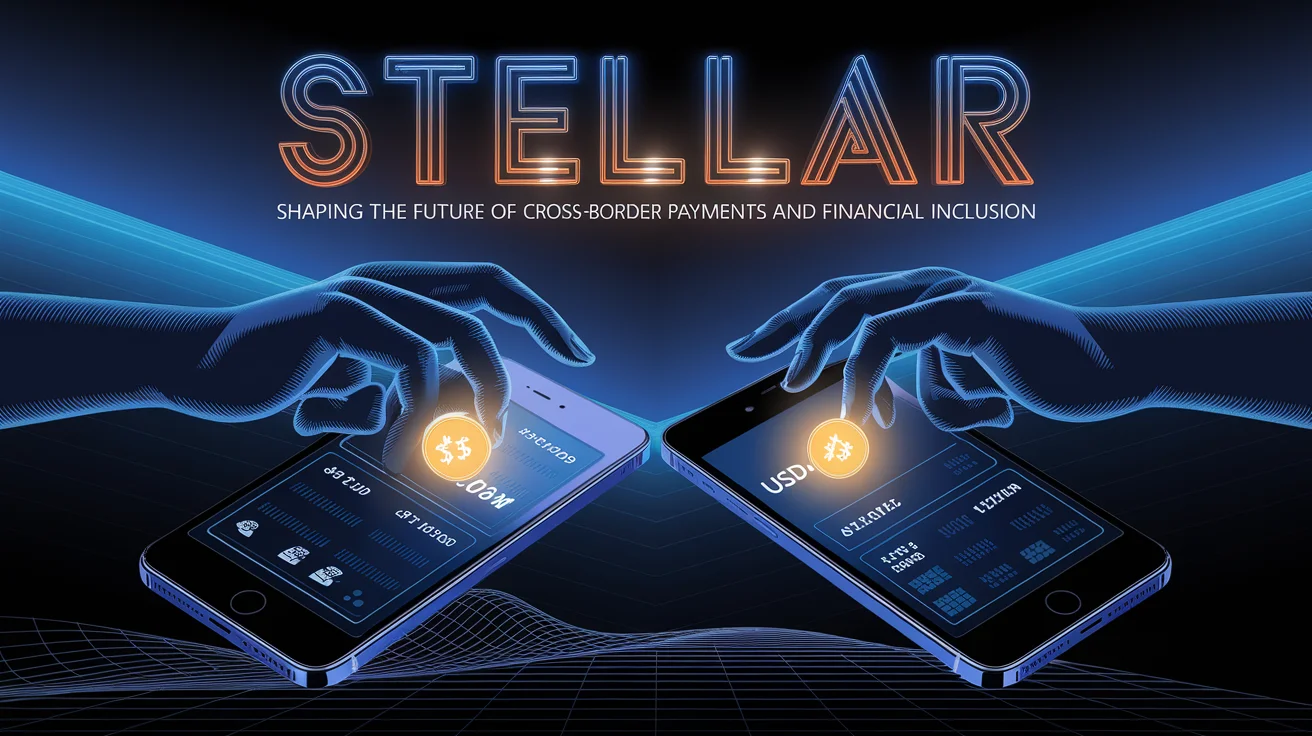
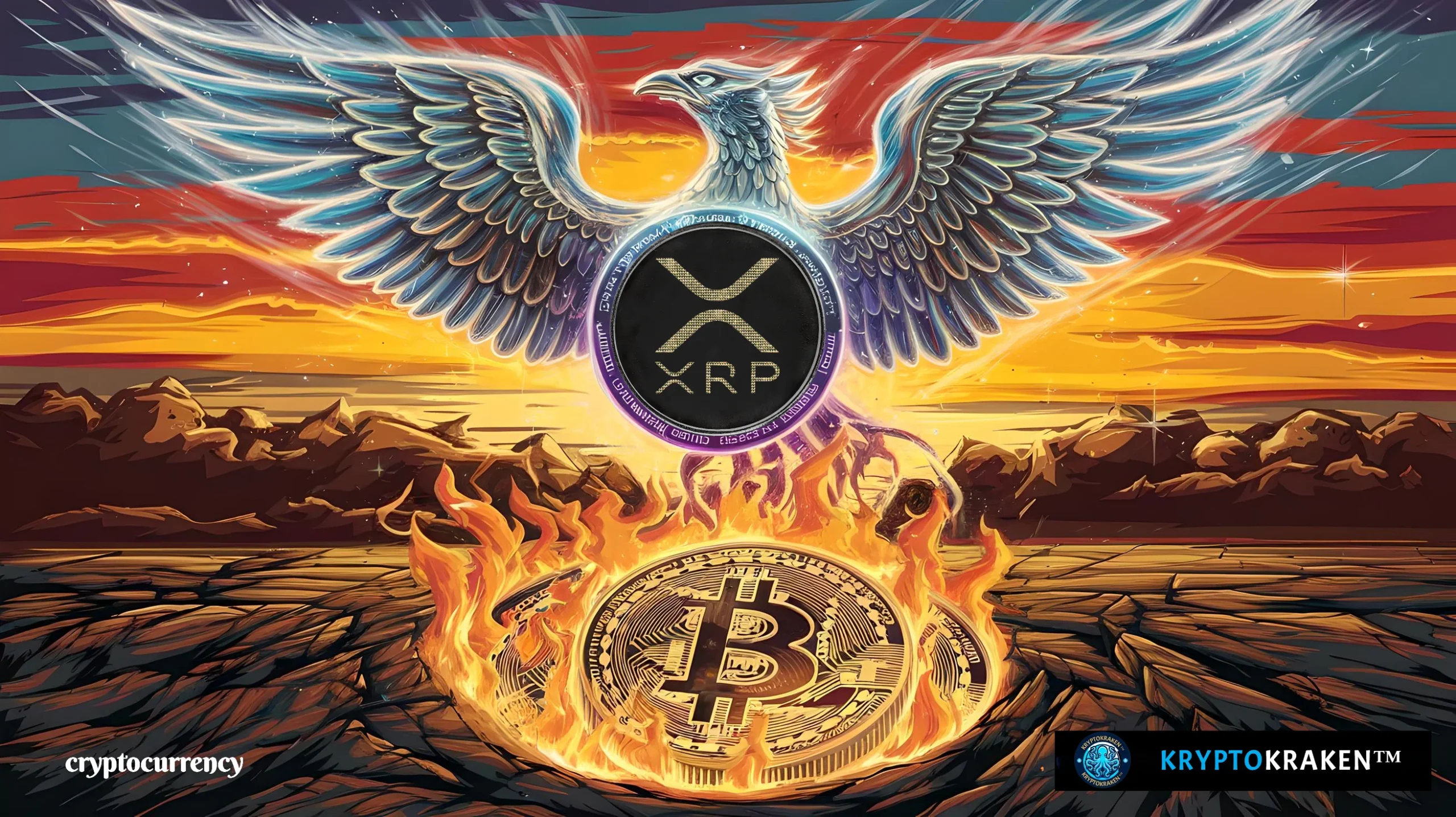
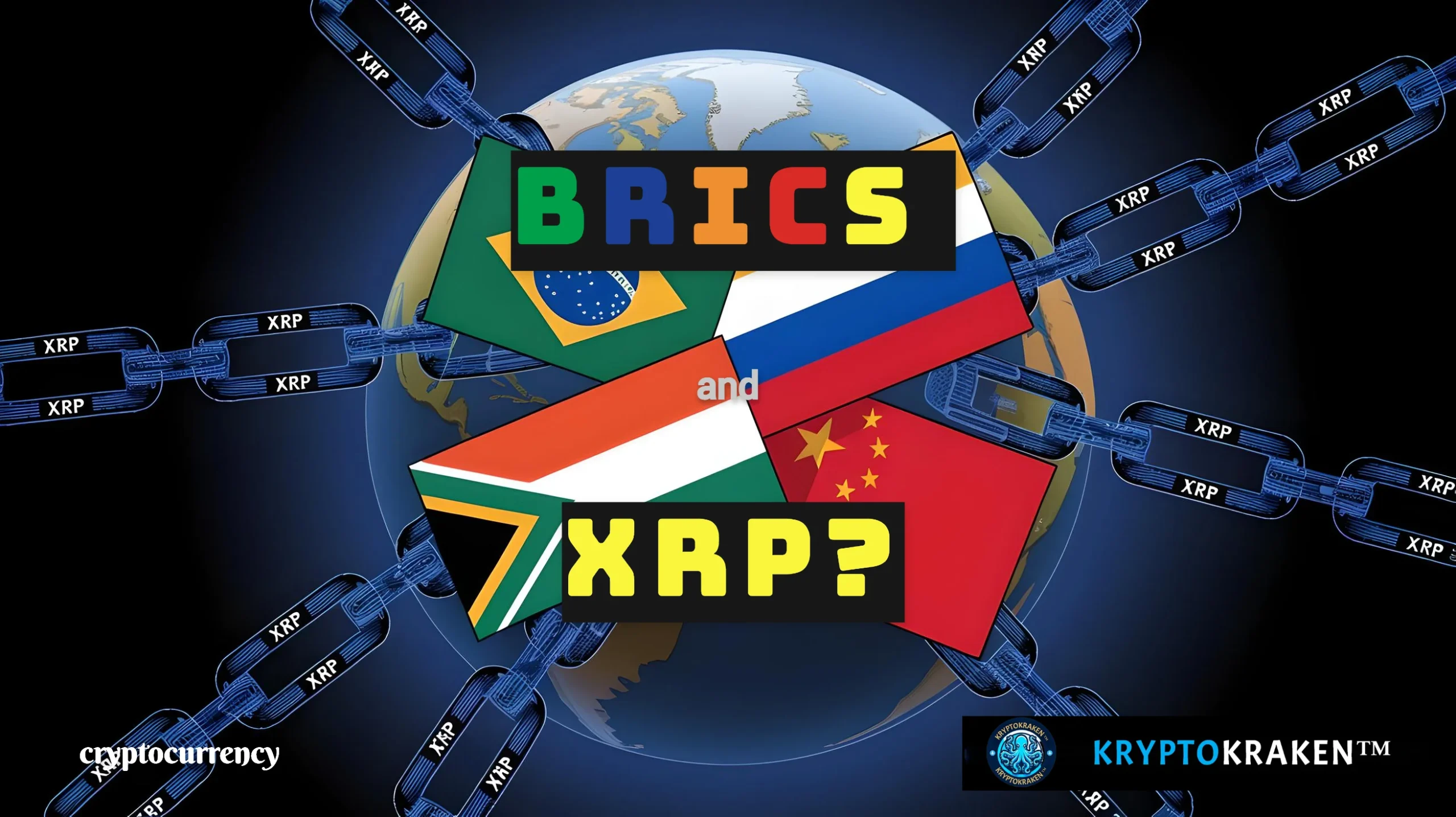
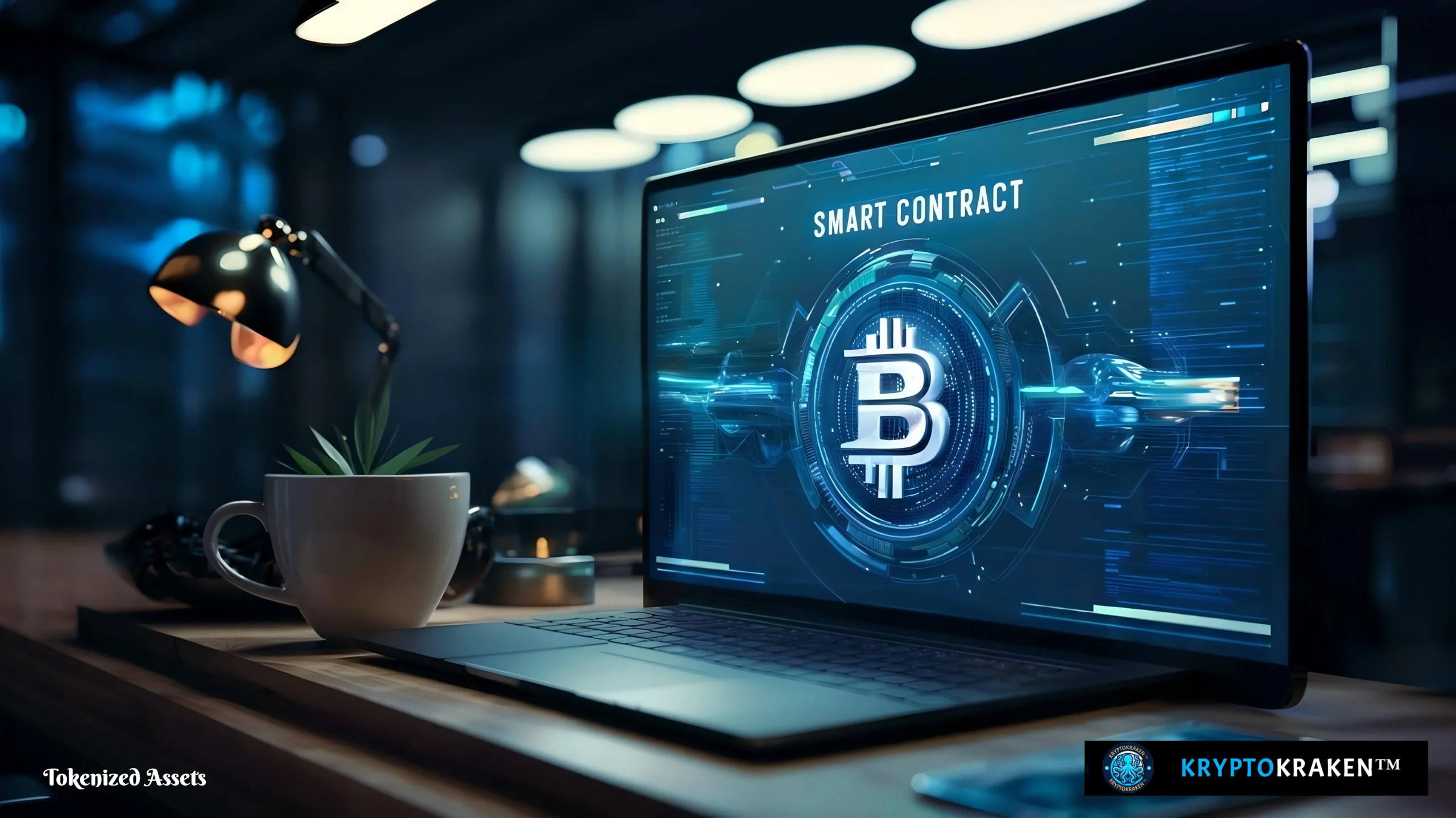

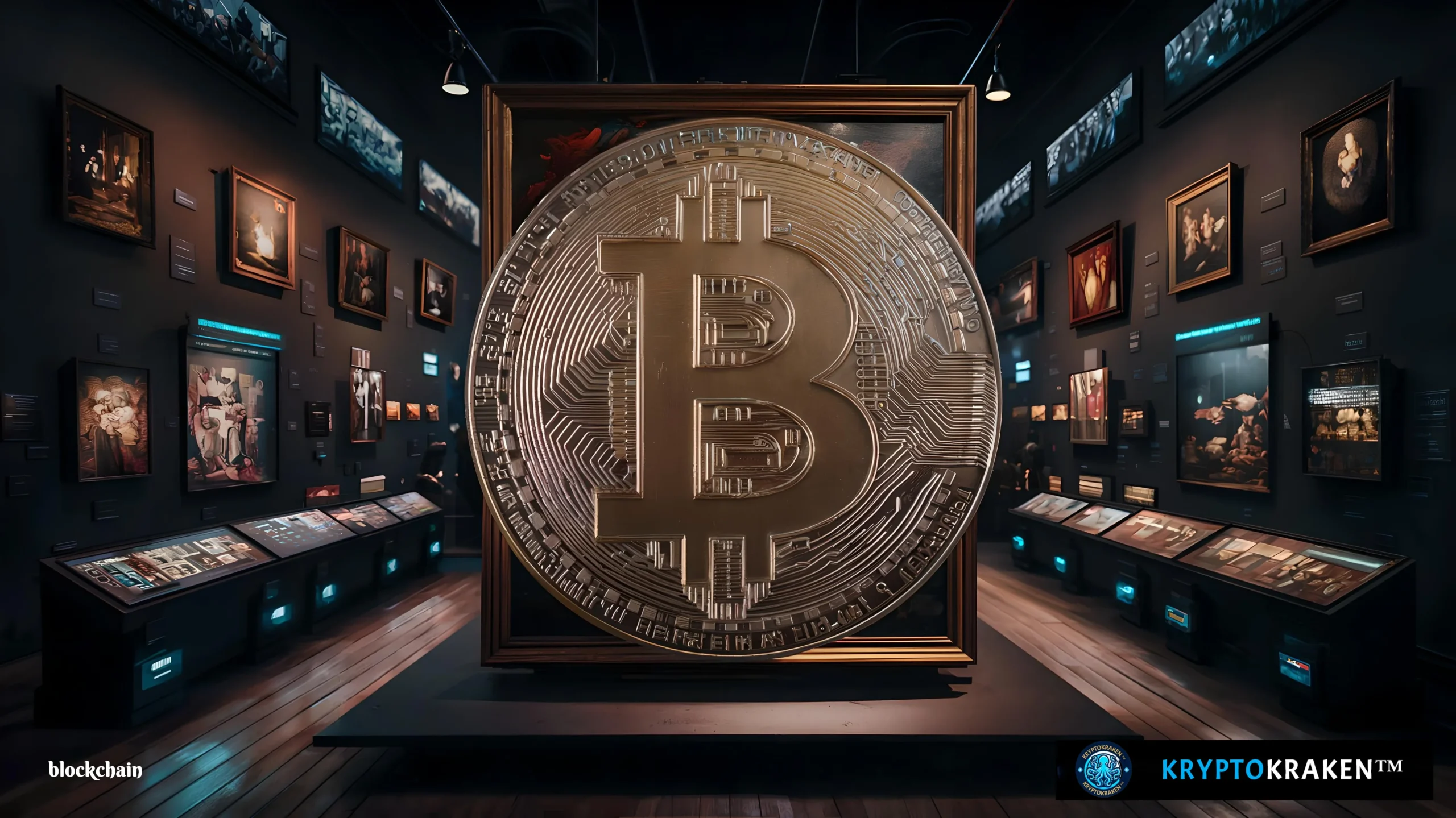
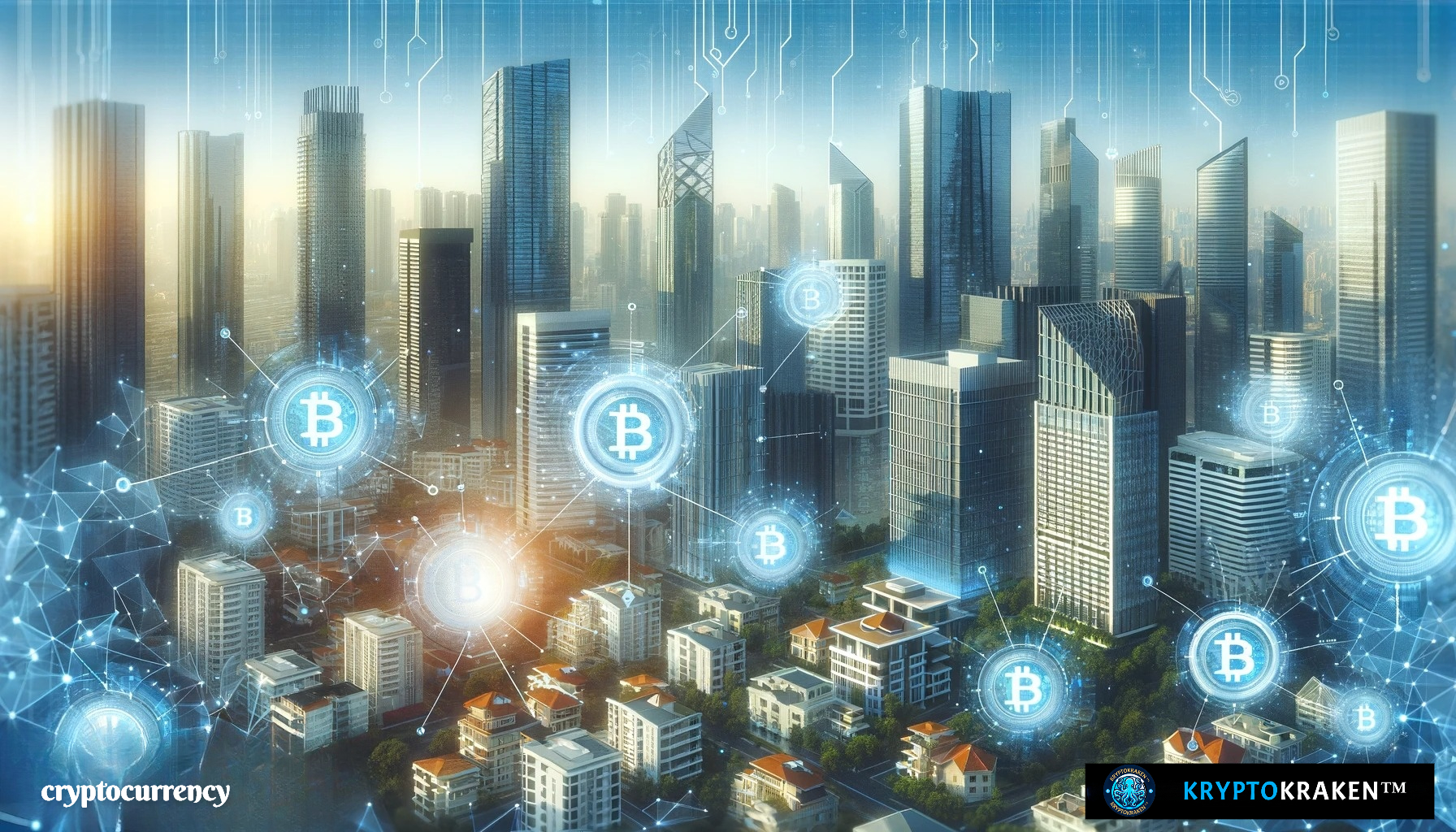
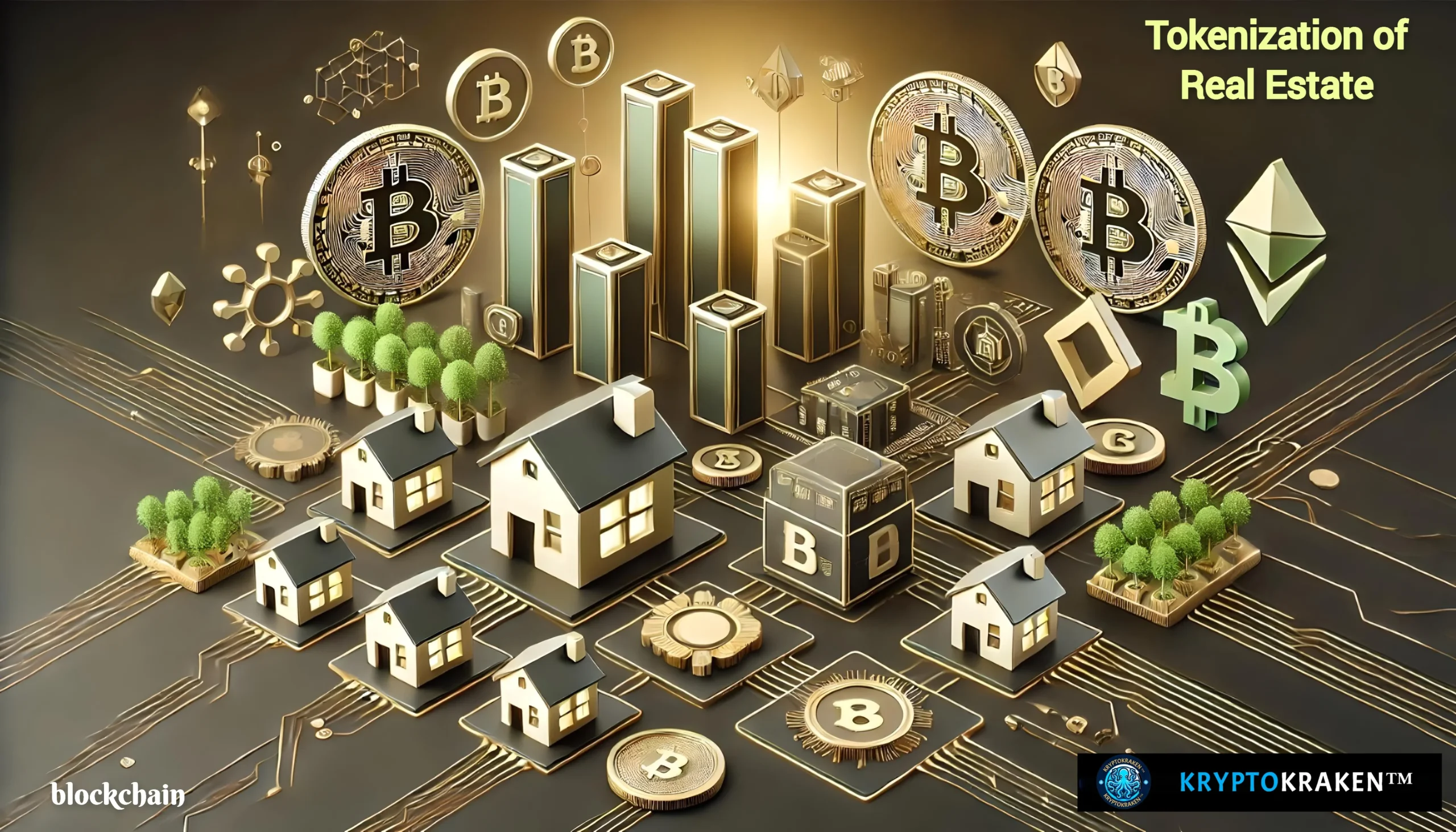
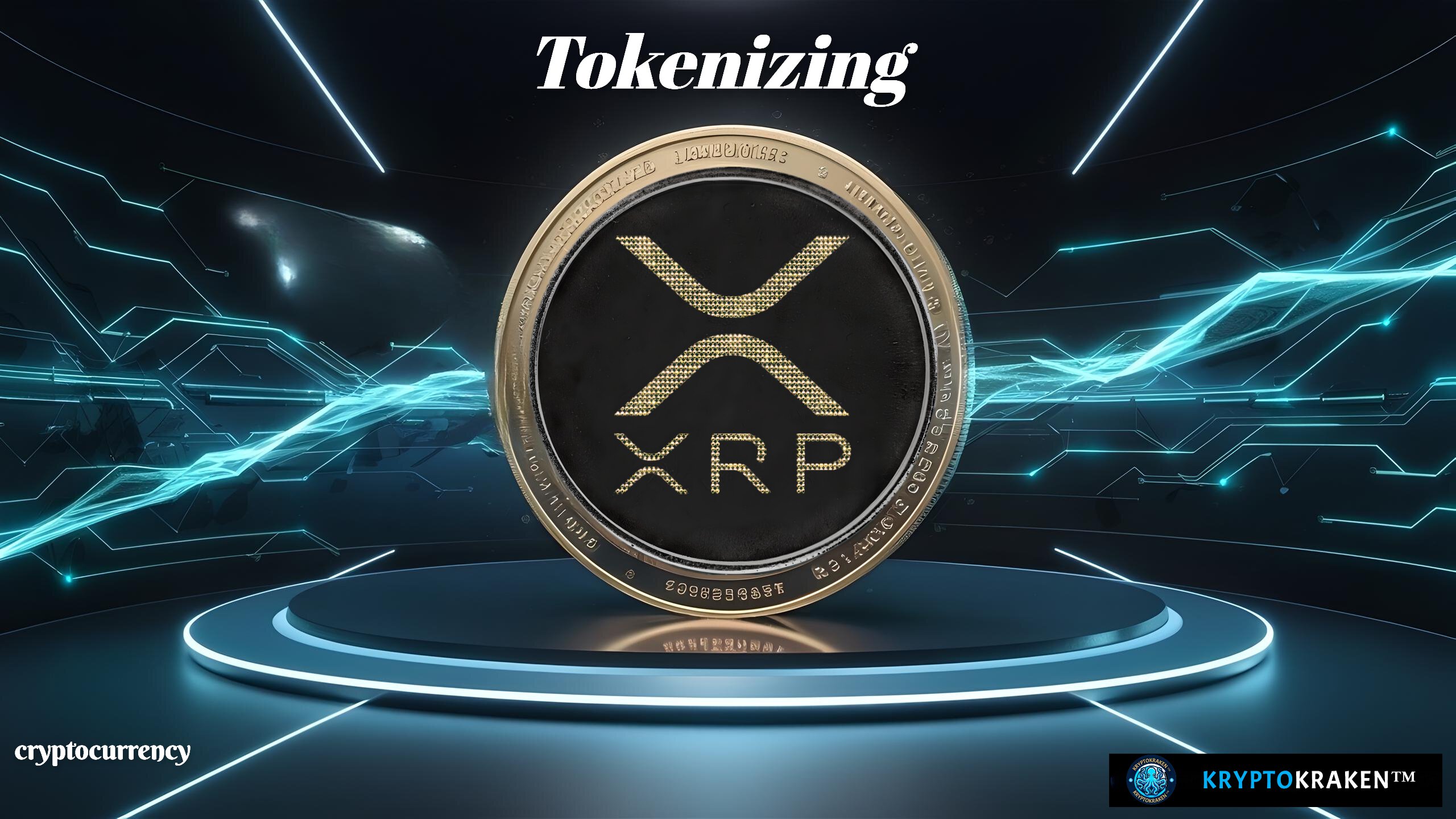

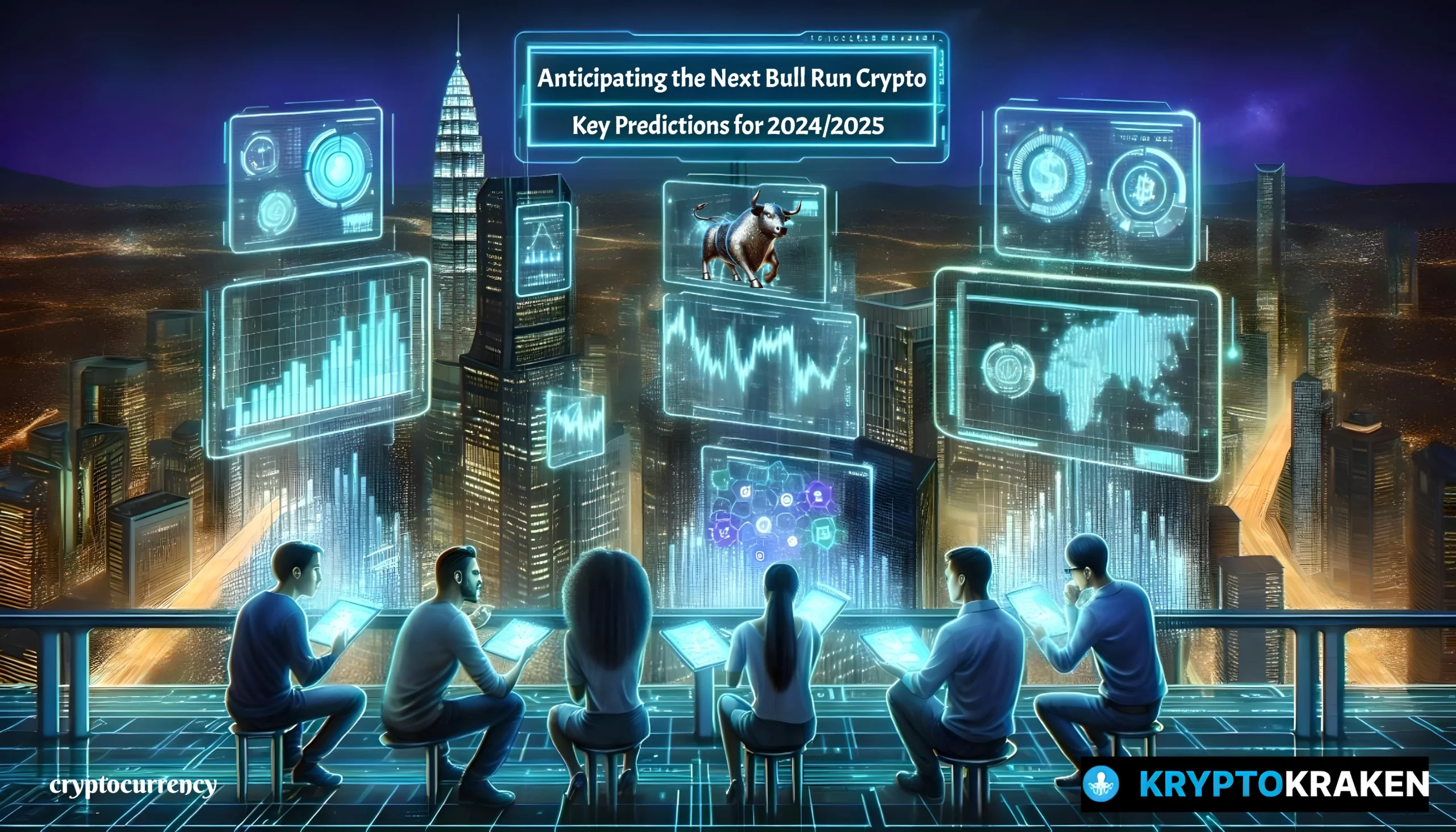
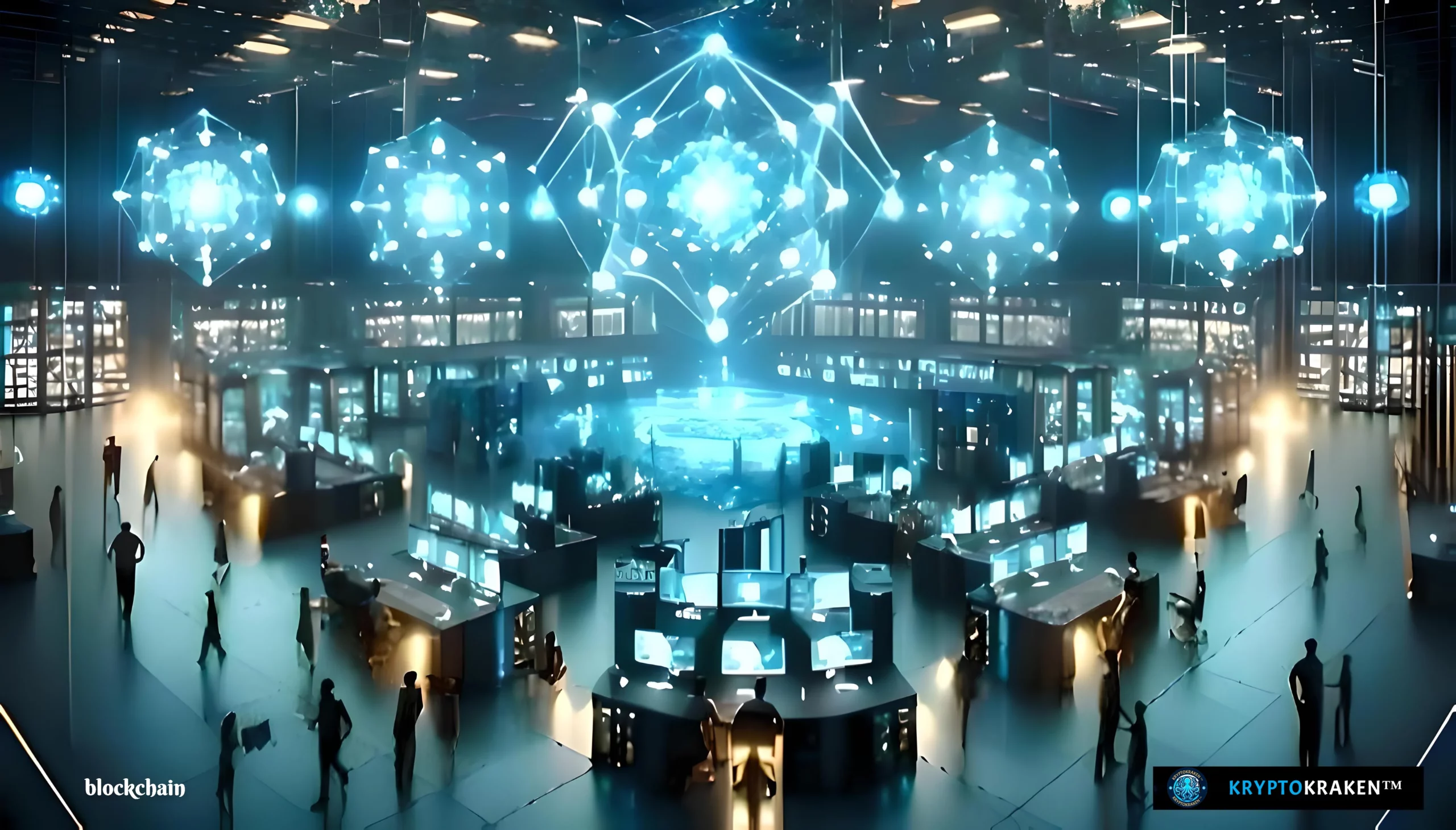

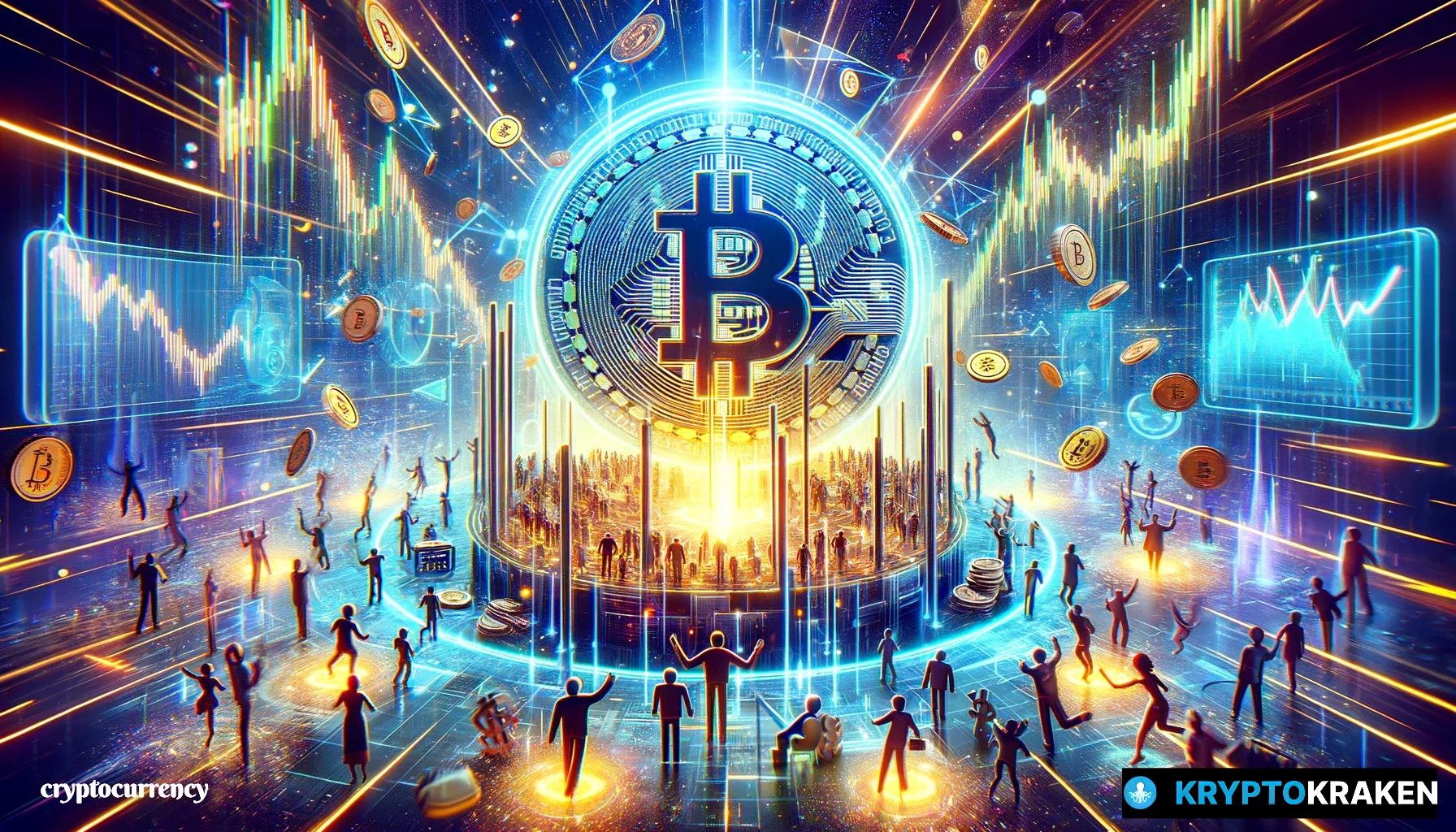
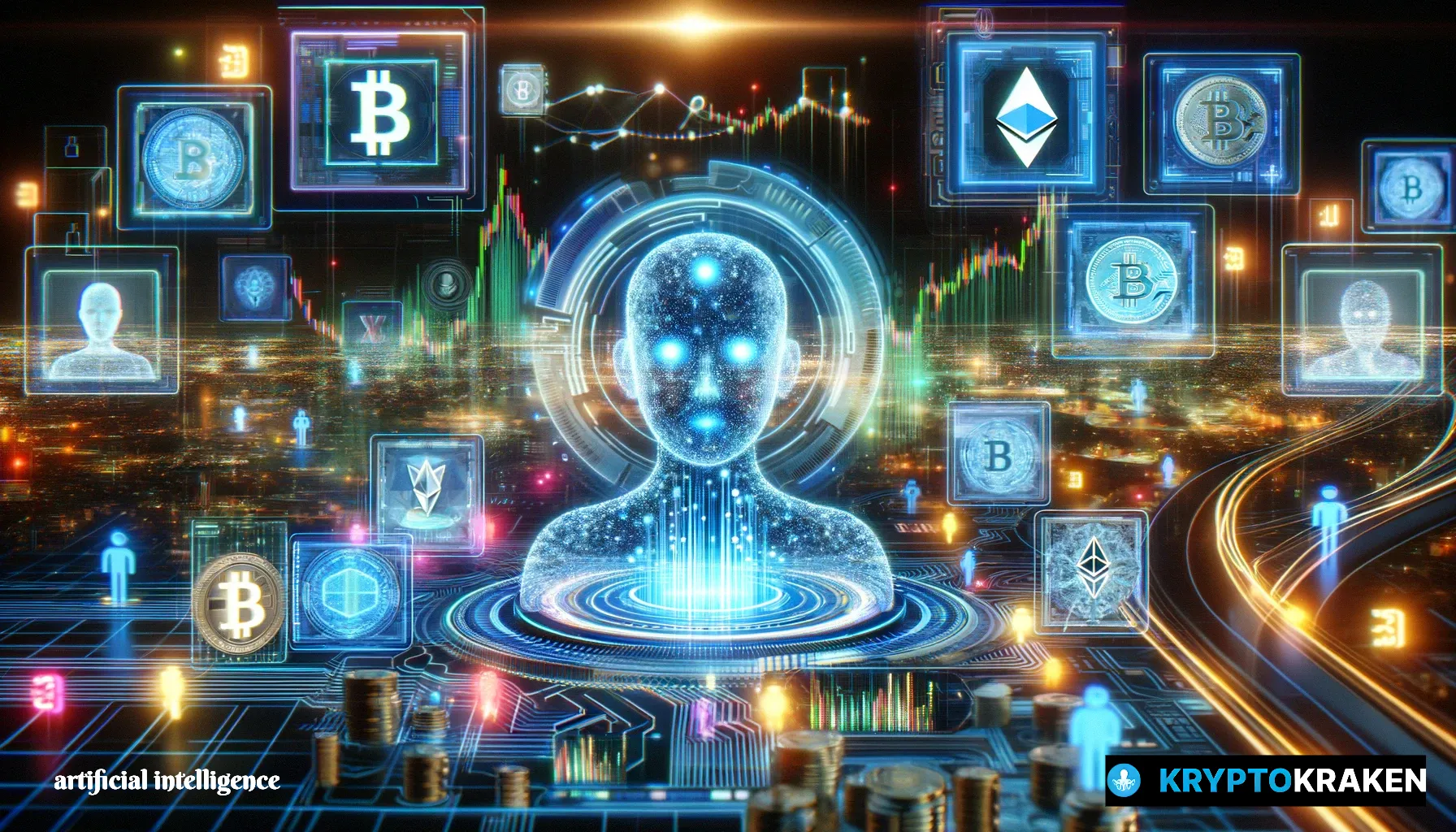
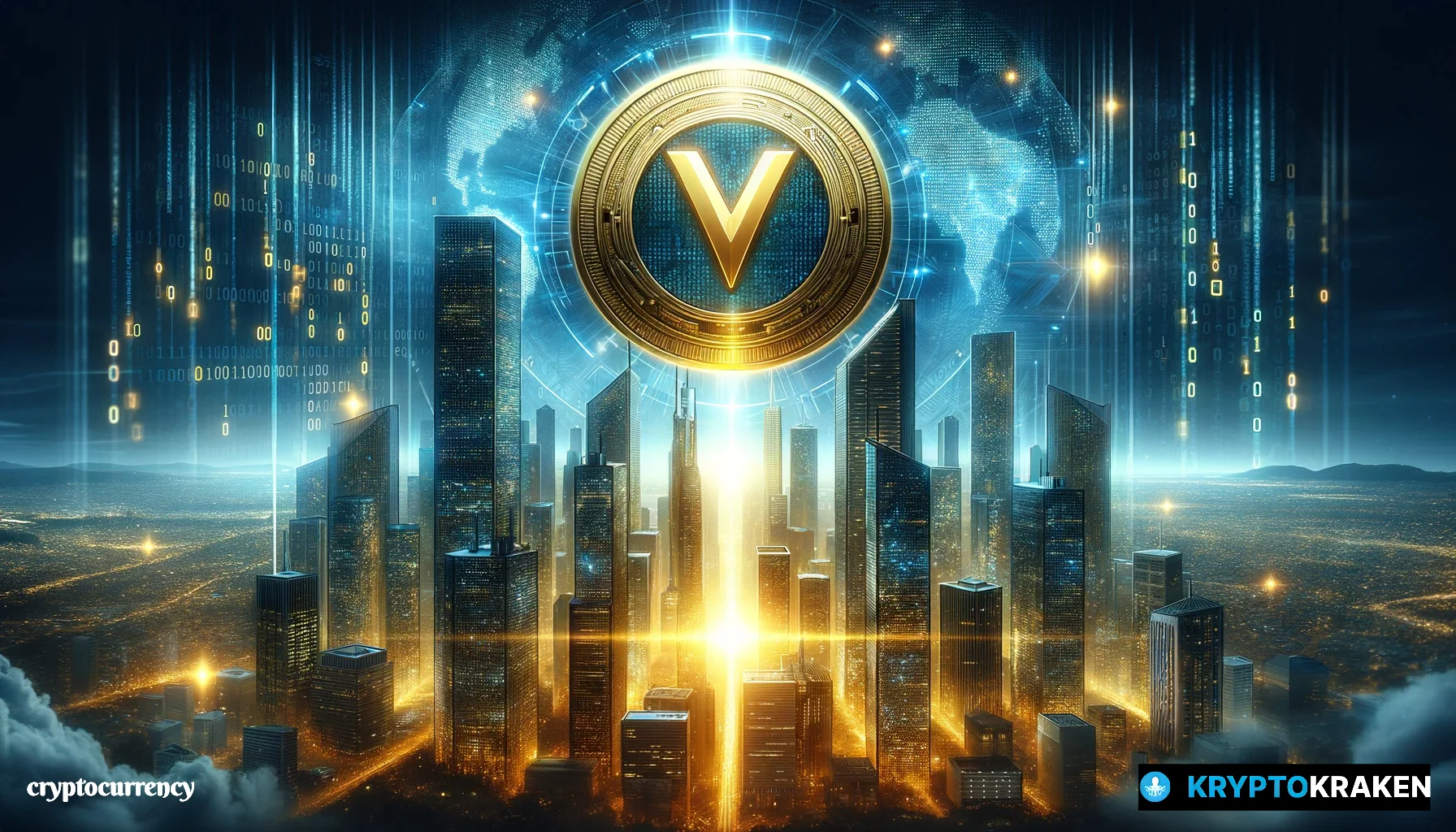
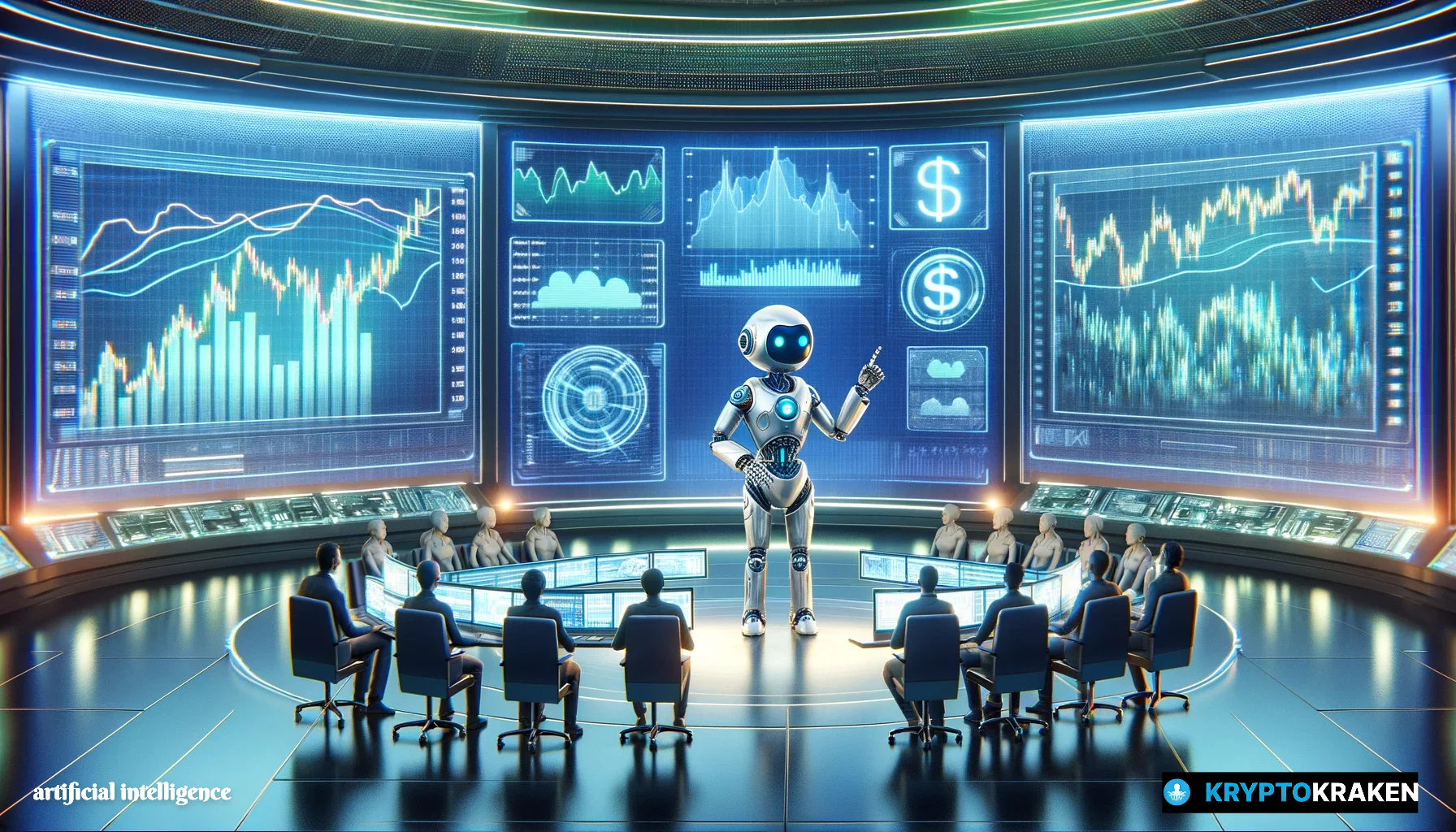

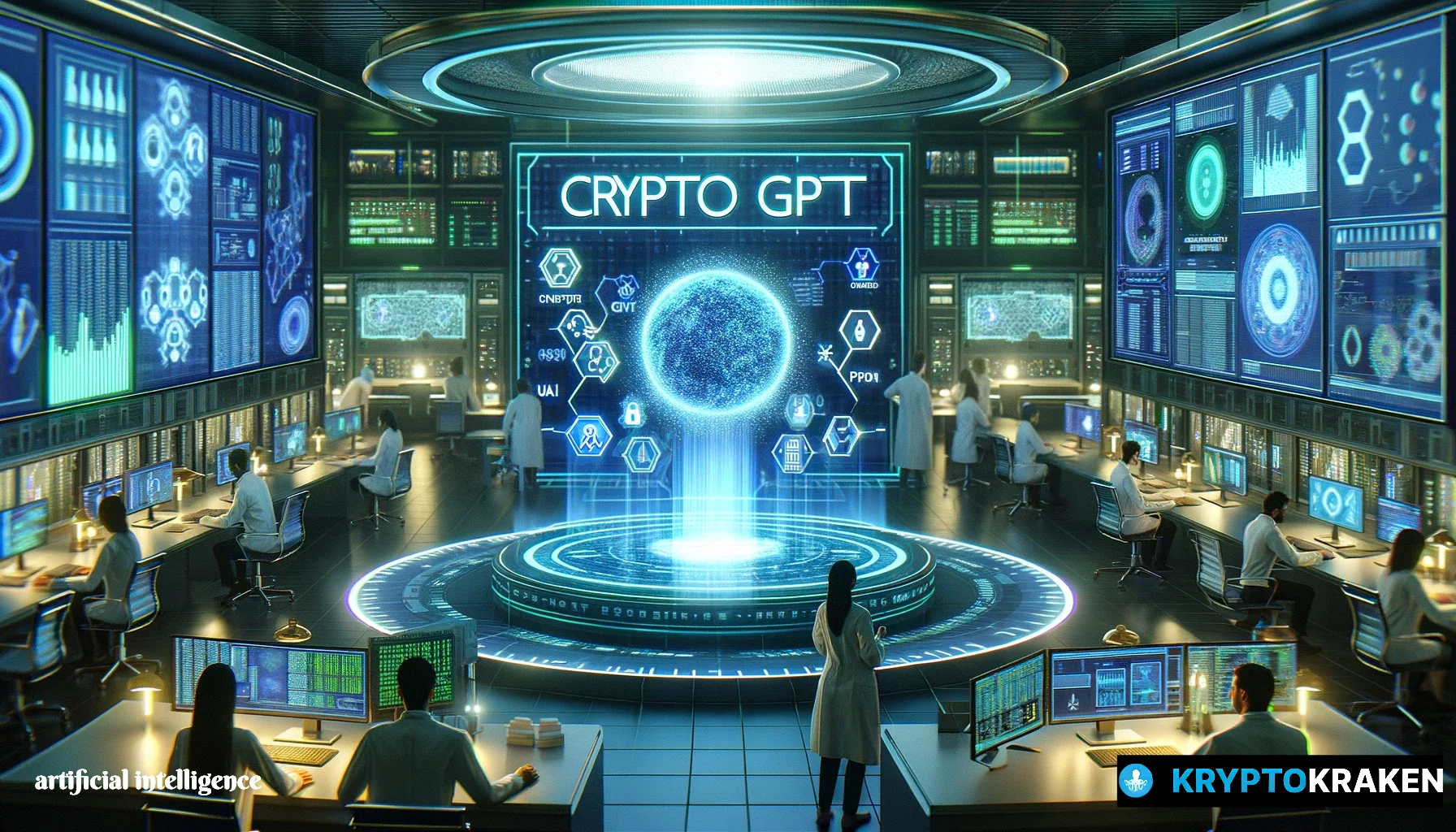
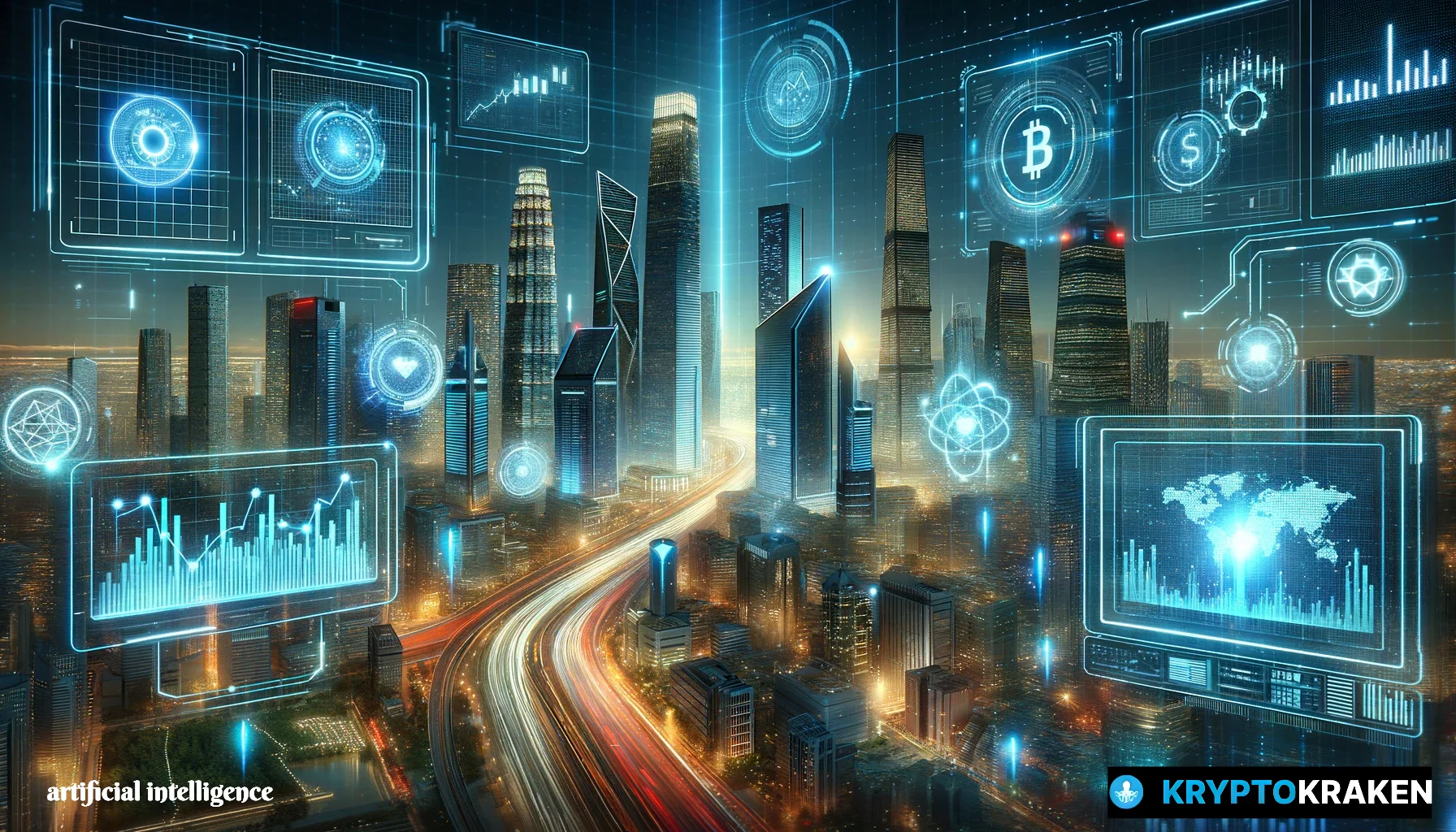
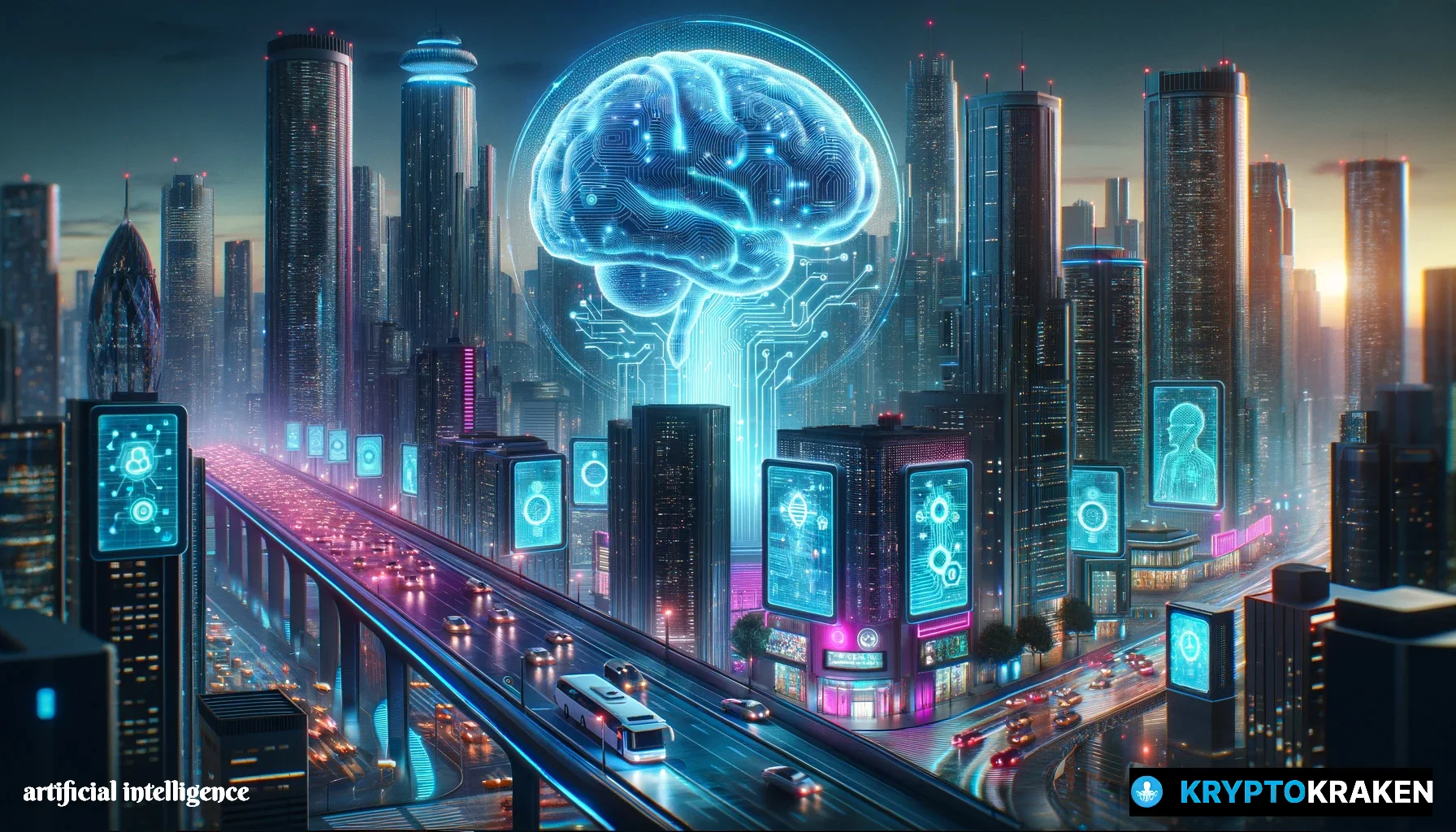
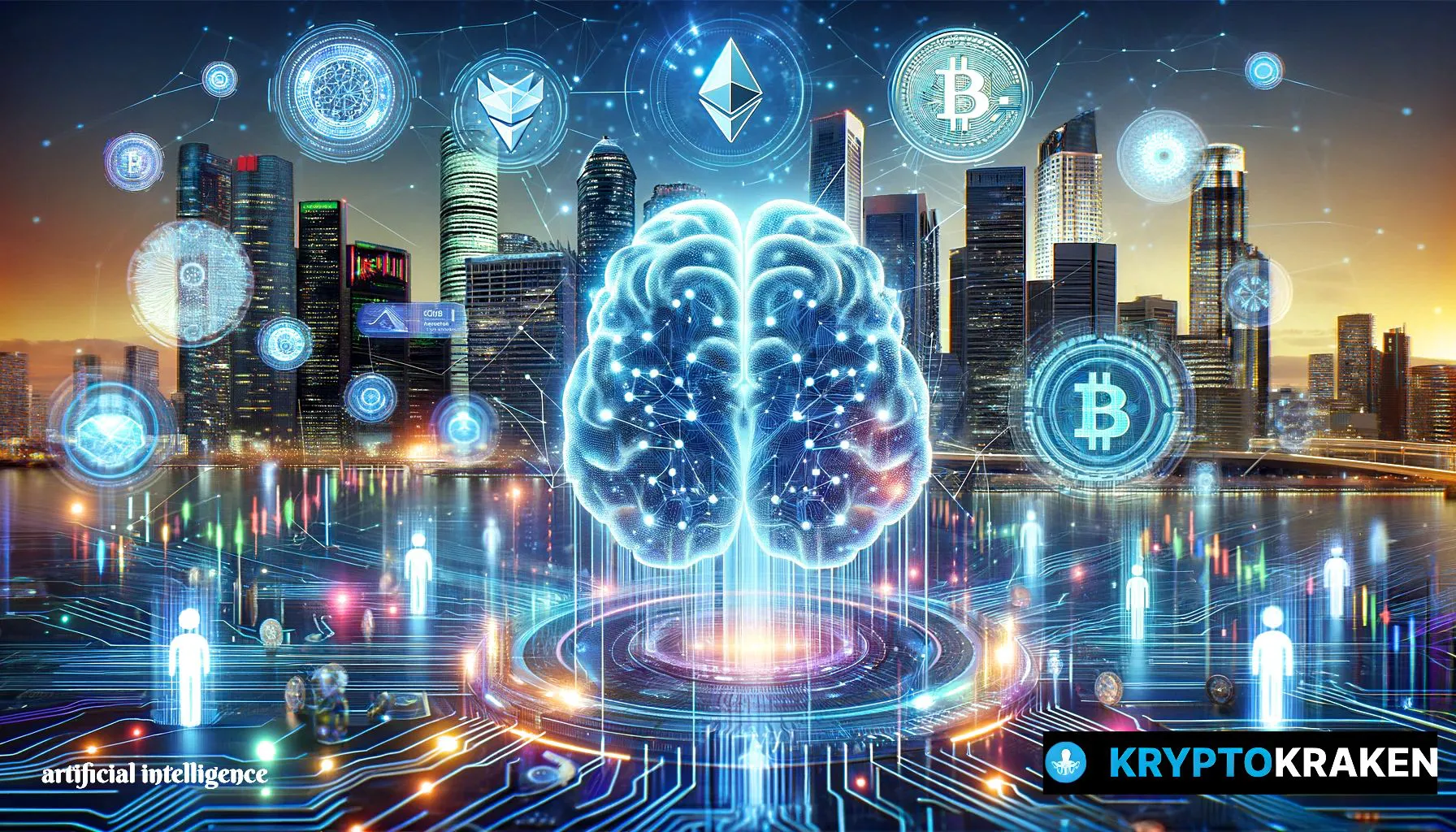
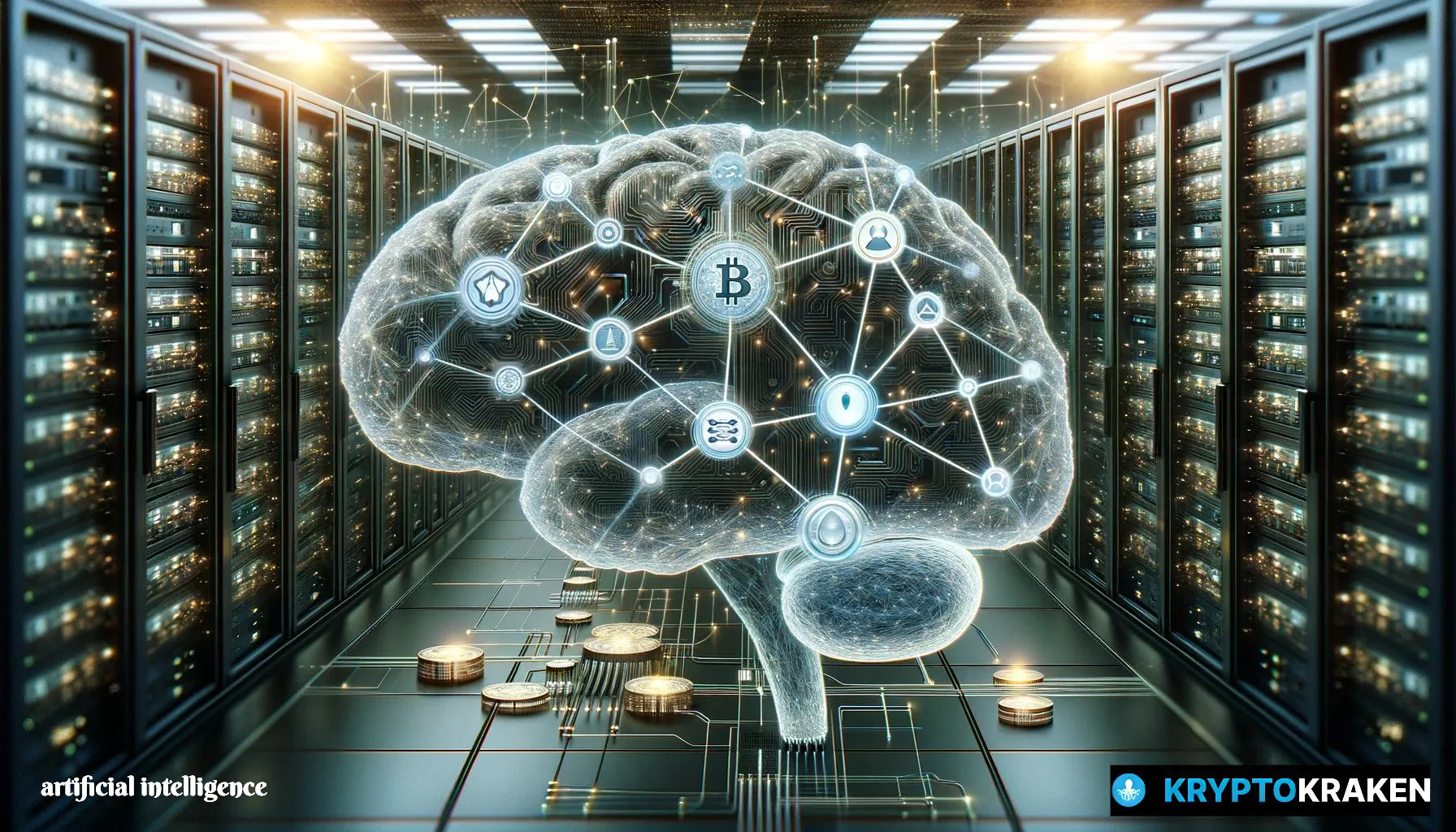

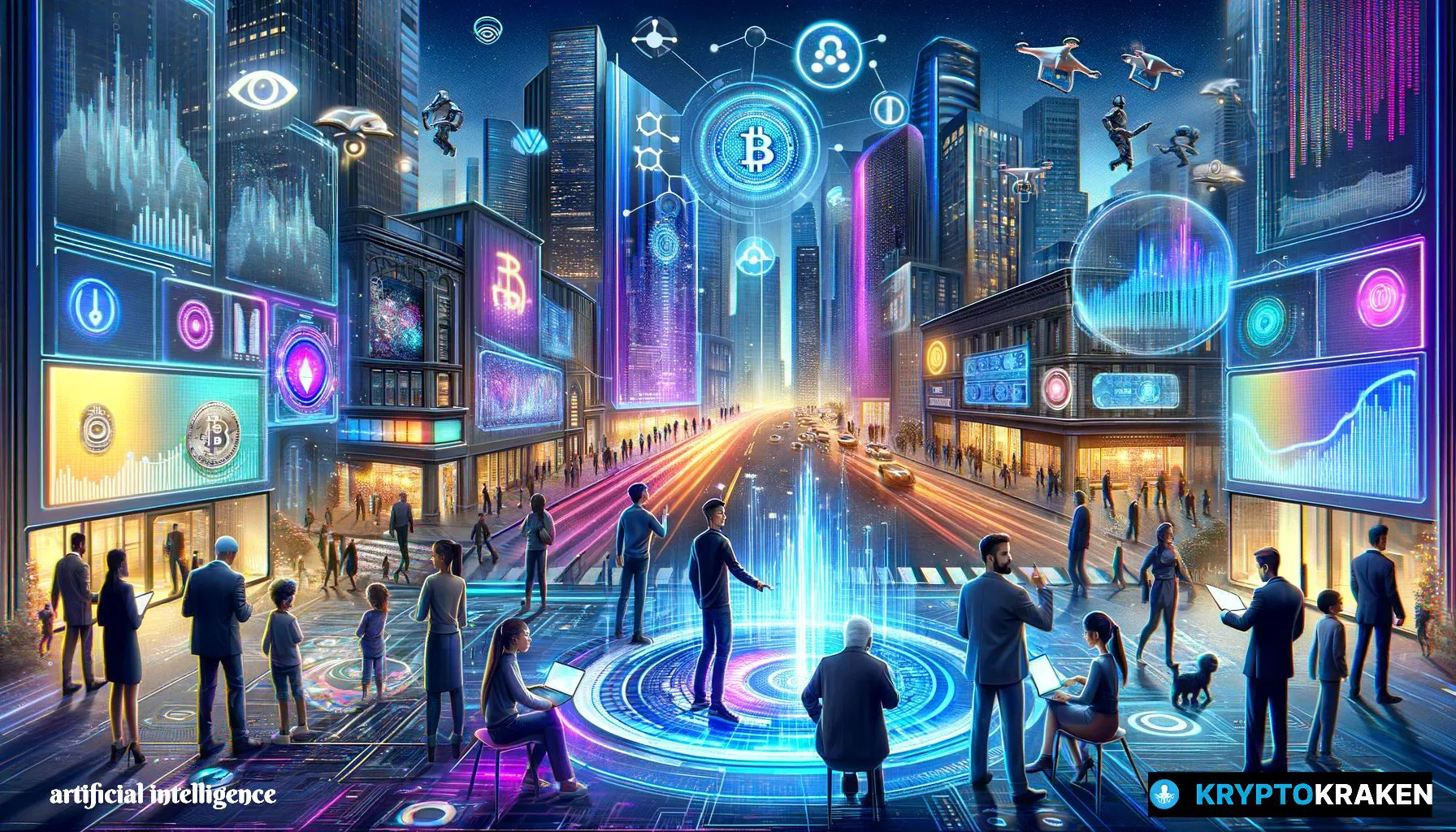
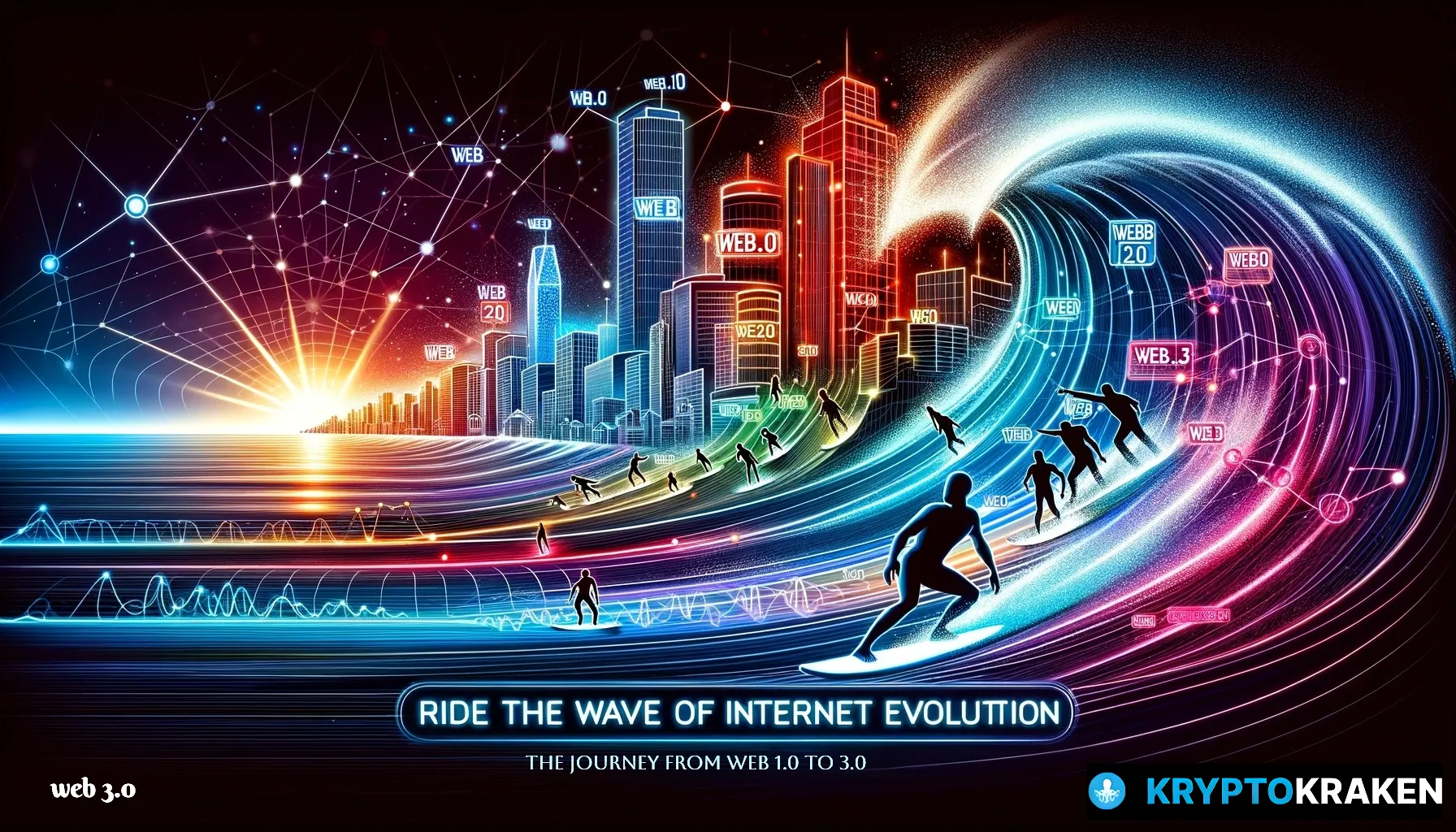
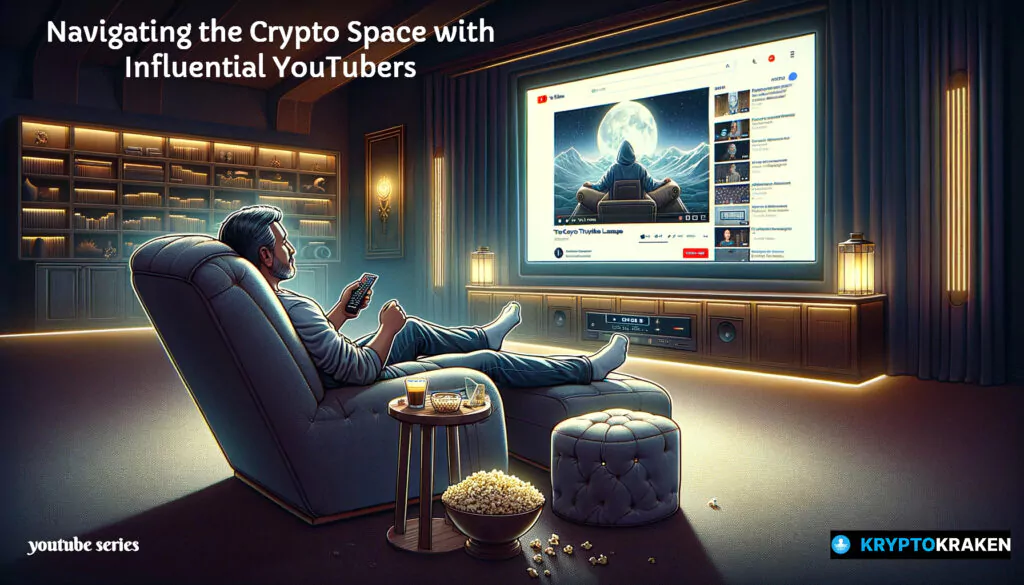
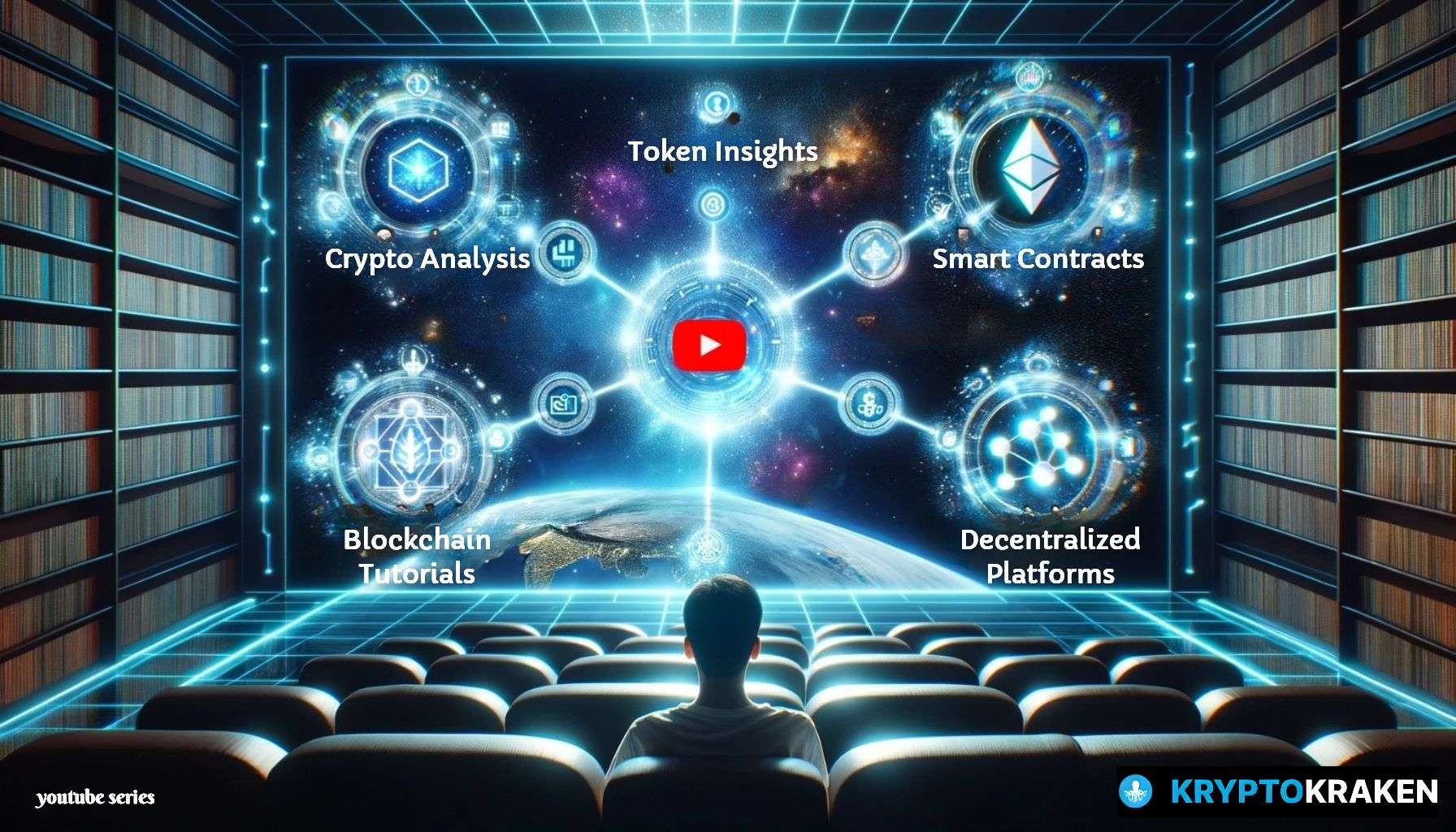
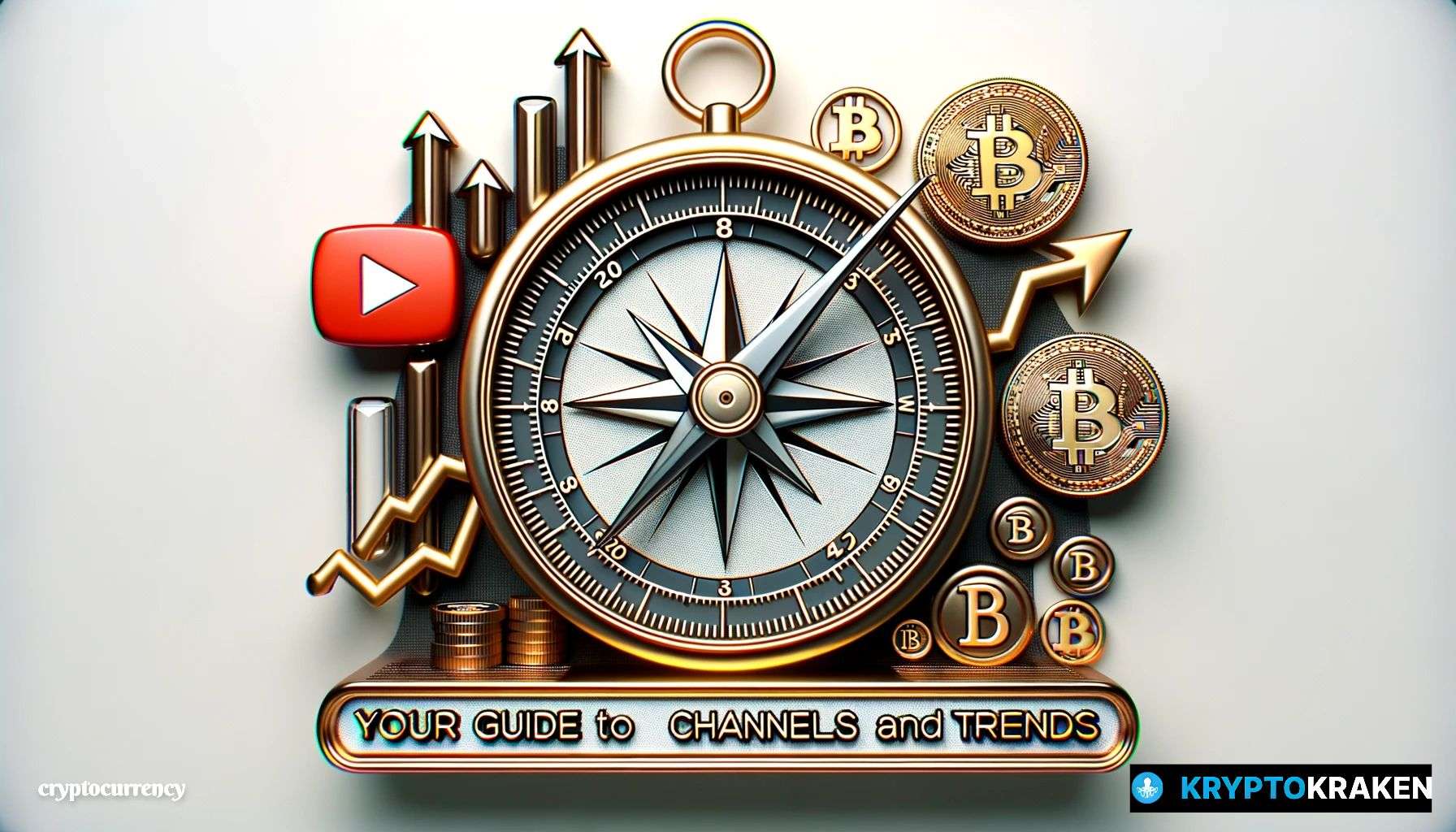


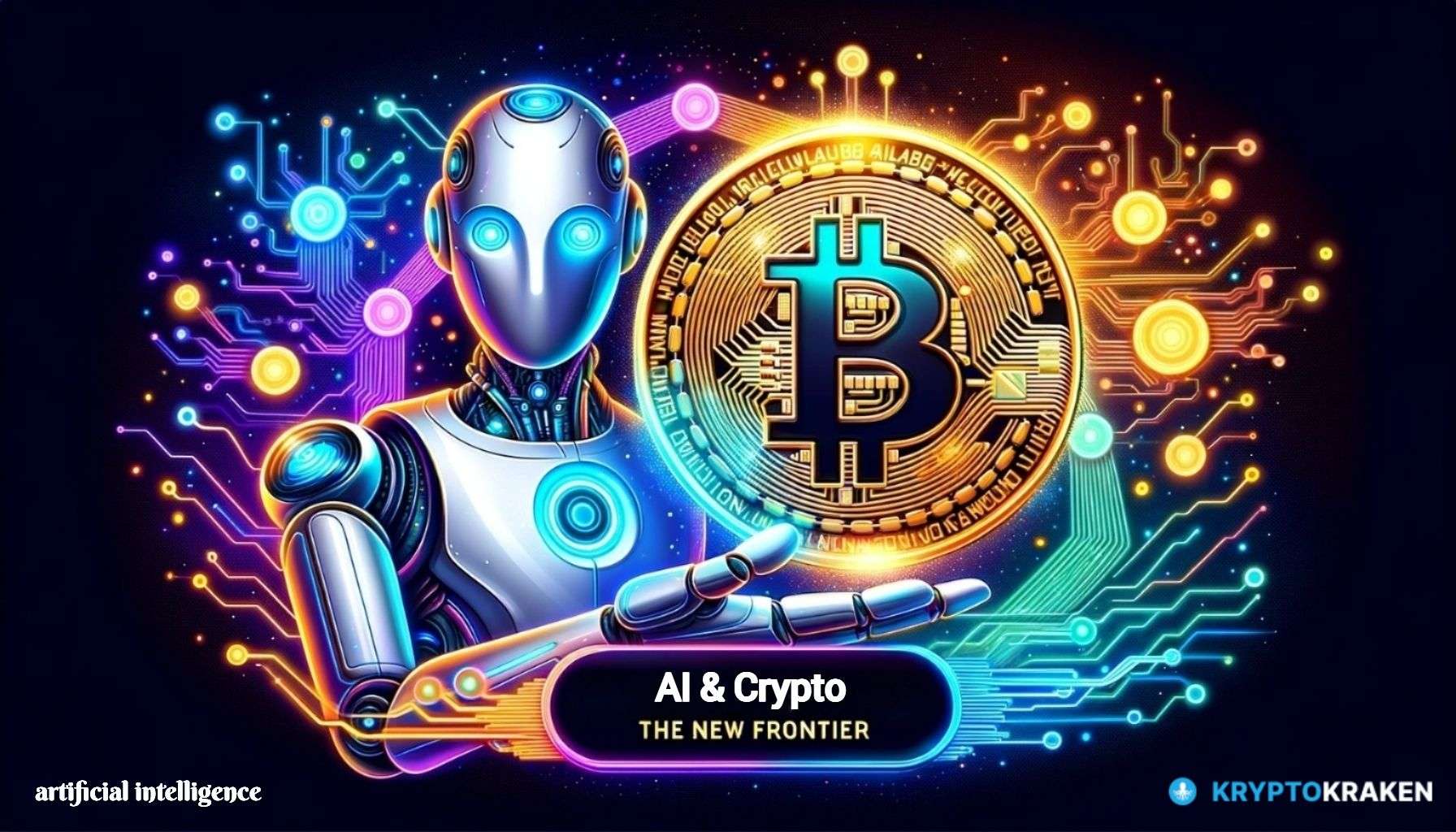

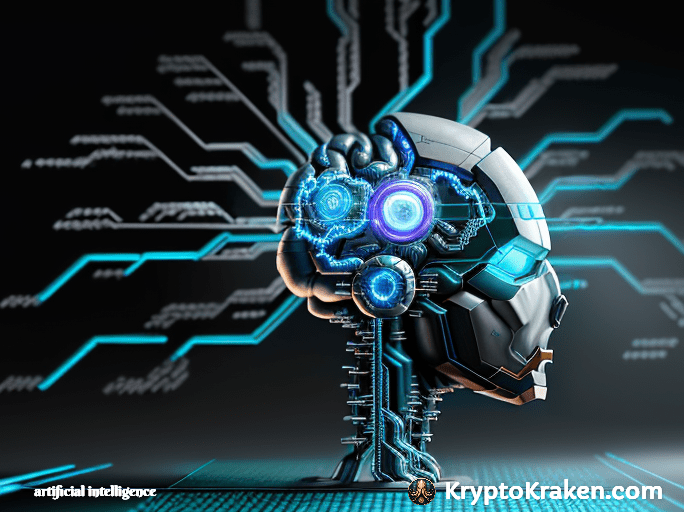
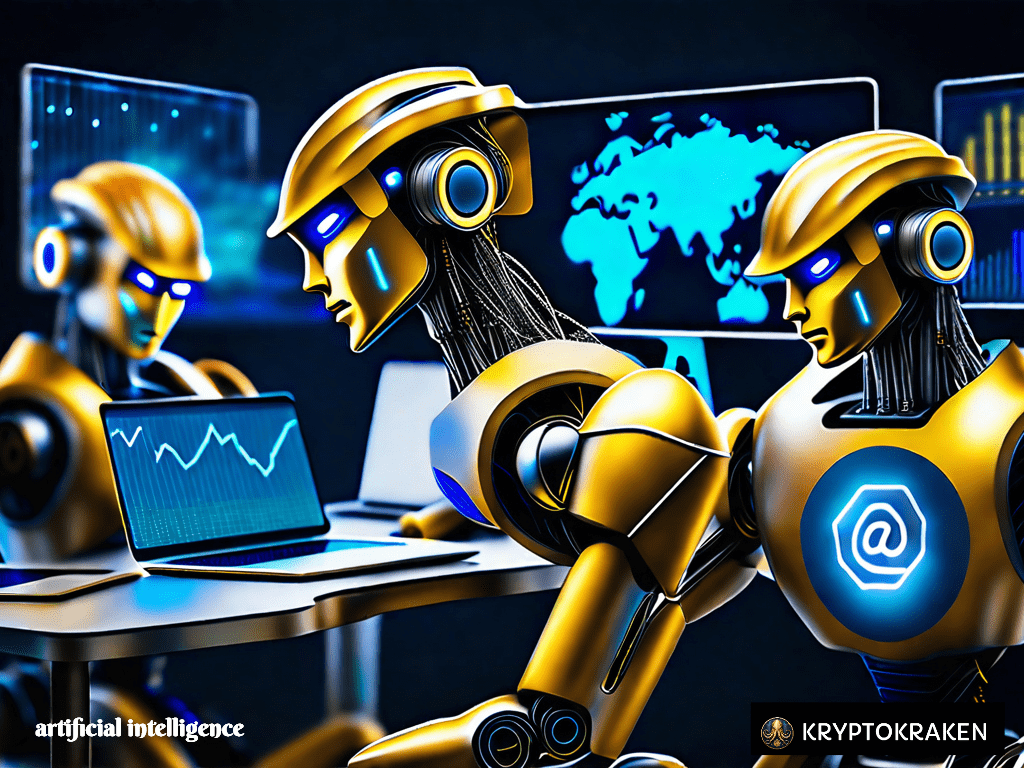
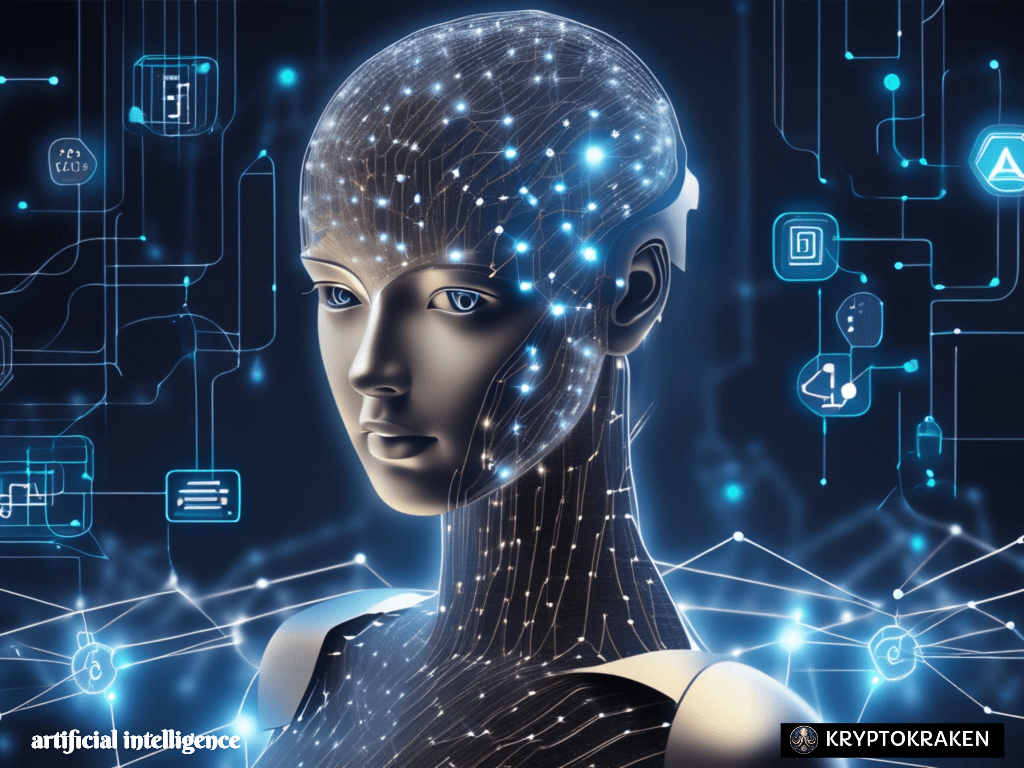
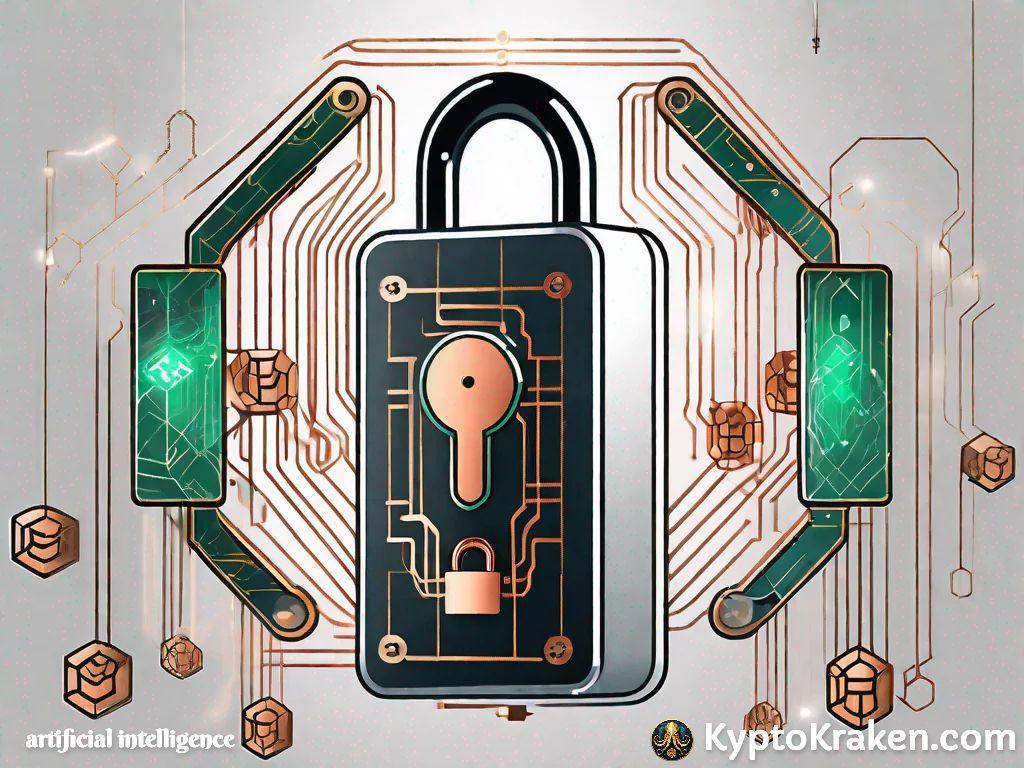
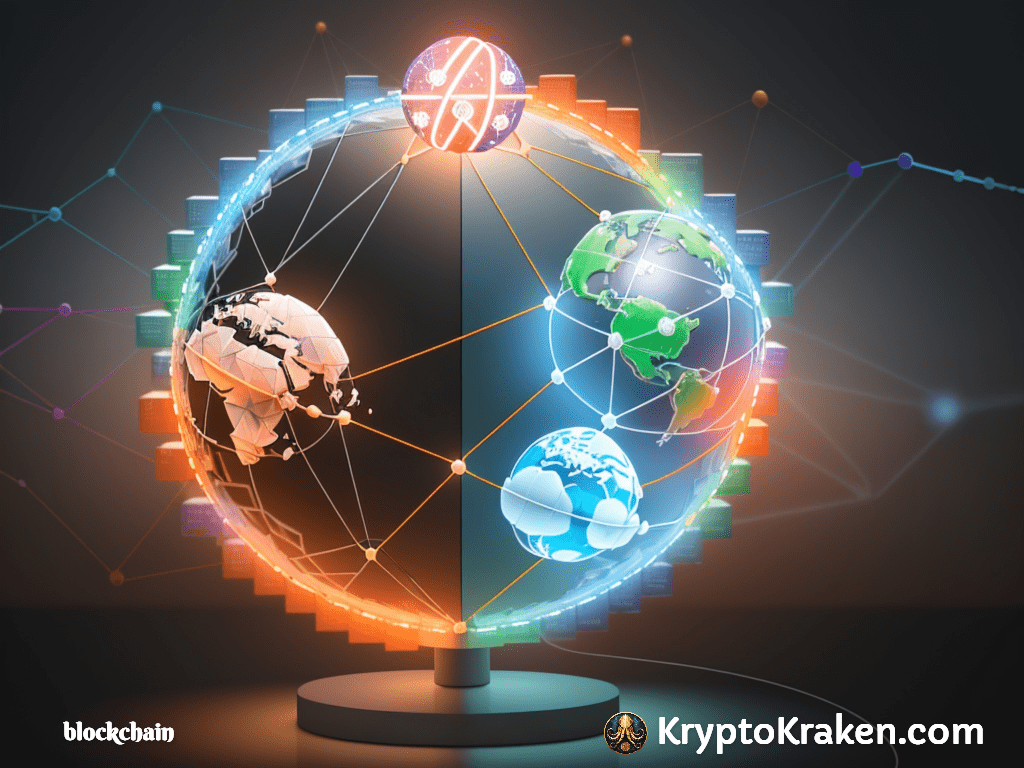
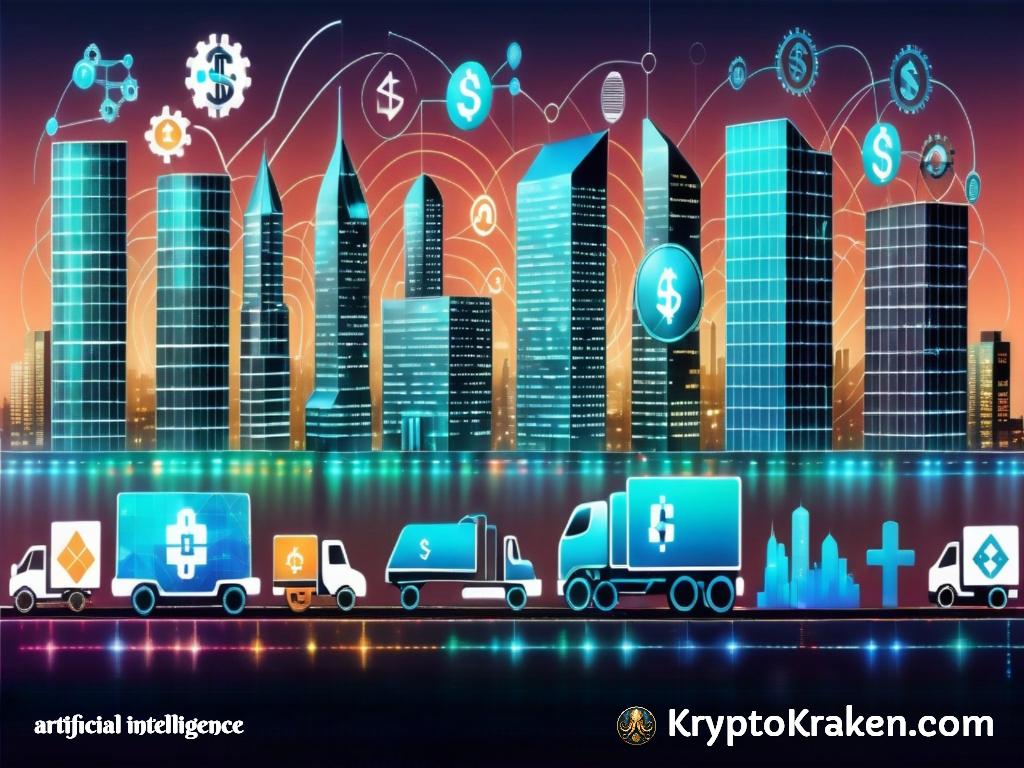
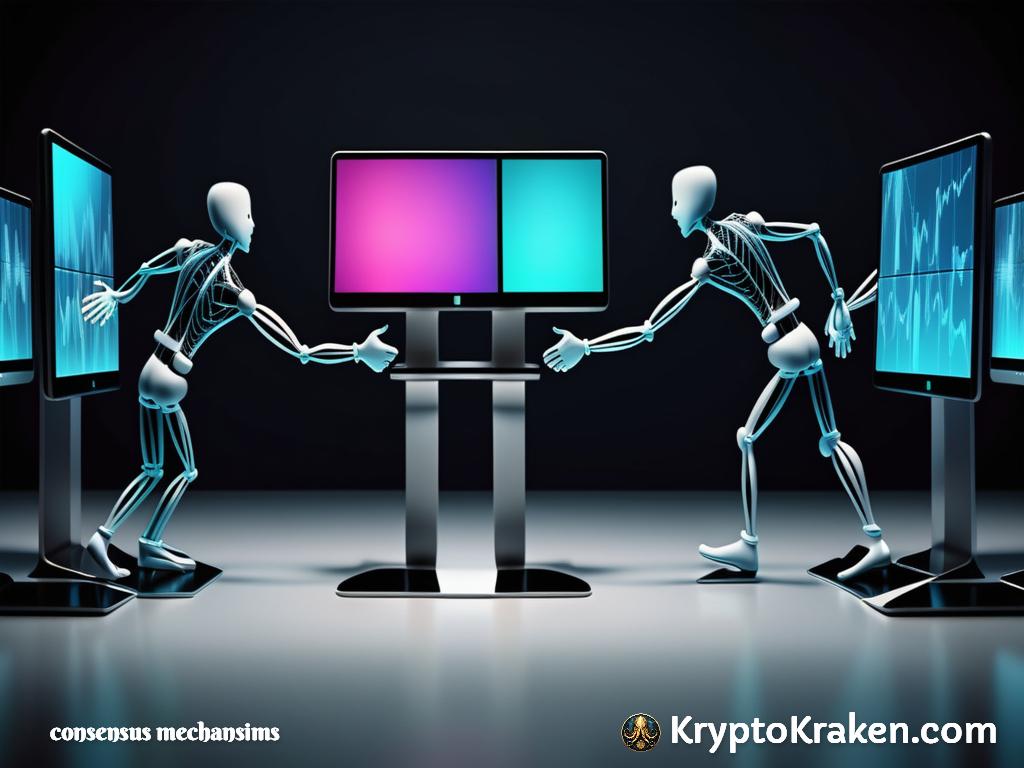

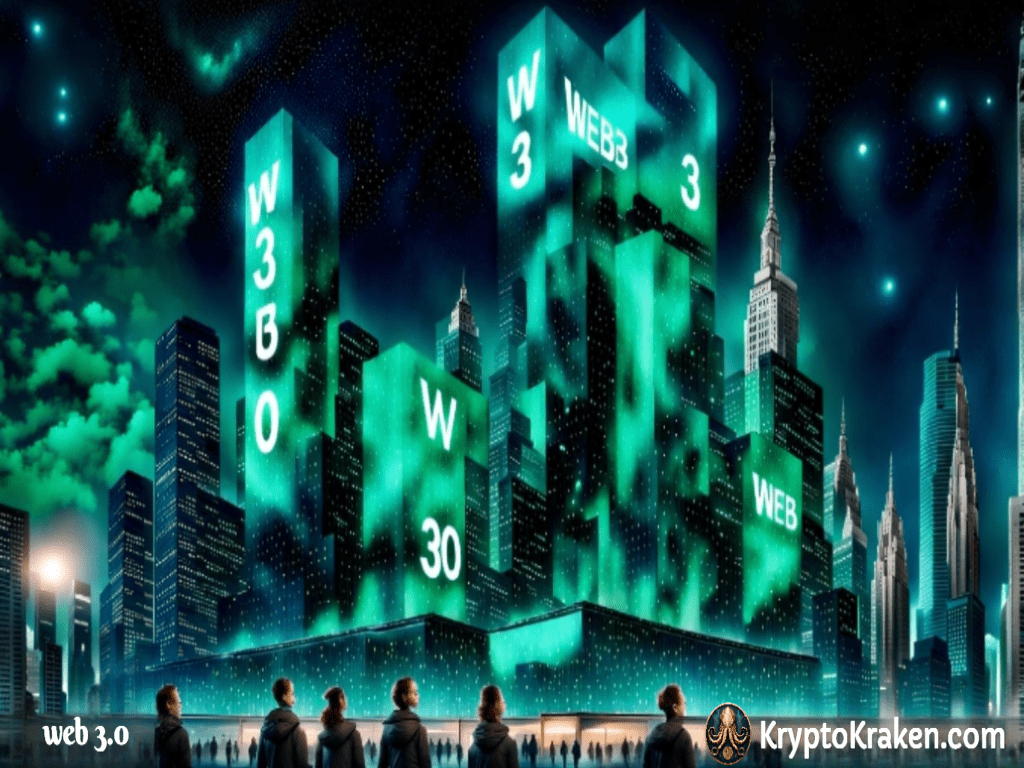
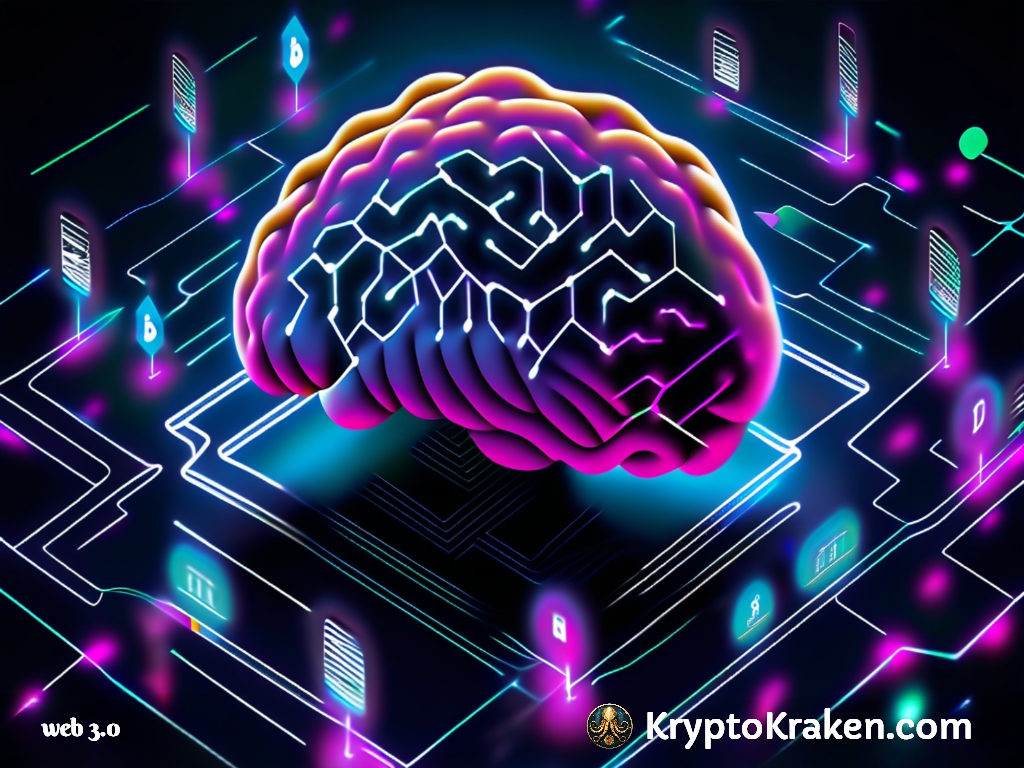
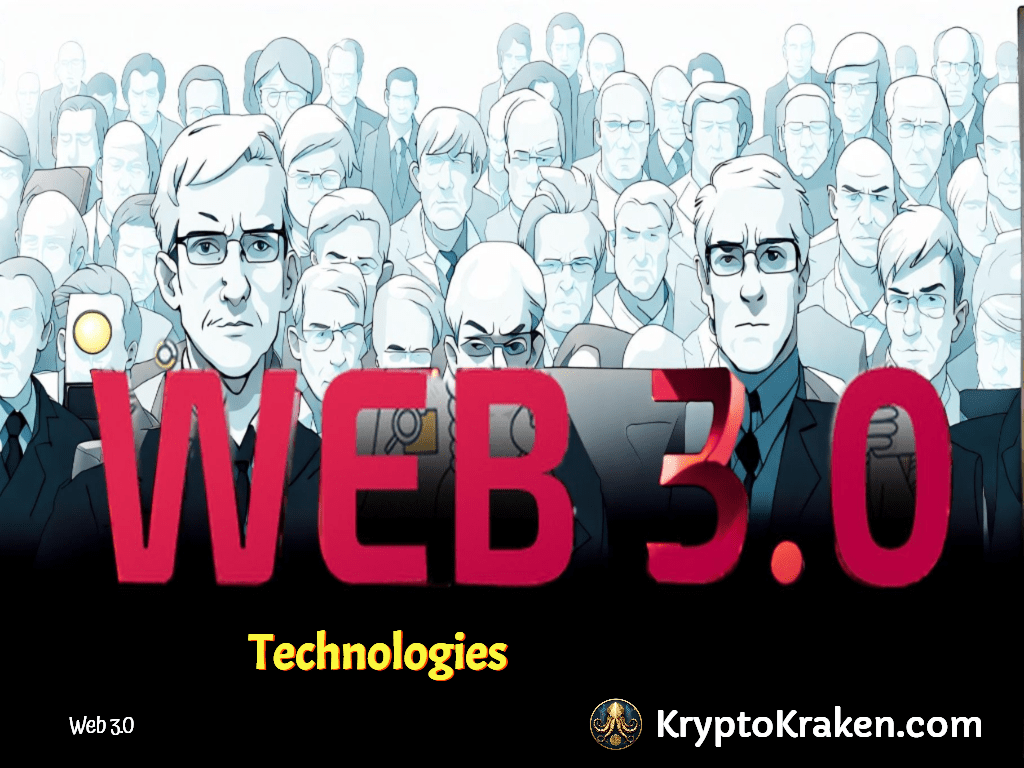

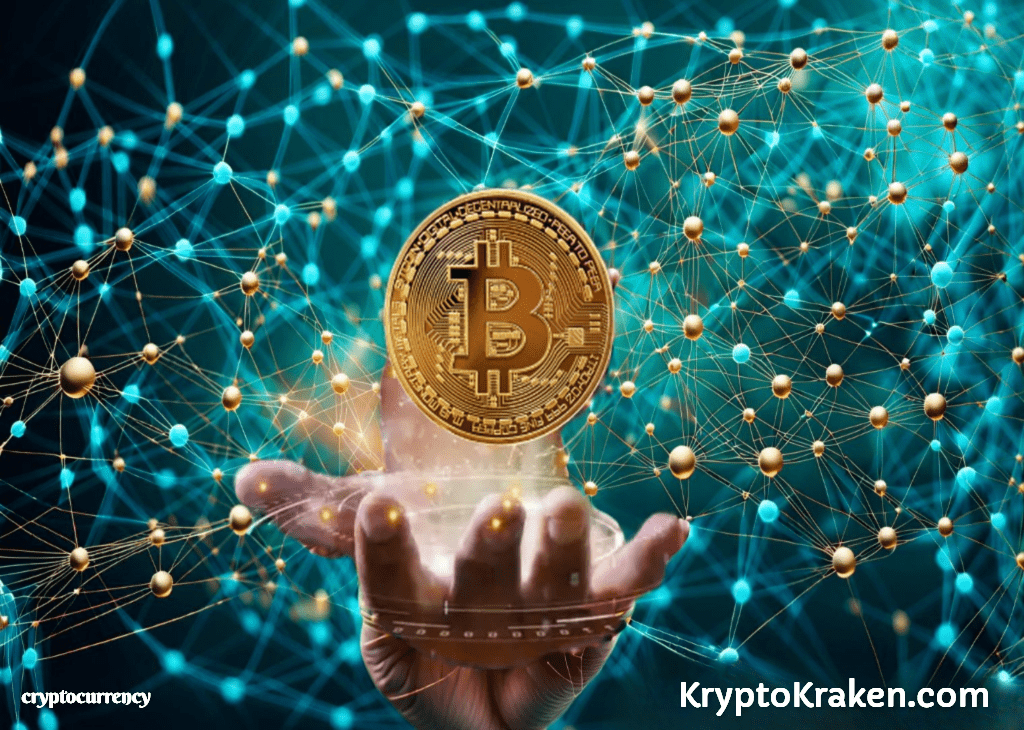
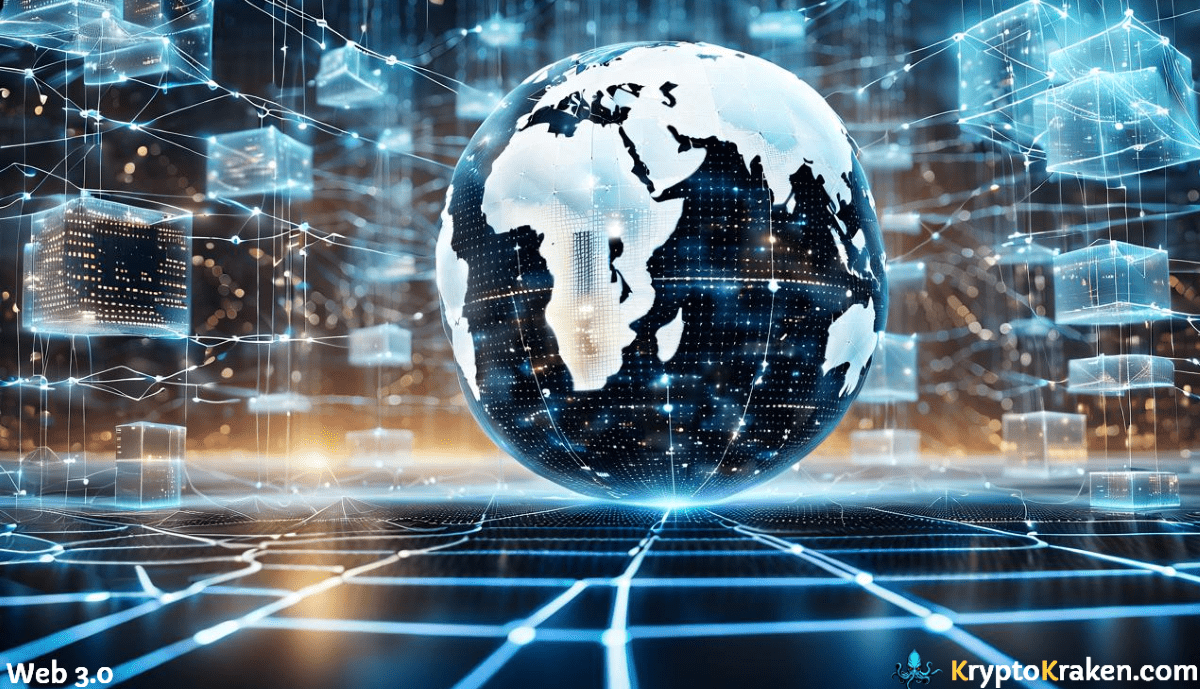

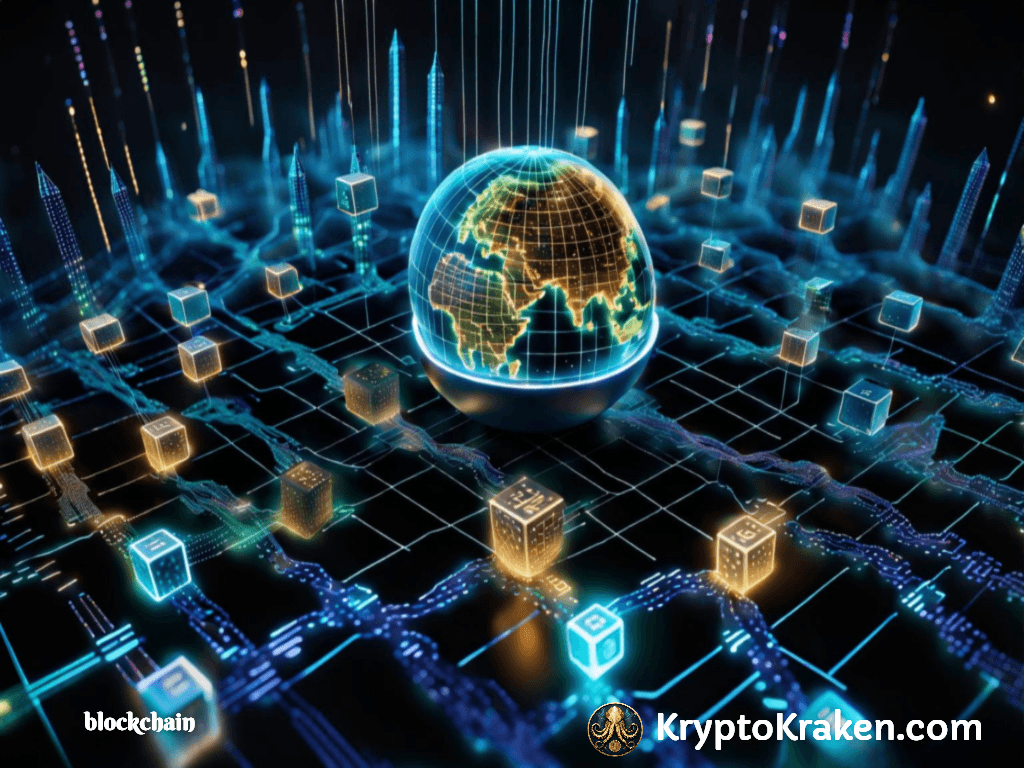


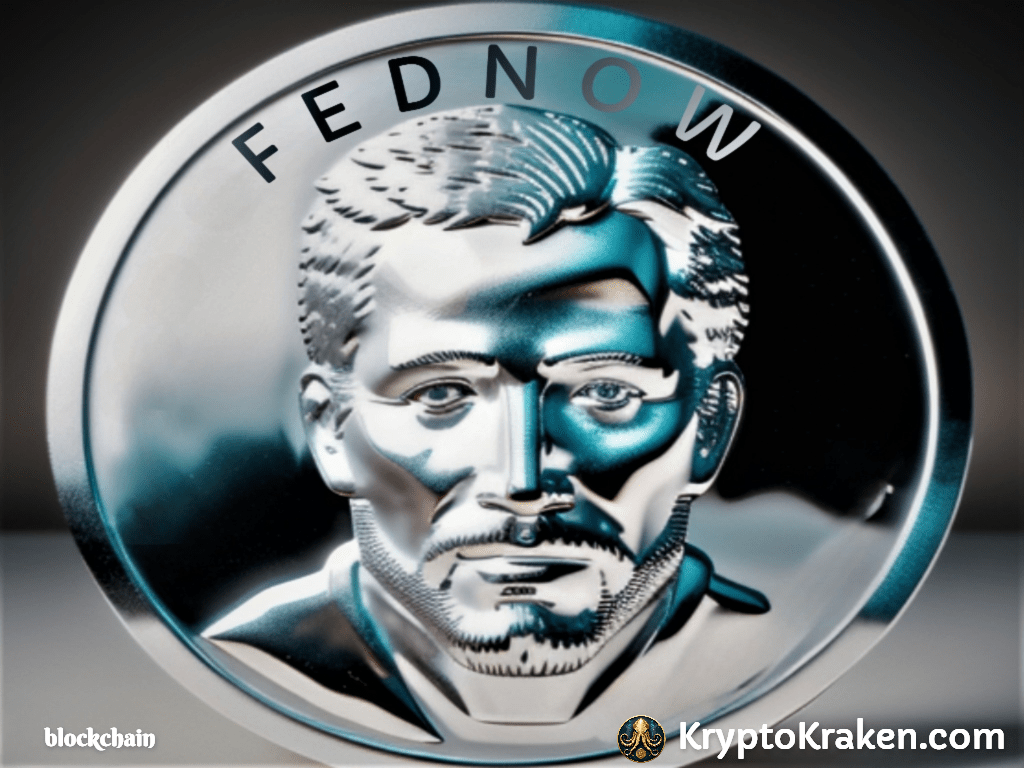


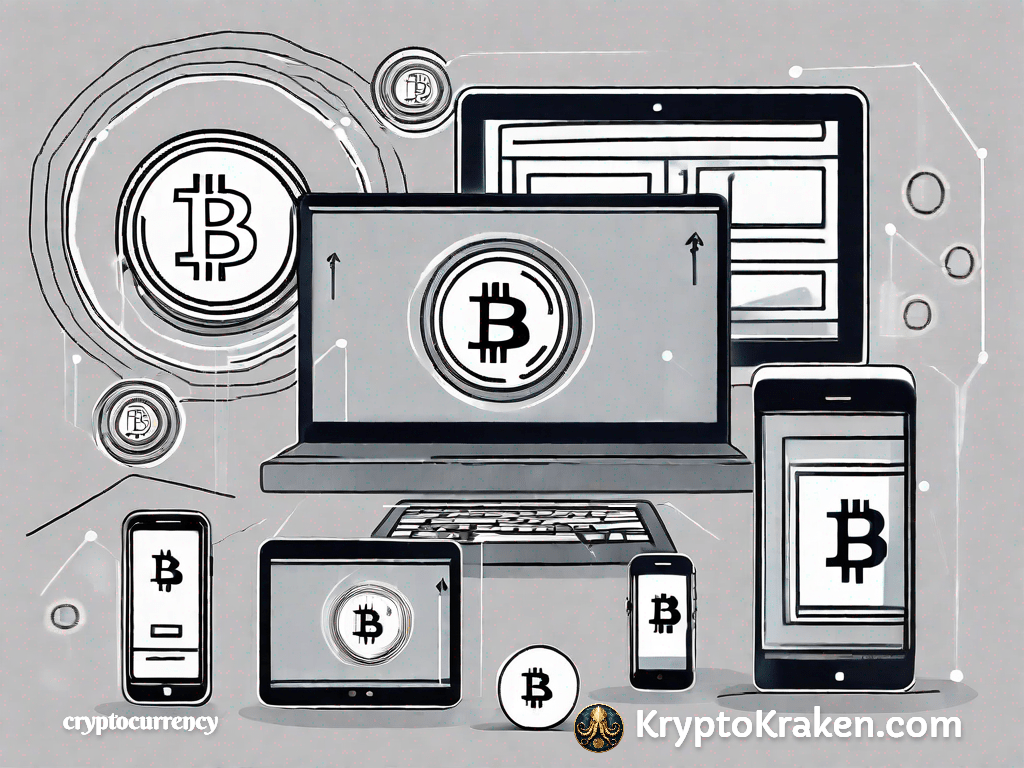

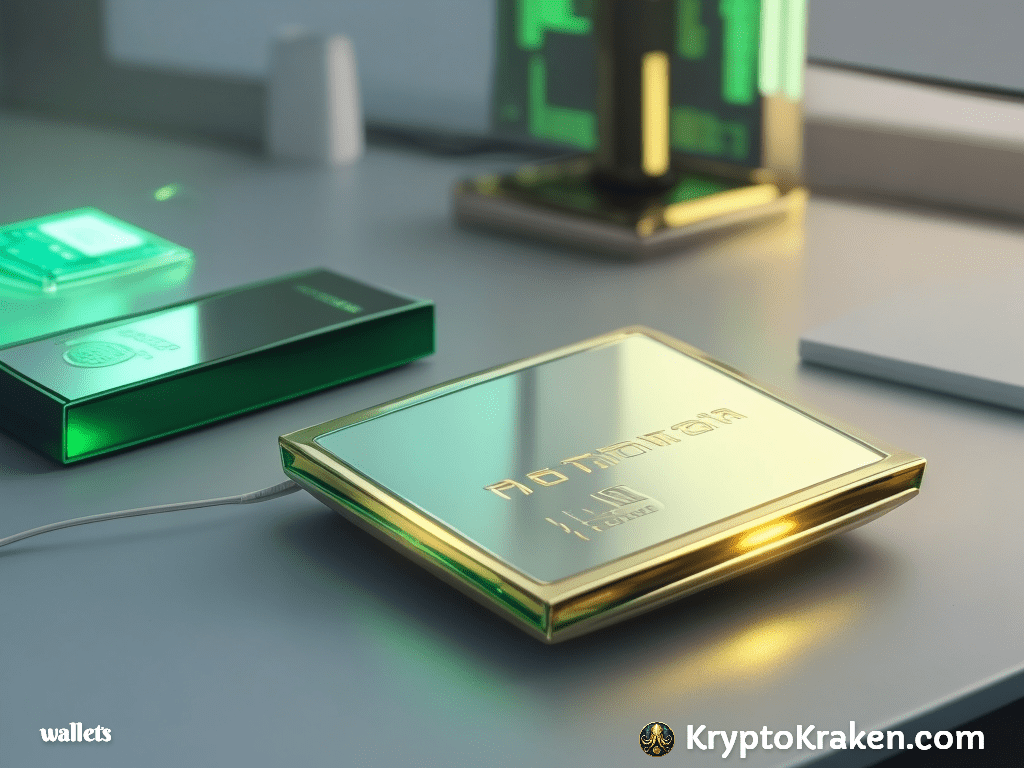


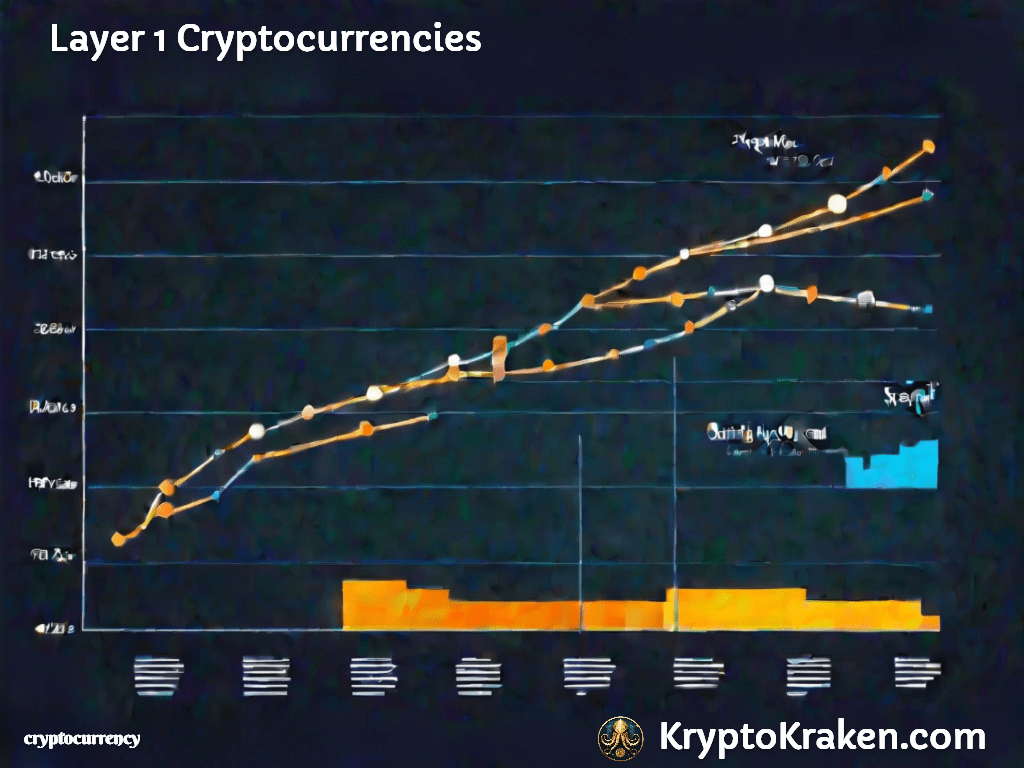


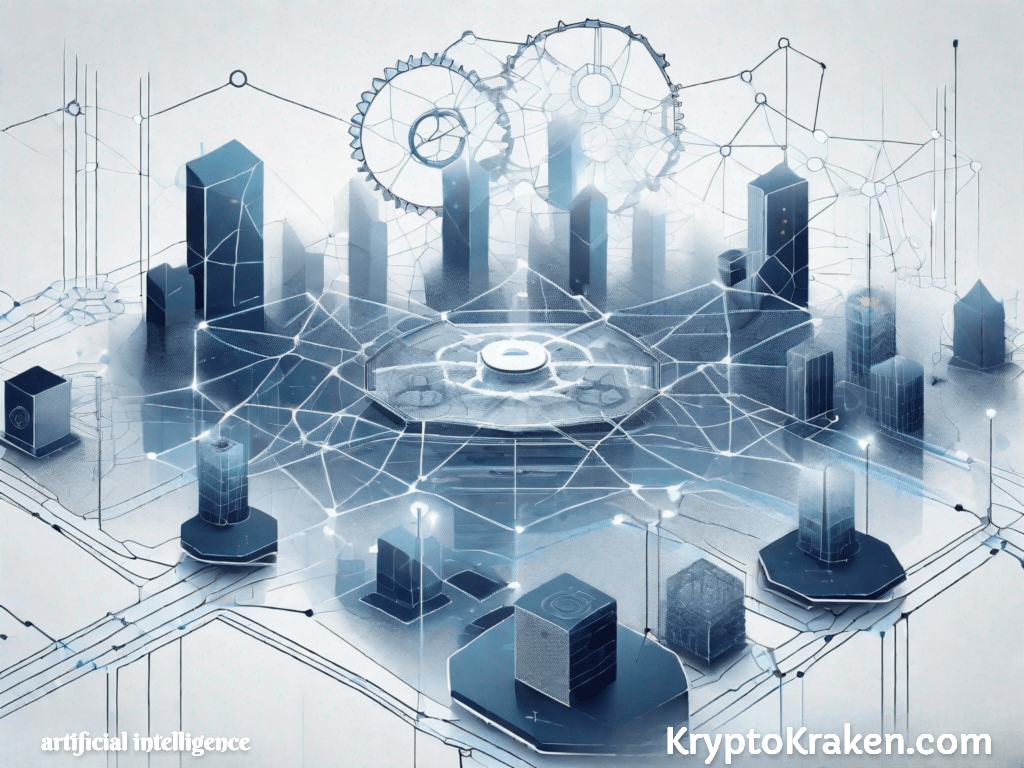

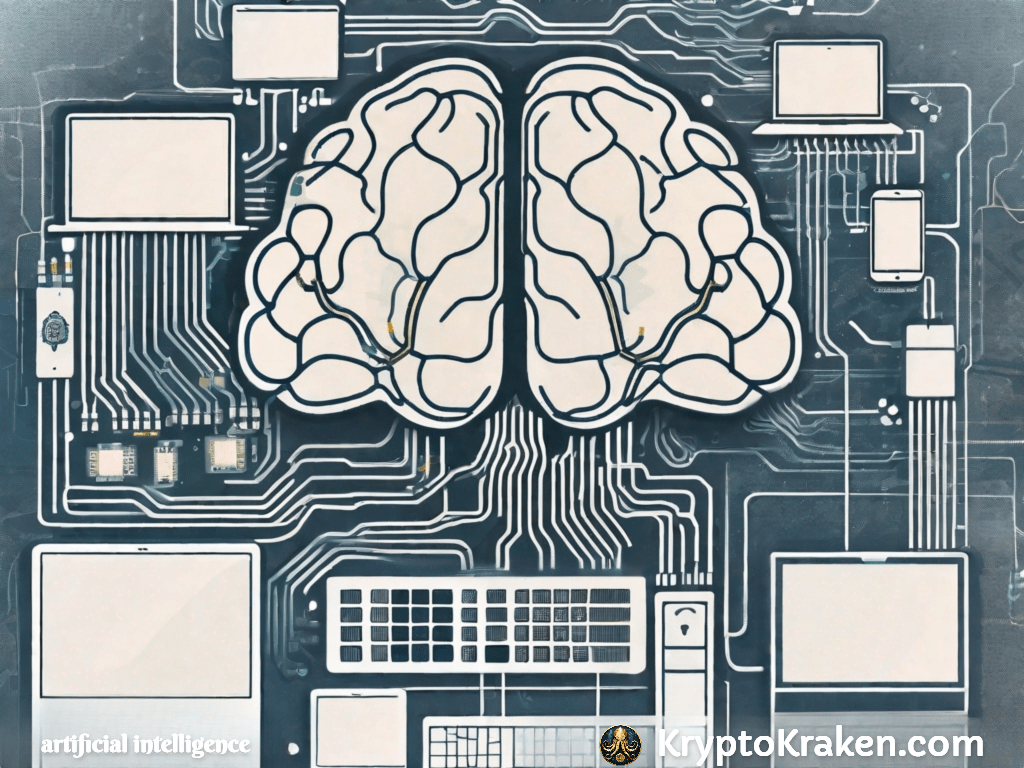
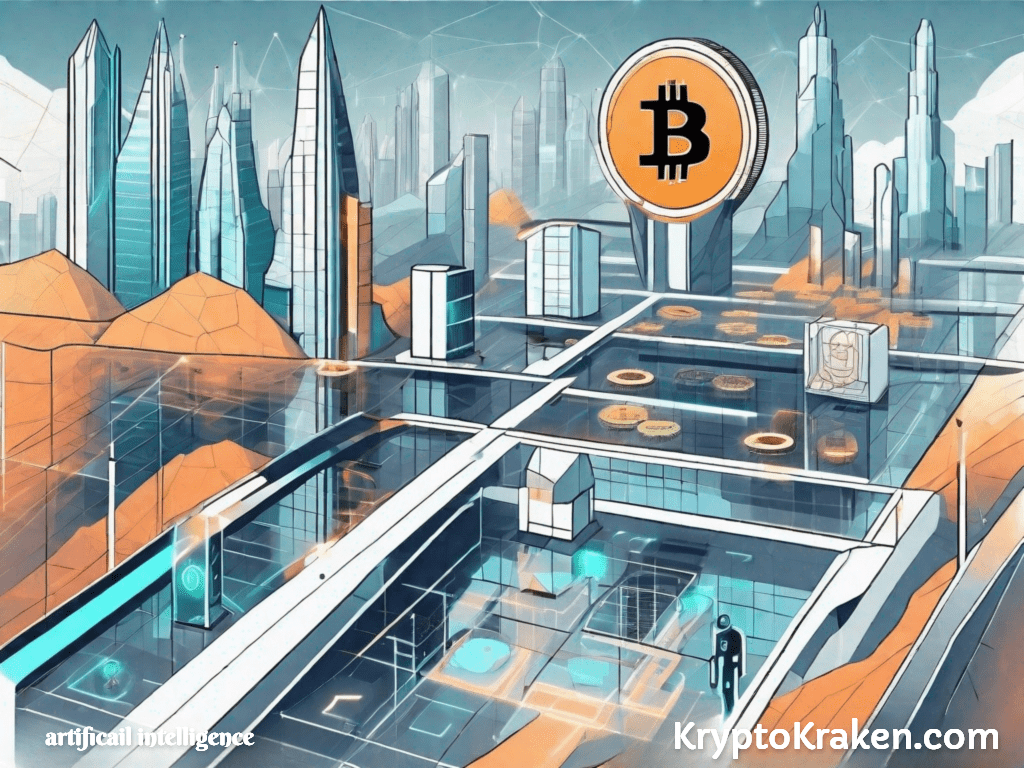
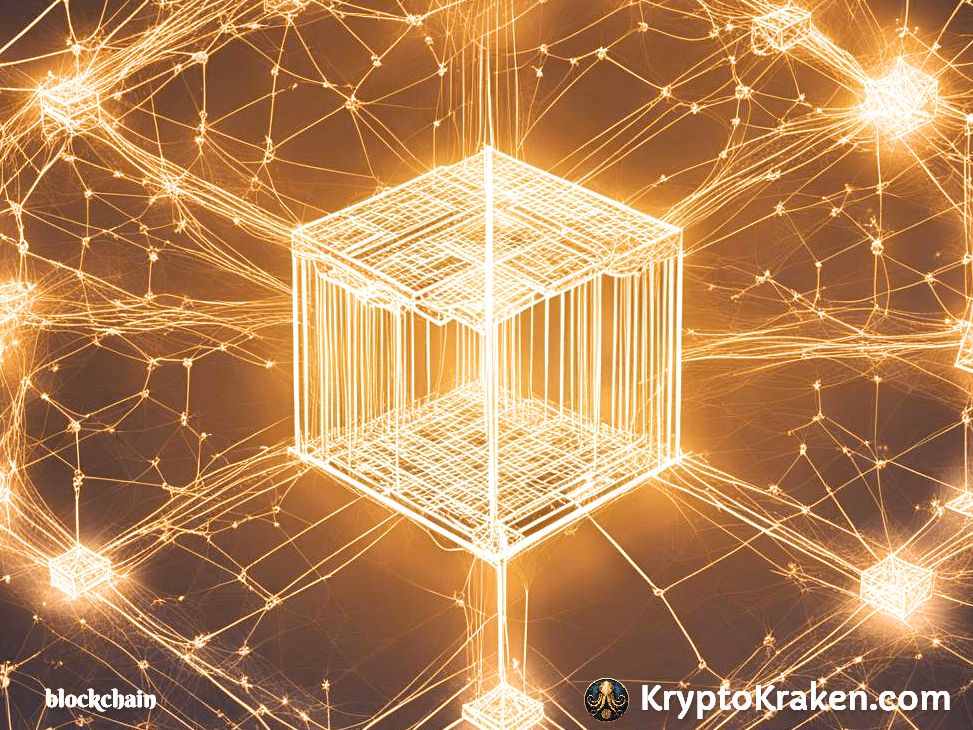
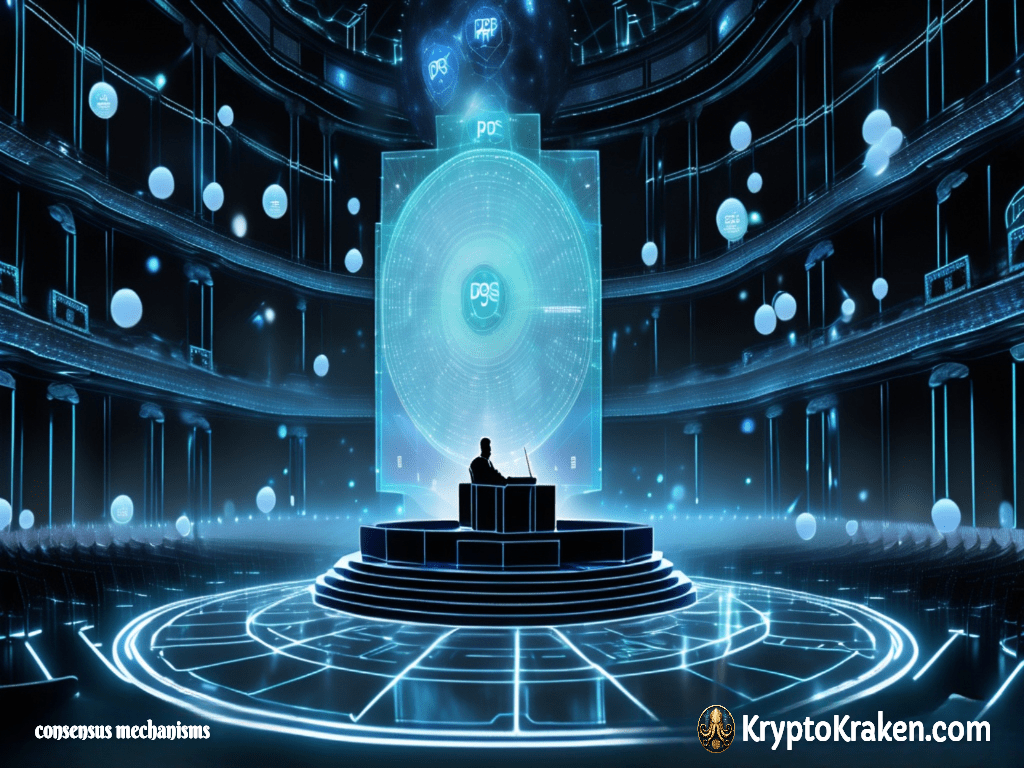
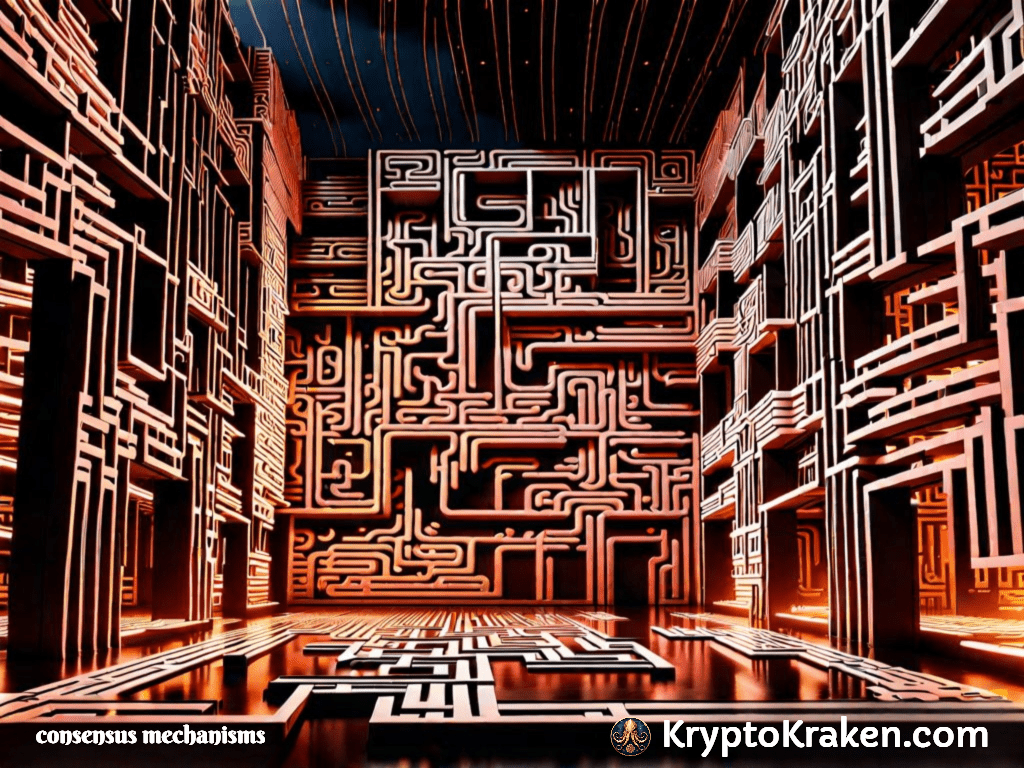
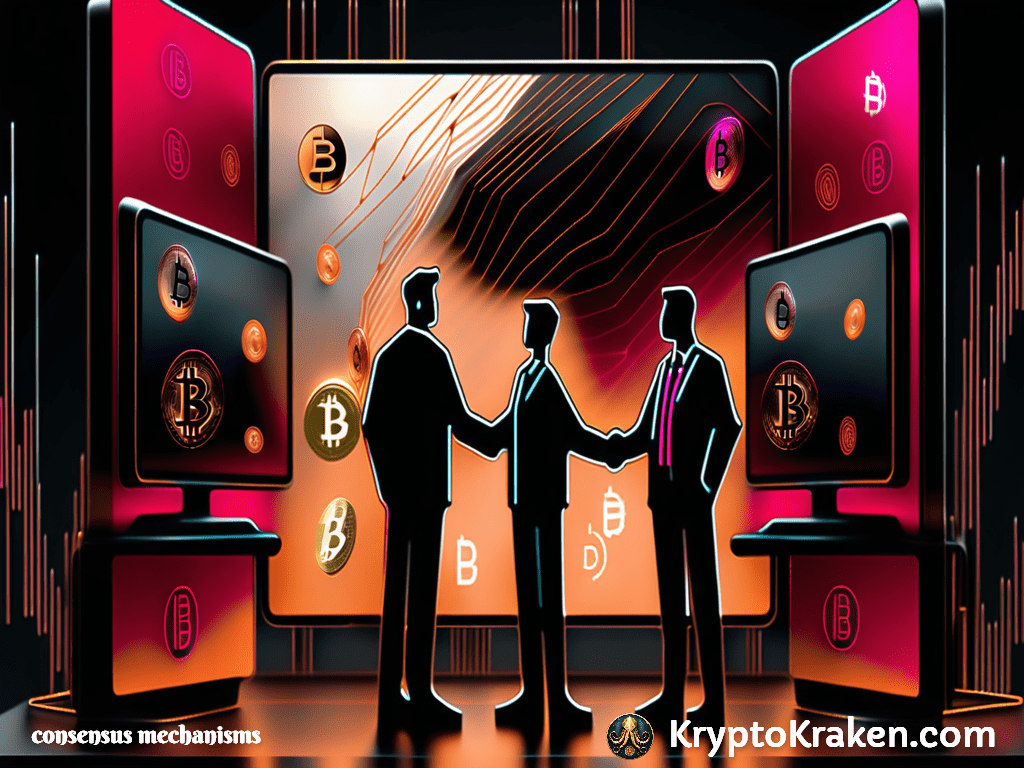
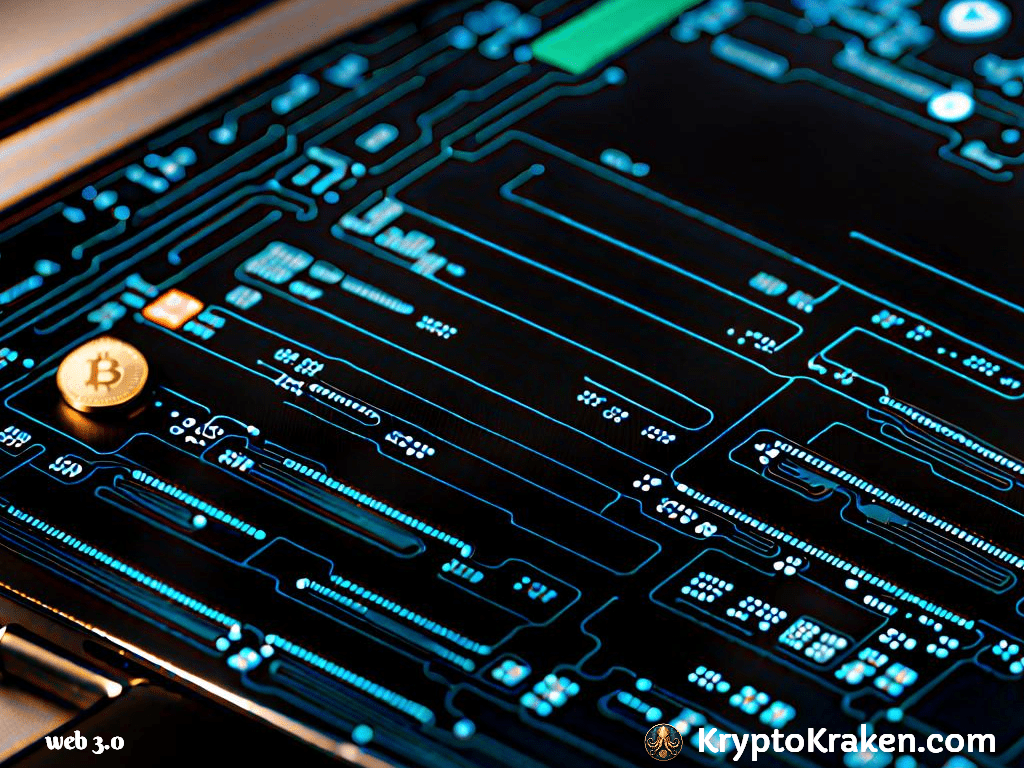
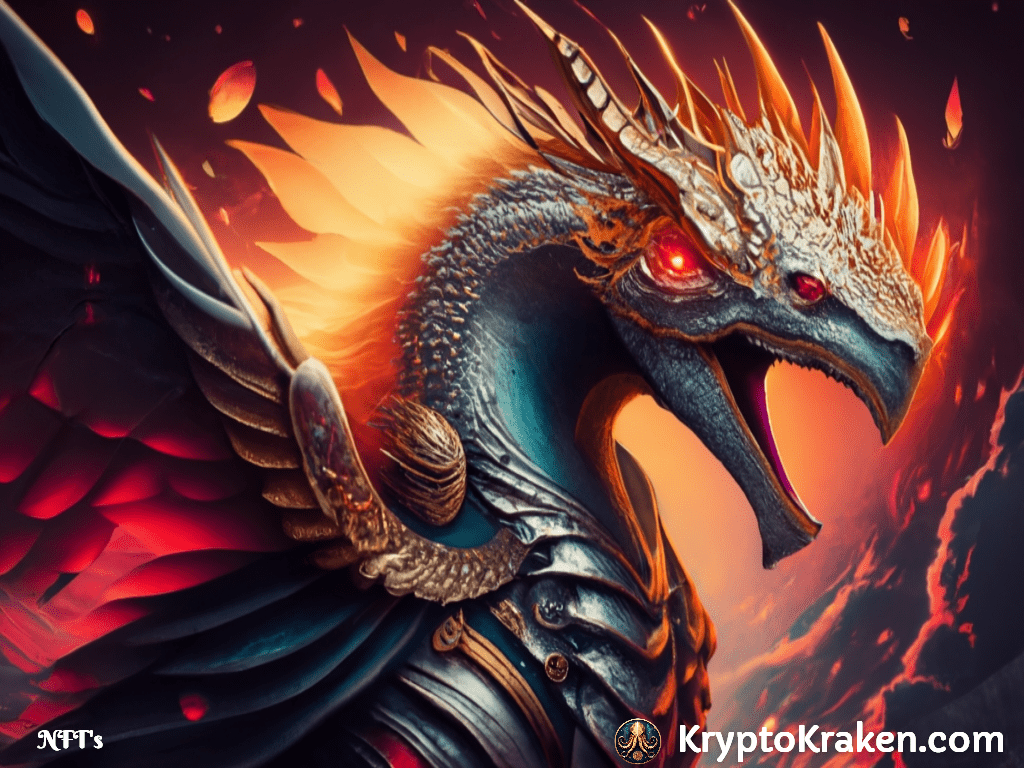
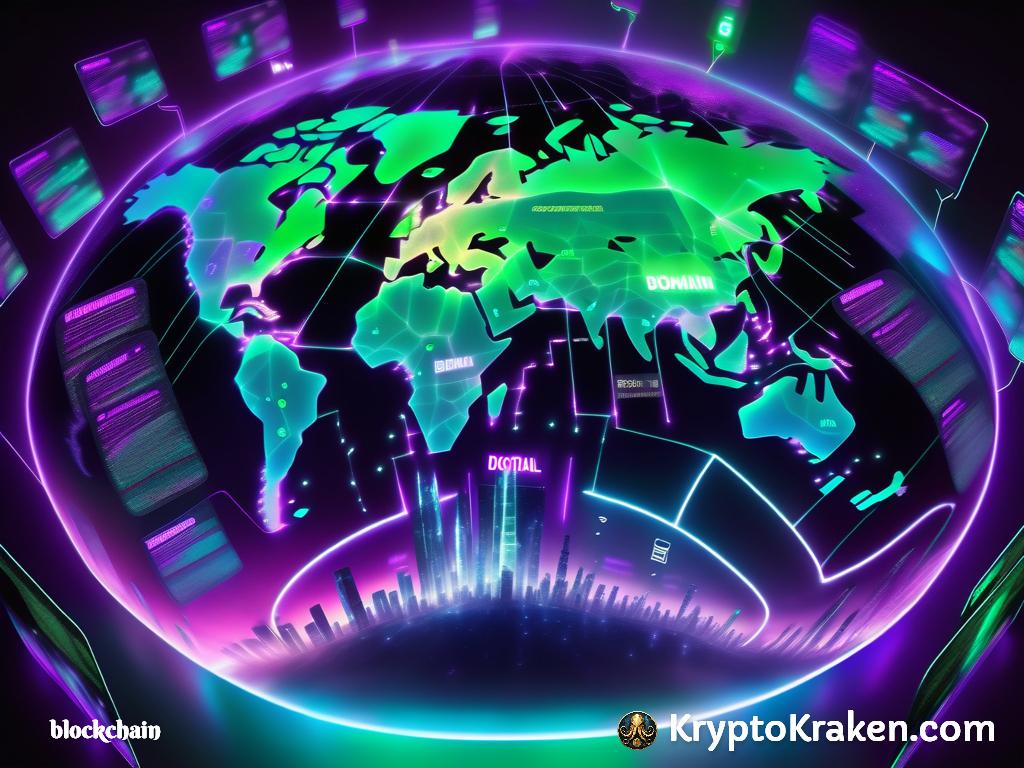
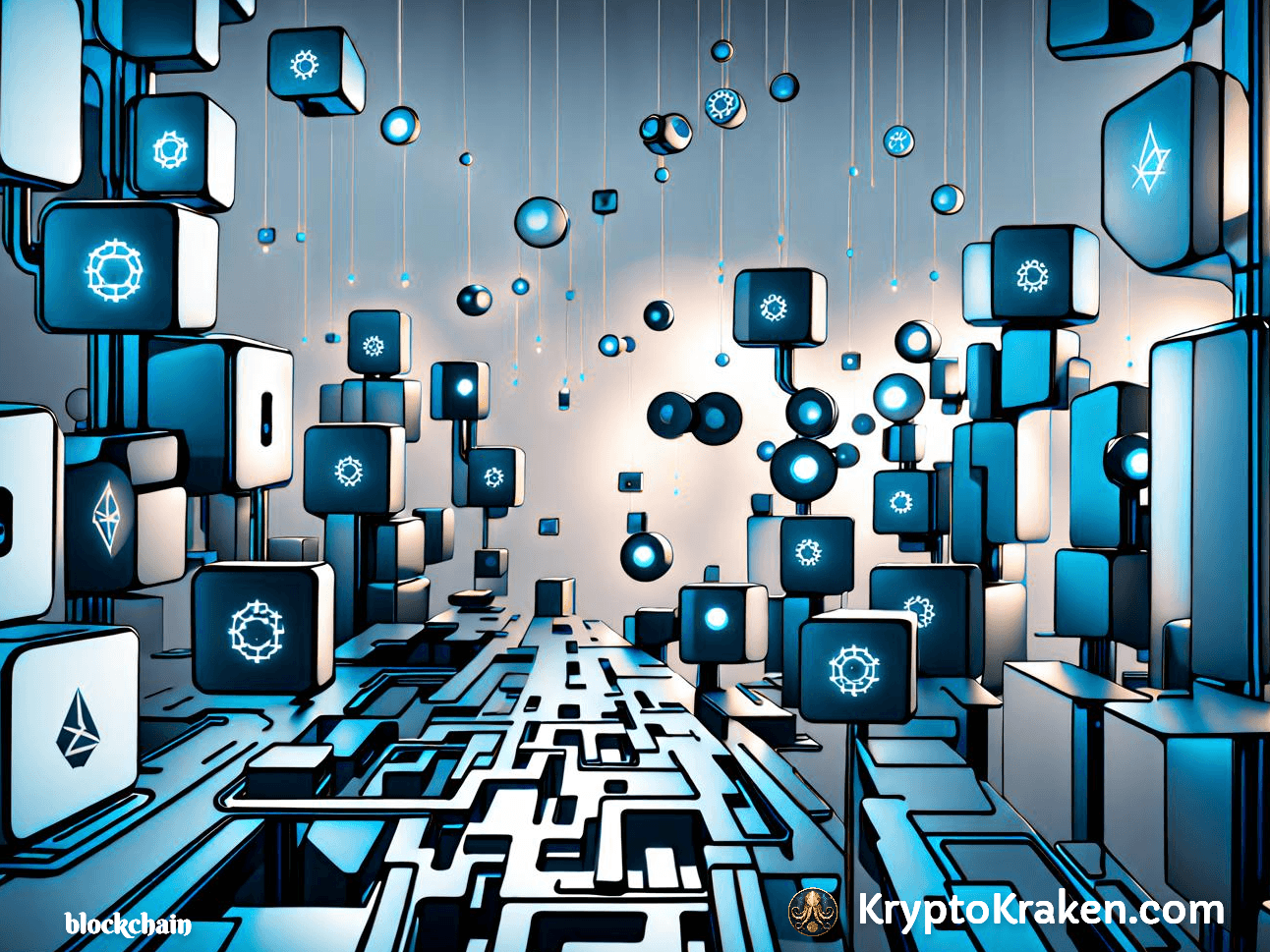


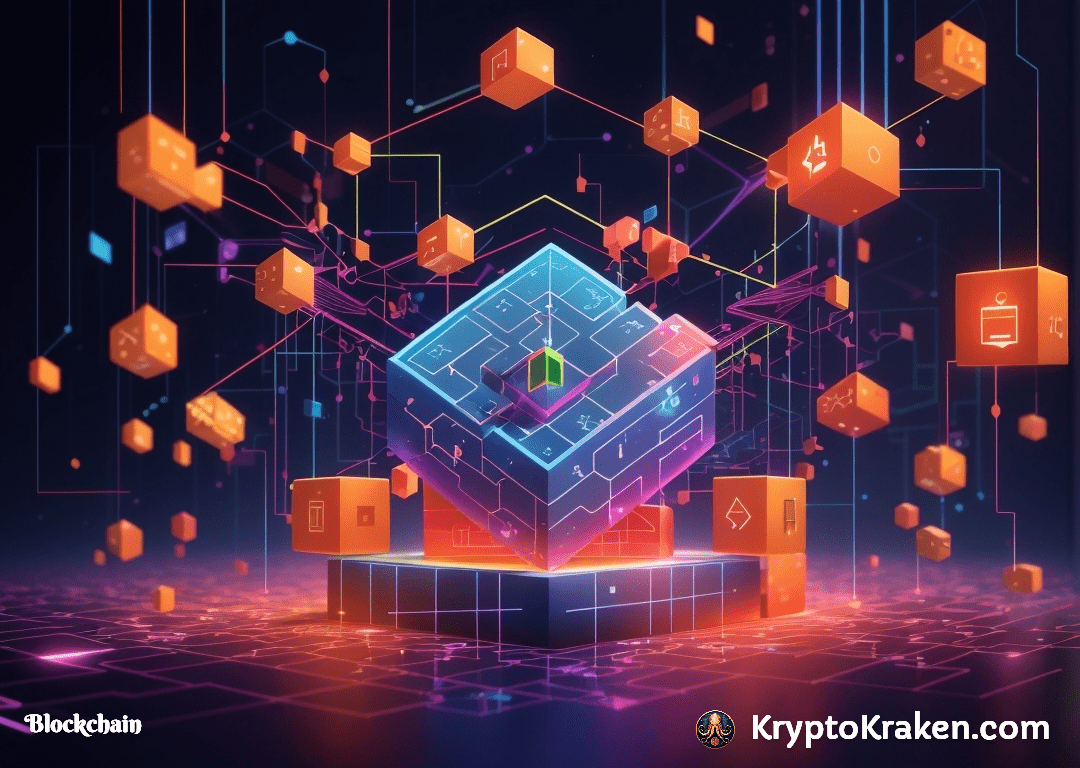
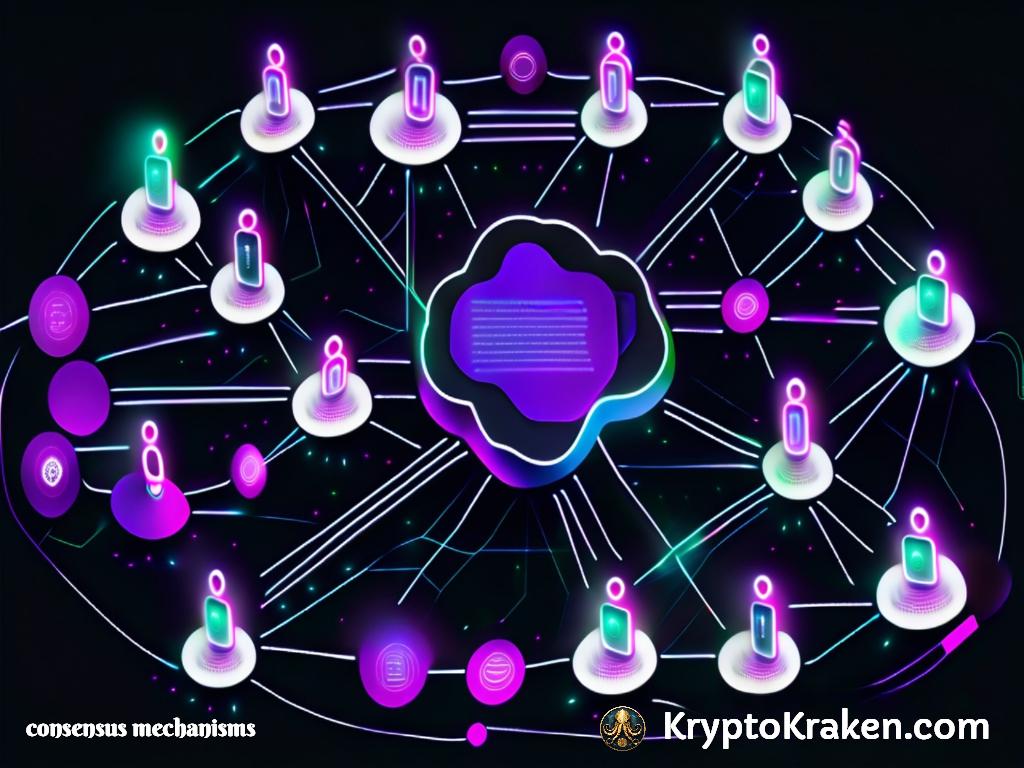
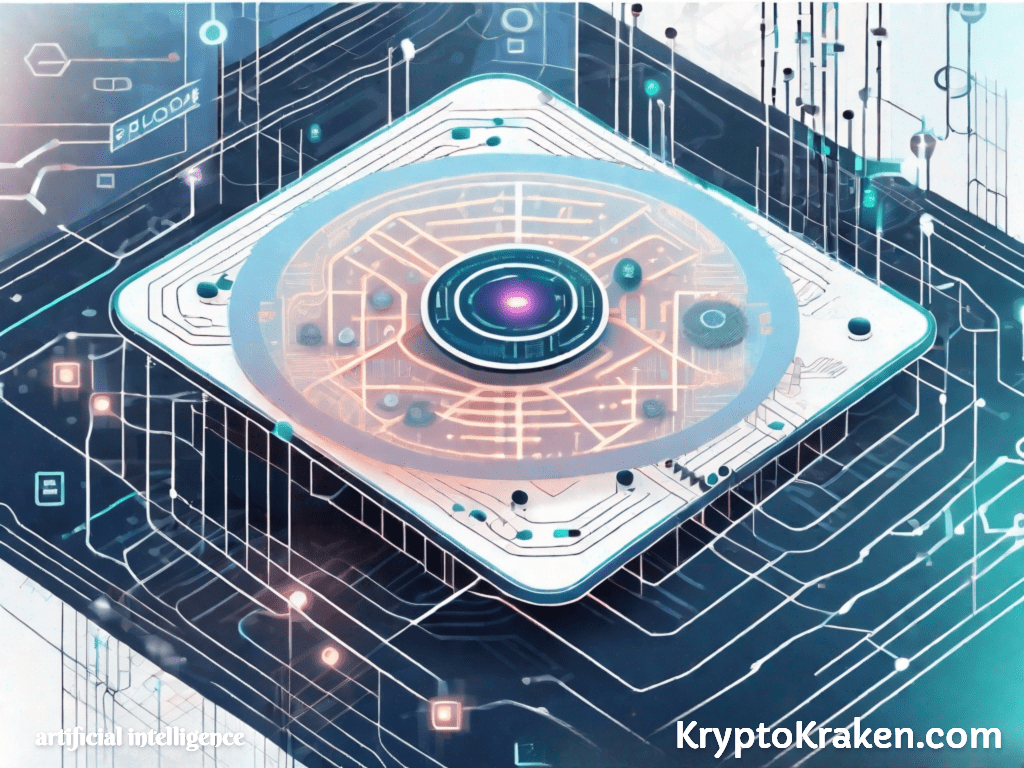
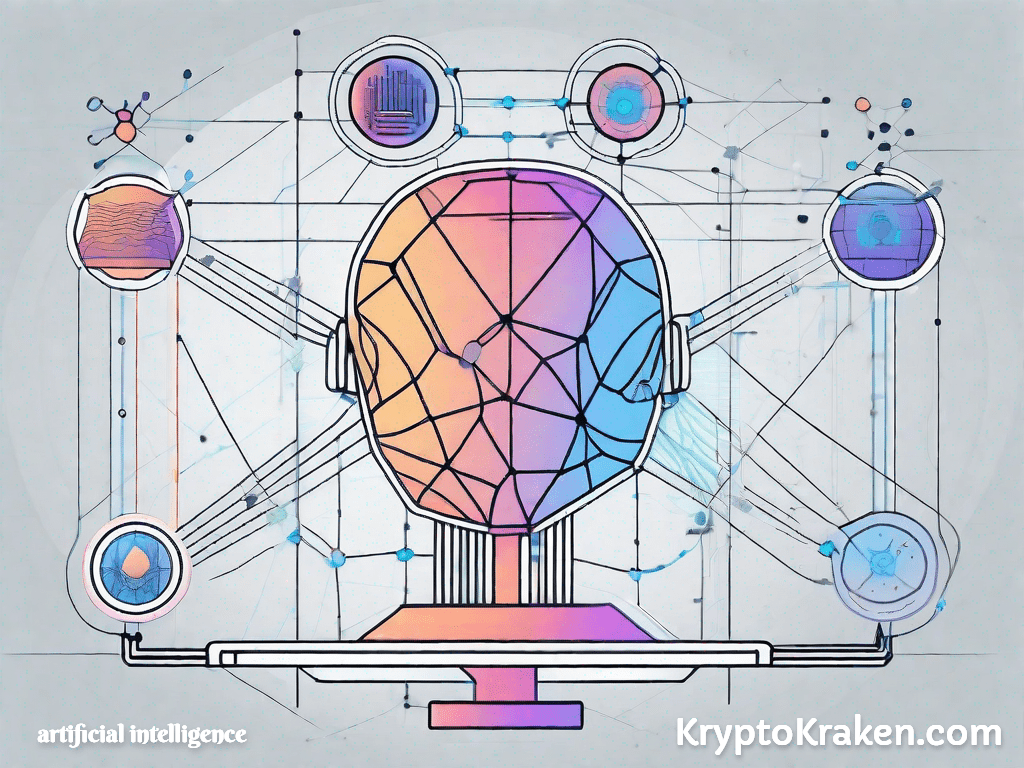
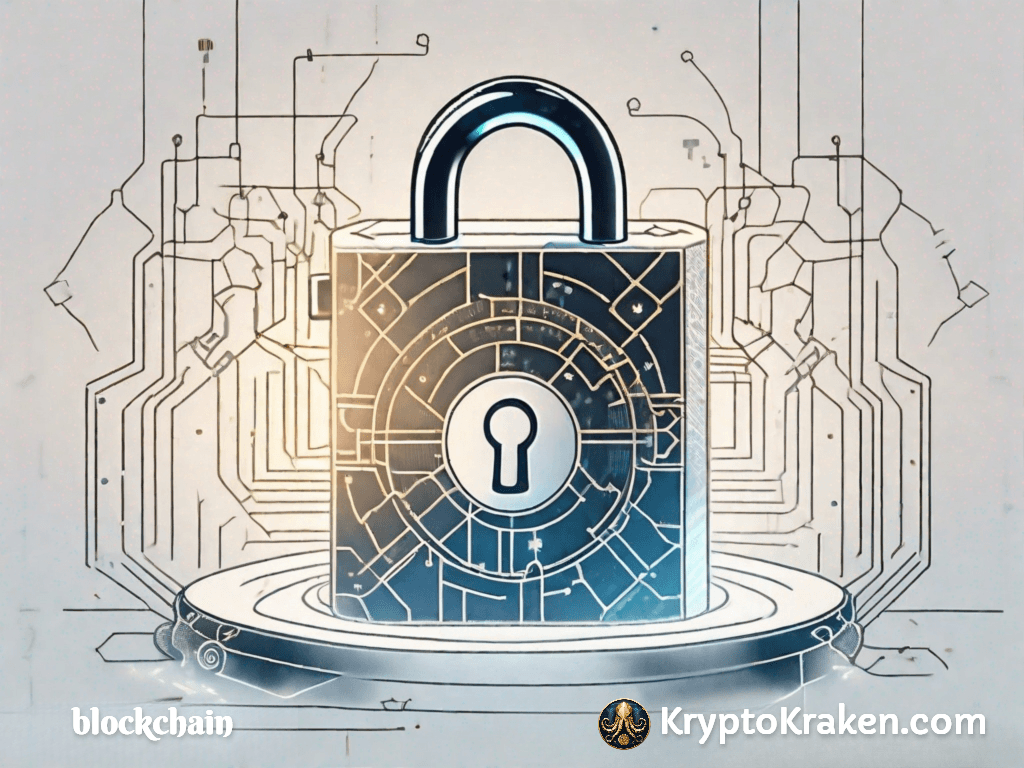

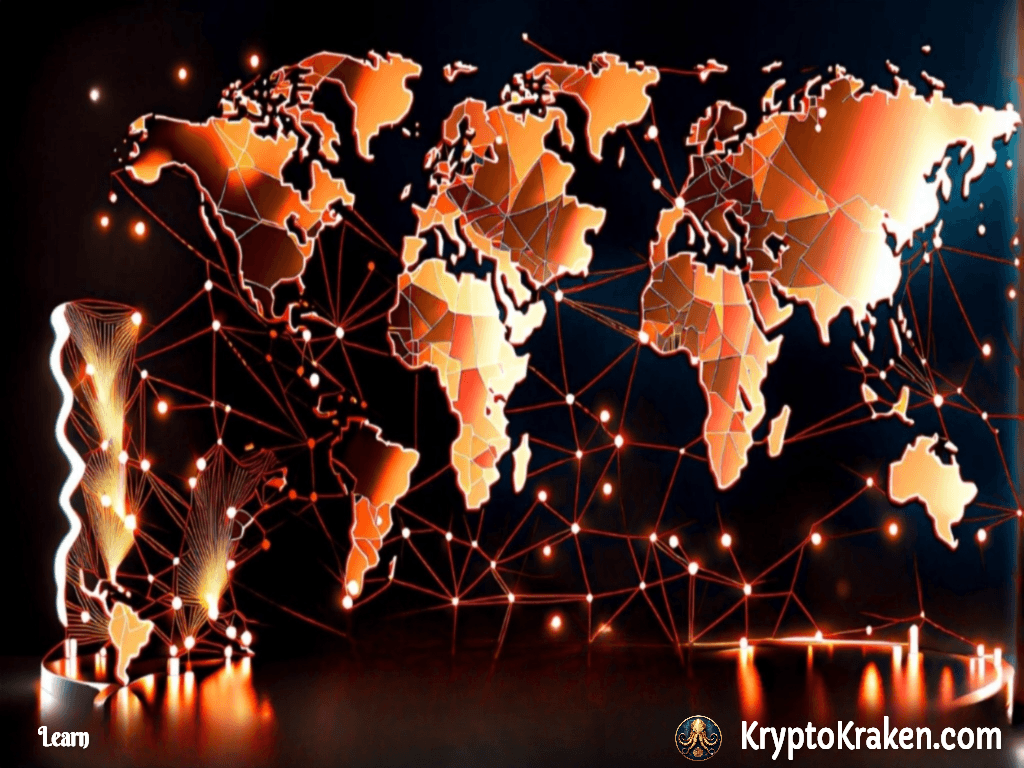
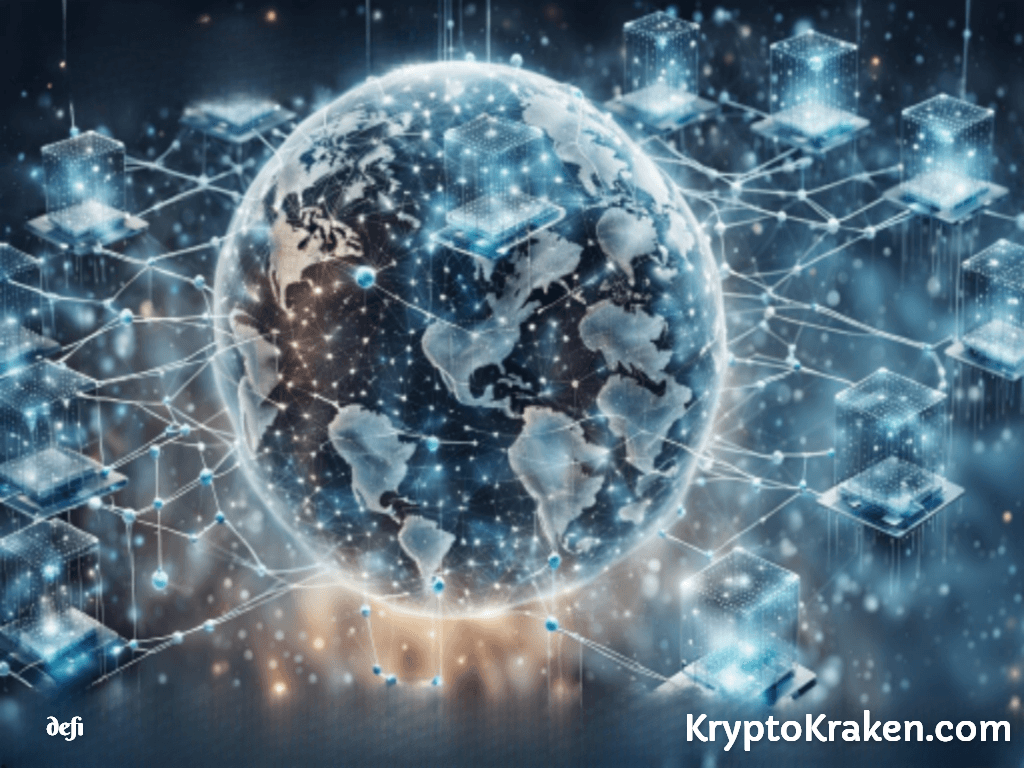
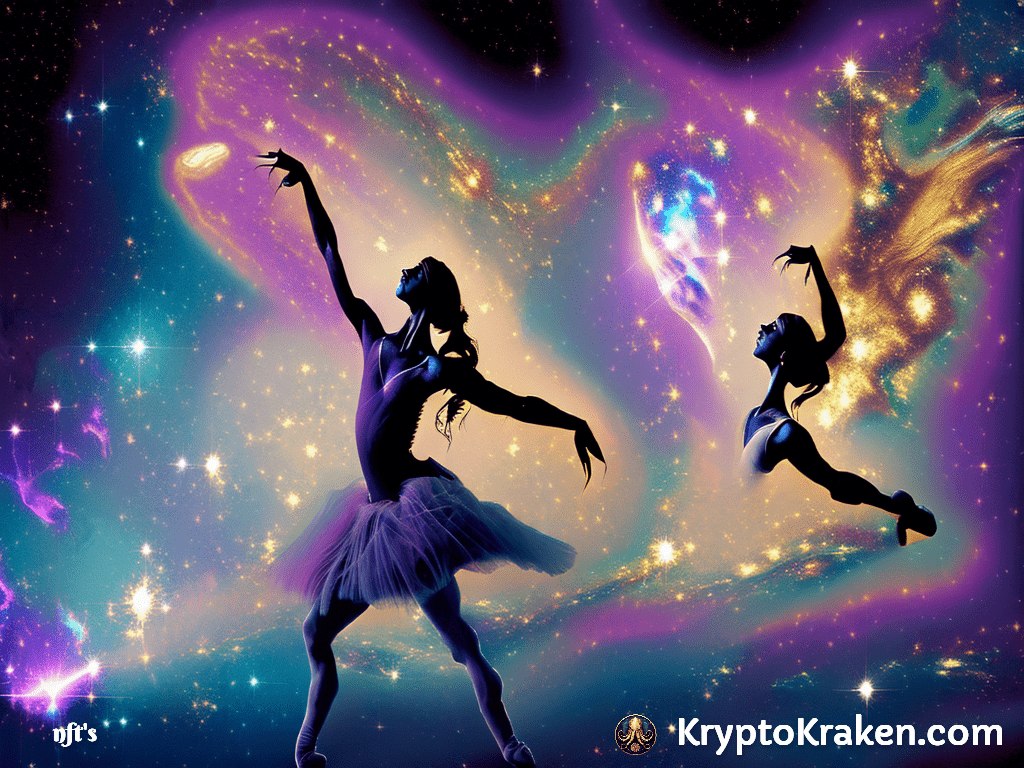
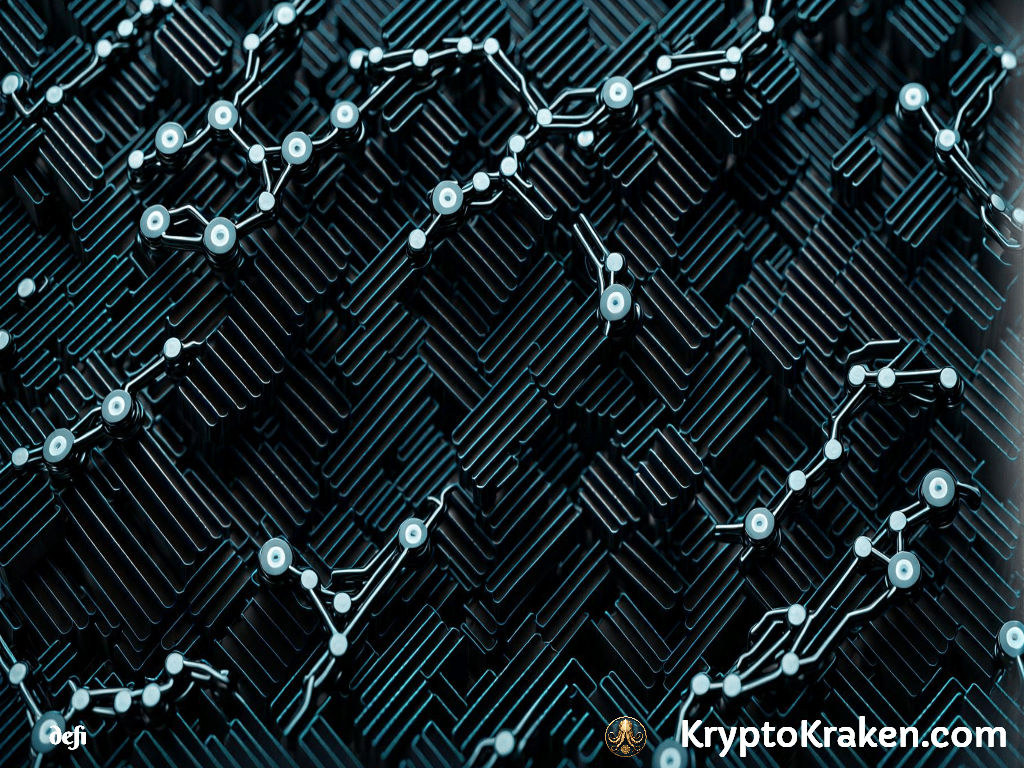
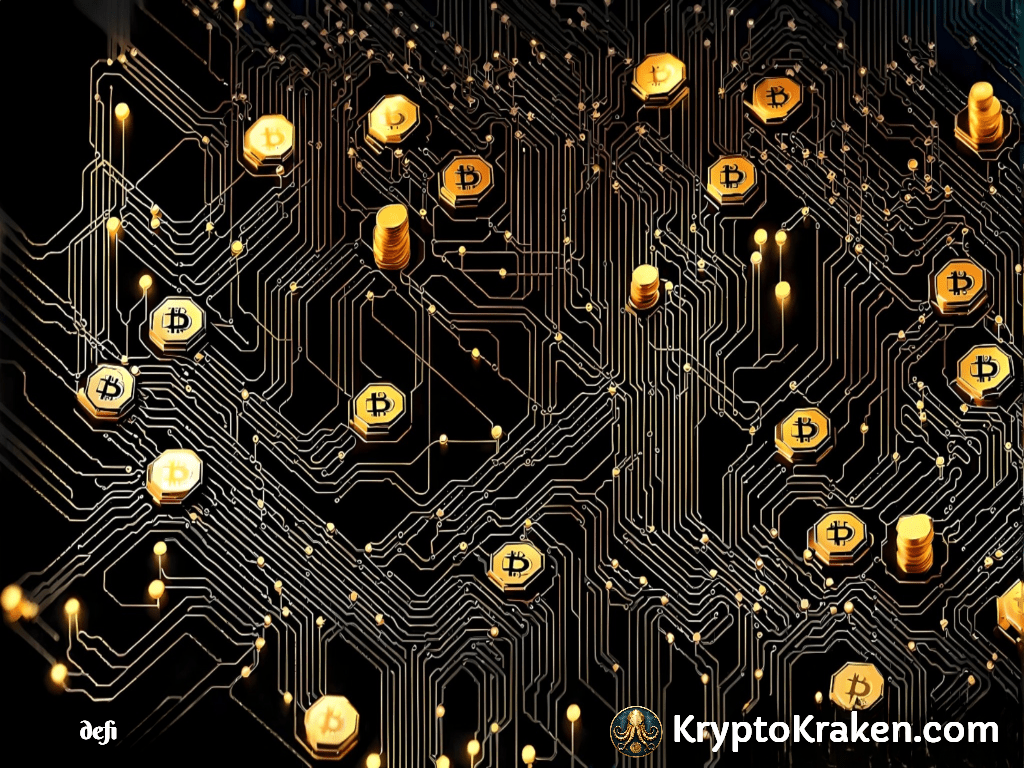

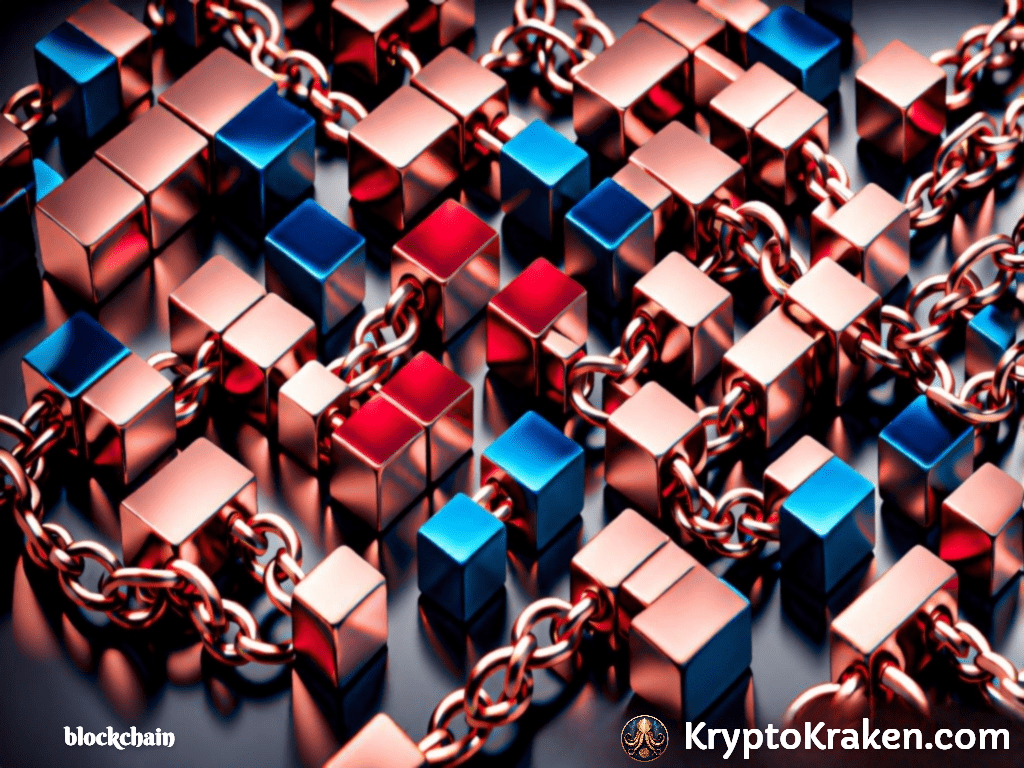



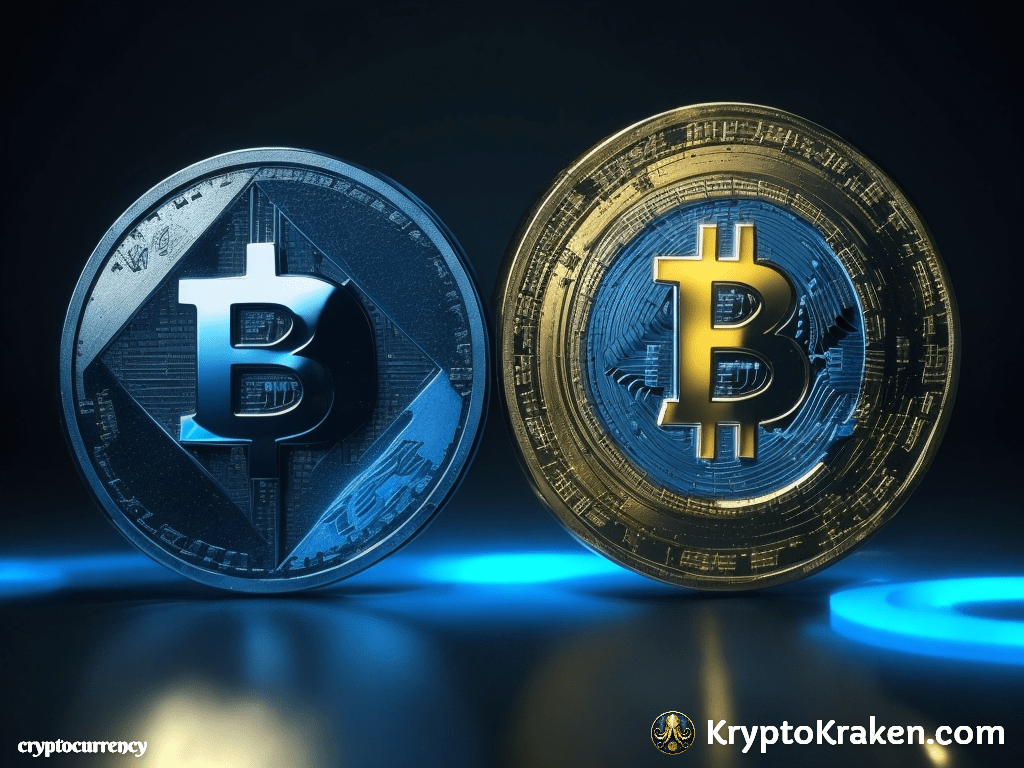
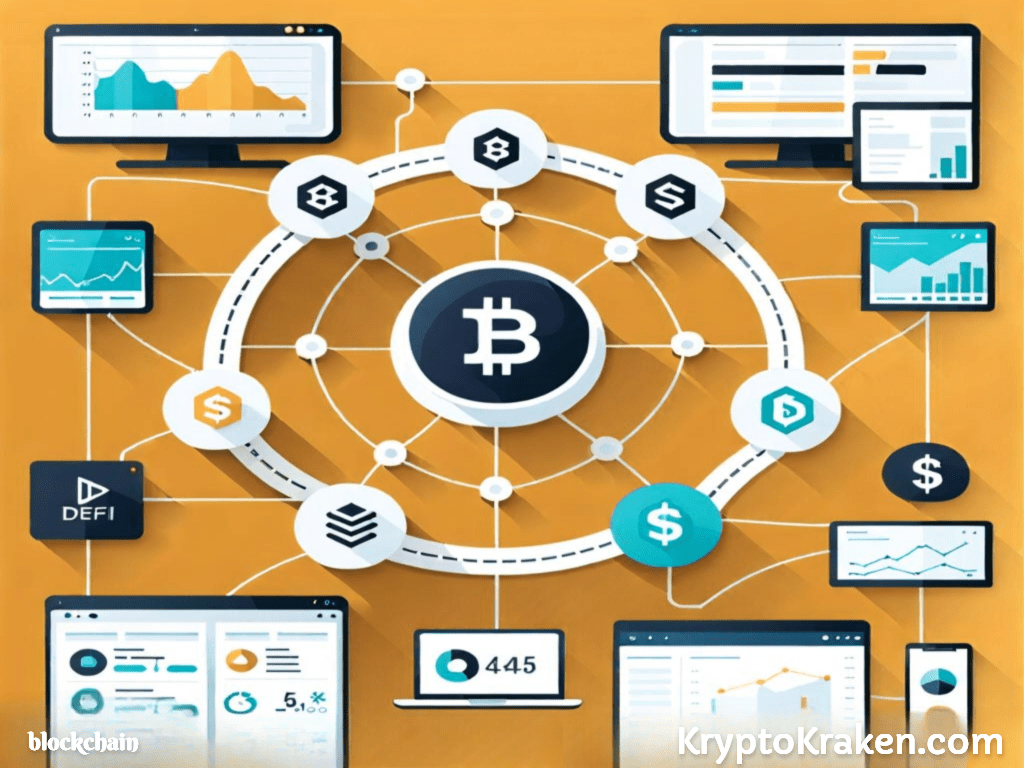

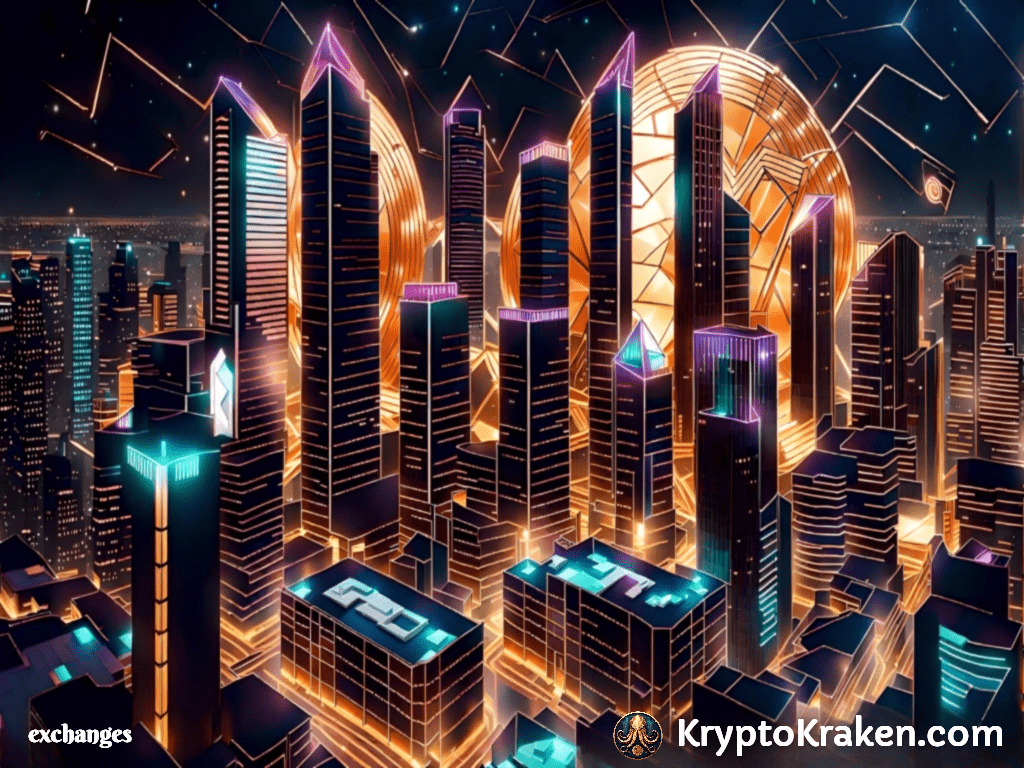
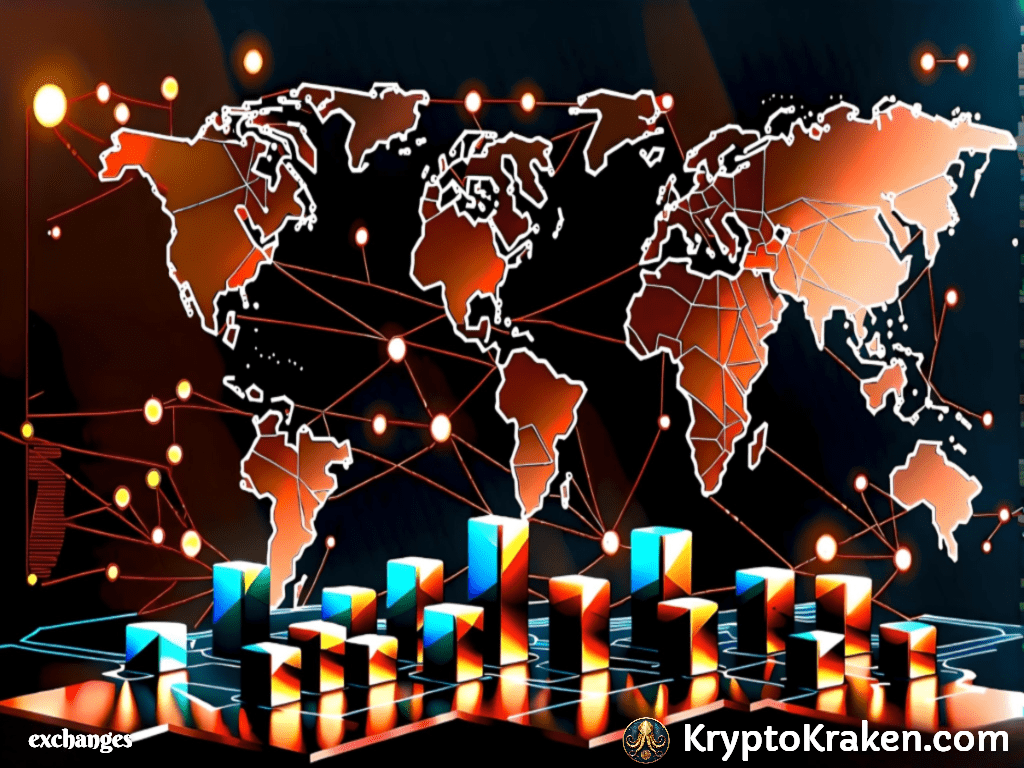

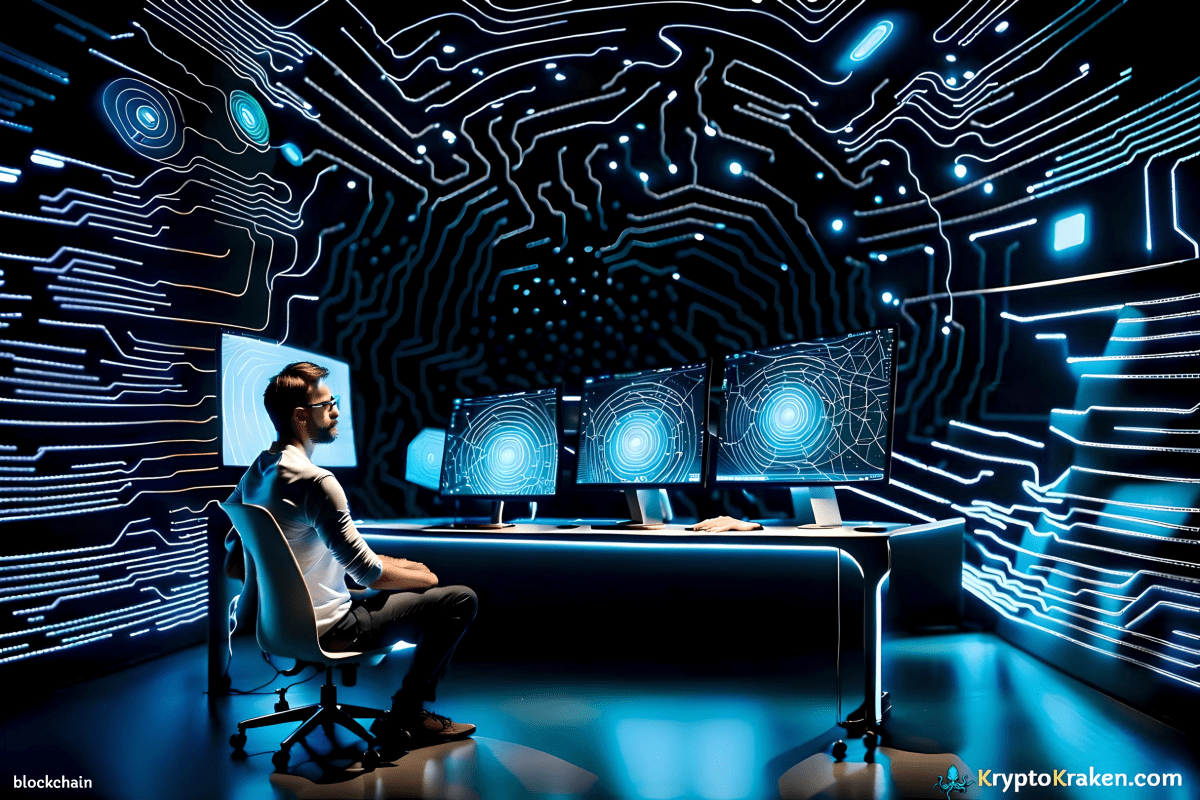
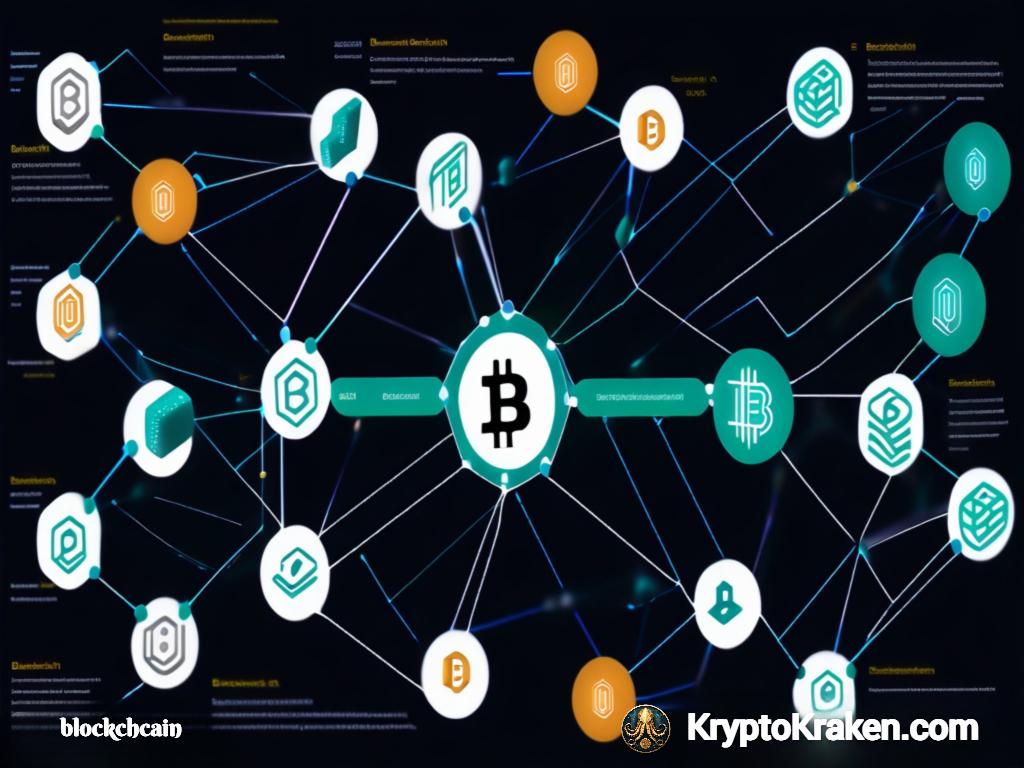
3 comments on “10 Things You Need to Know About Web 3.0”